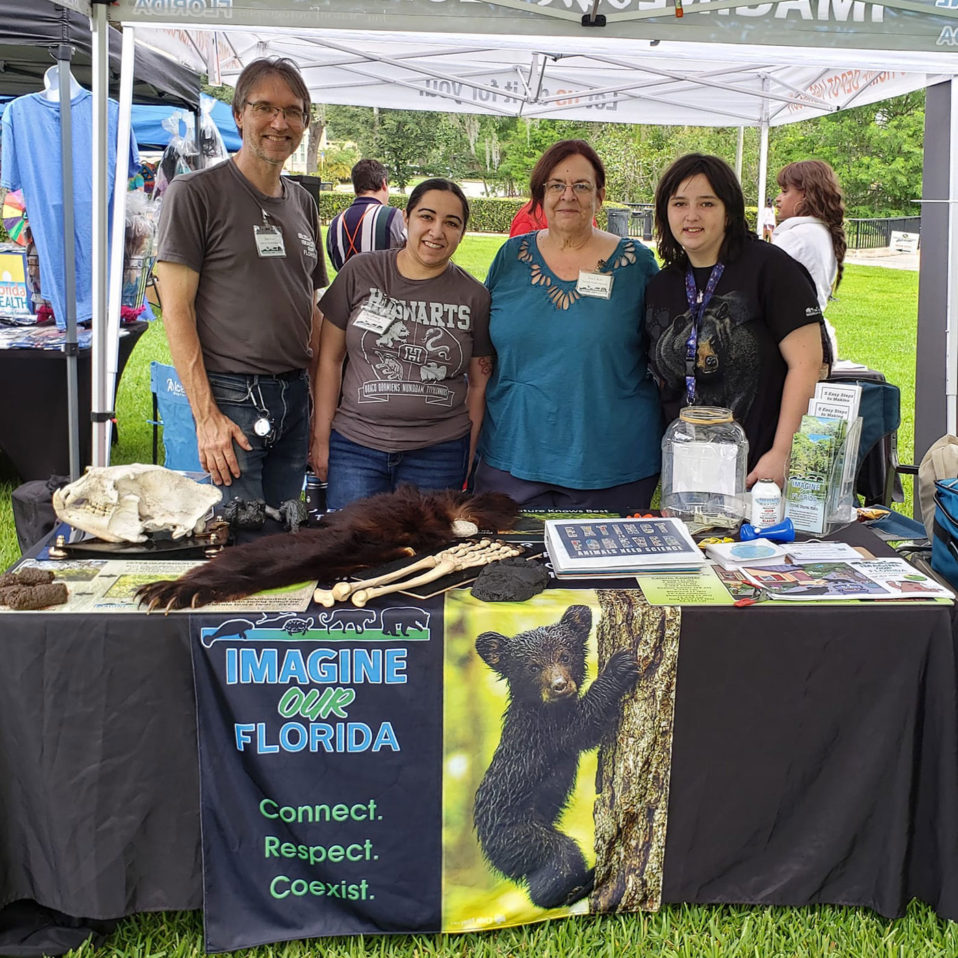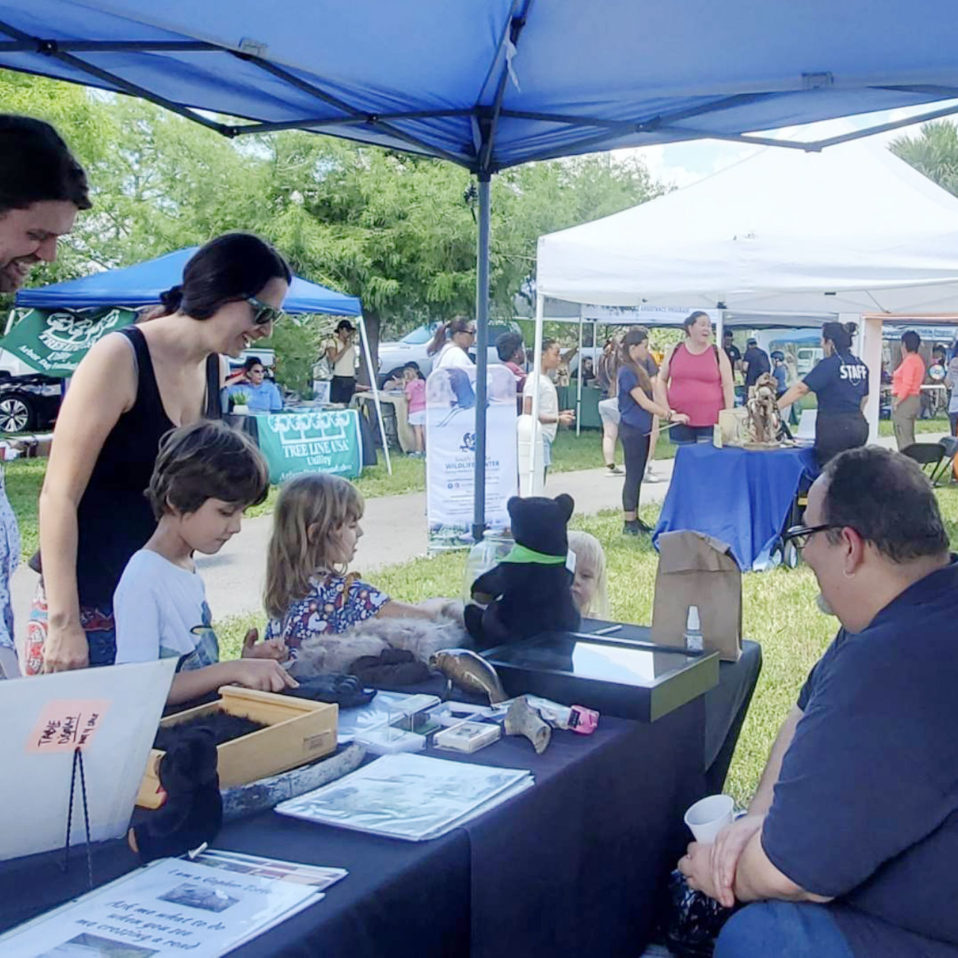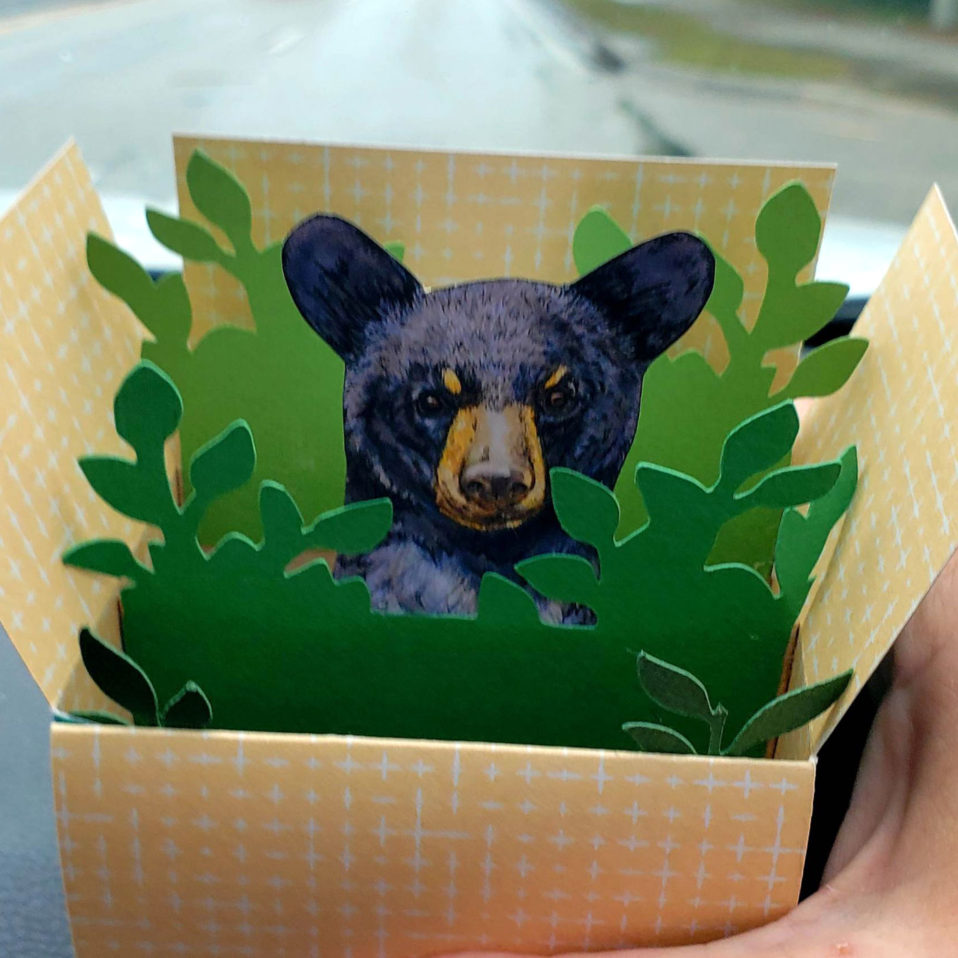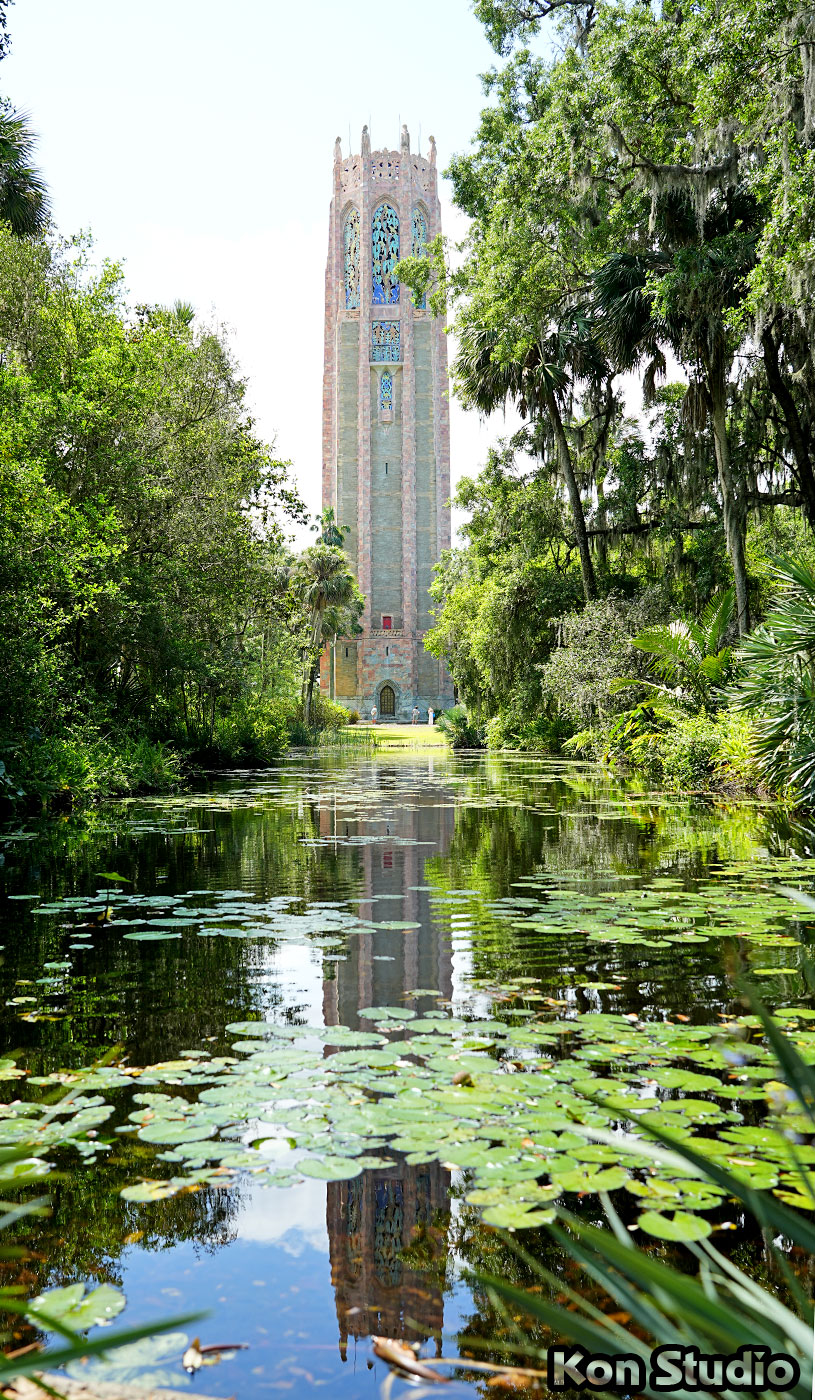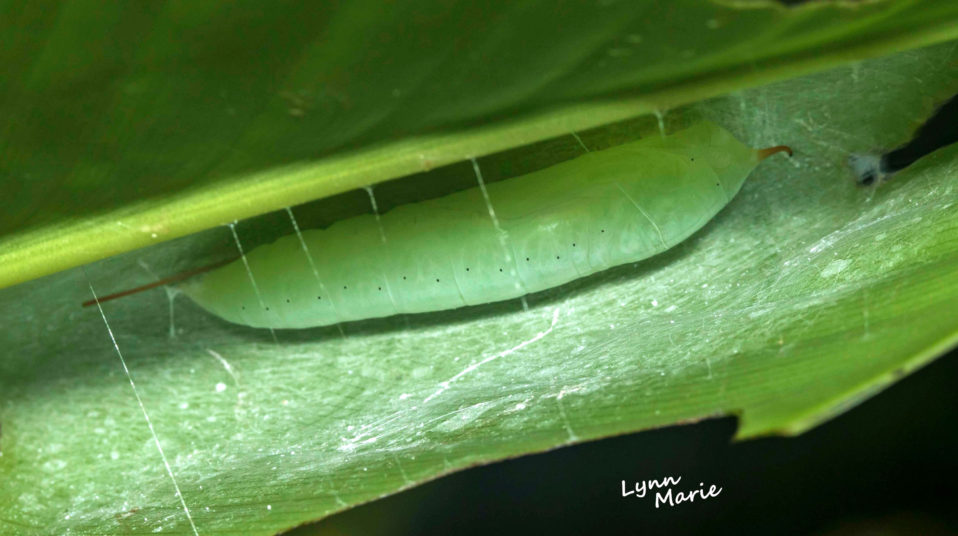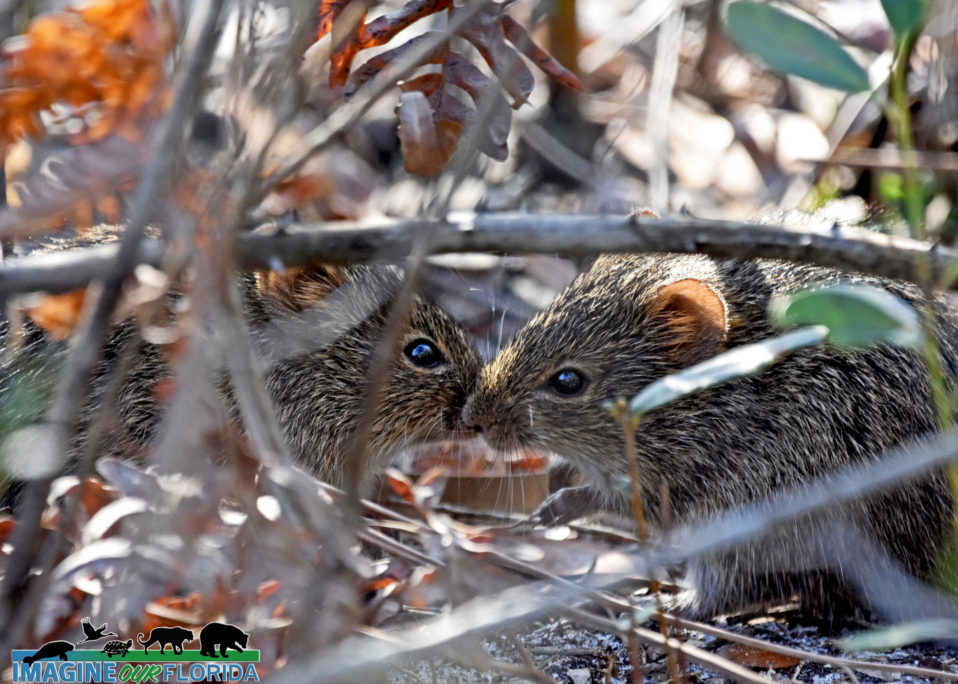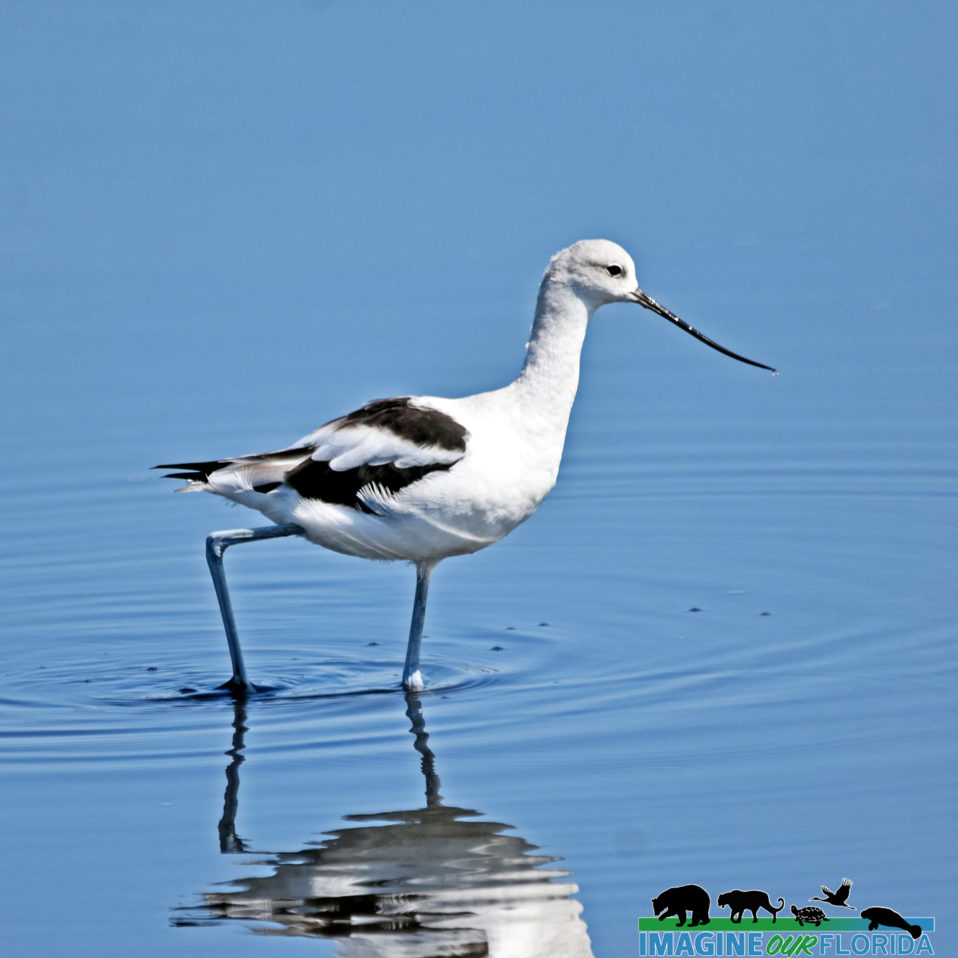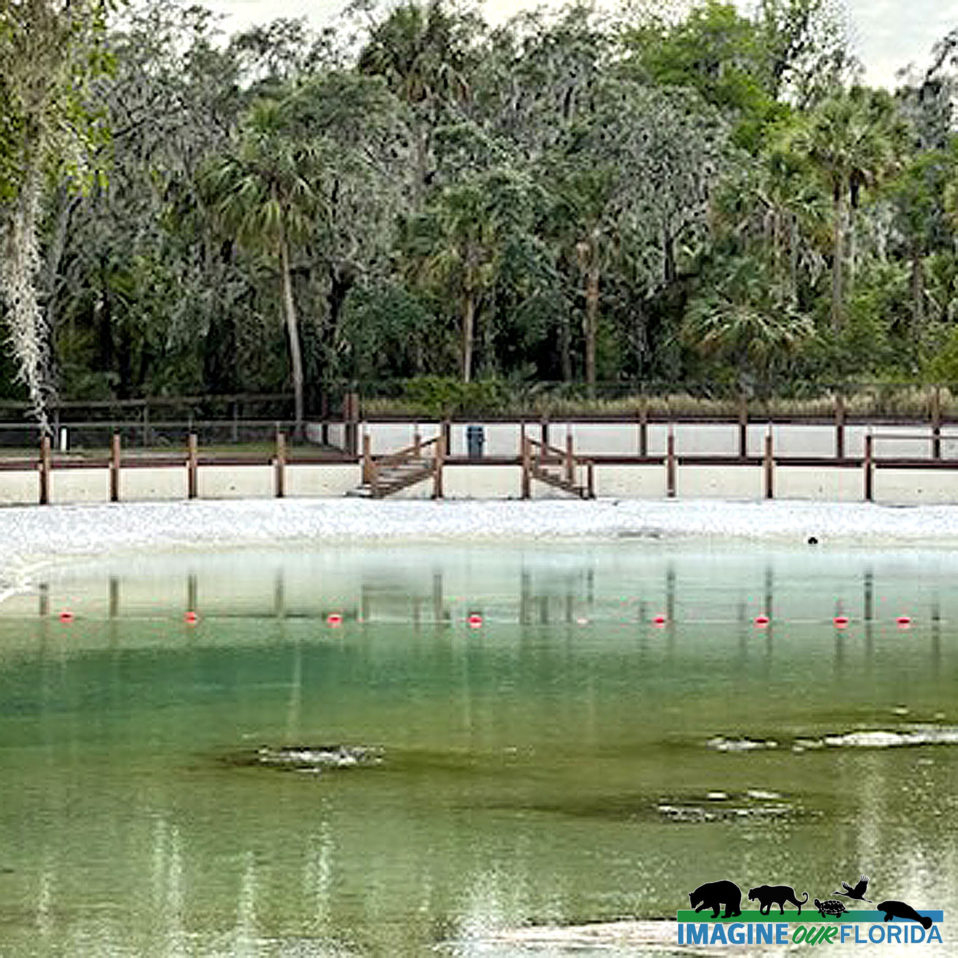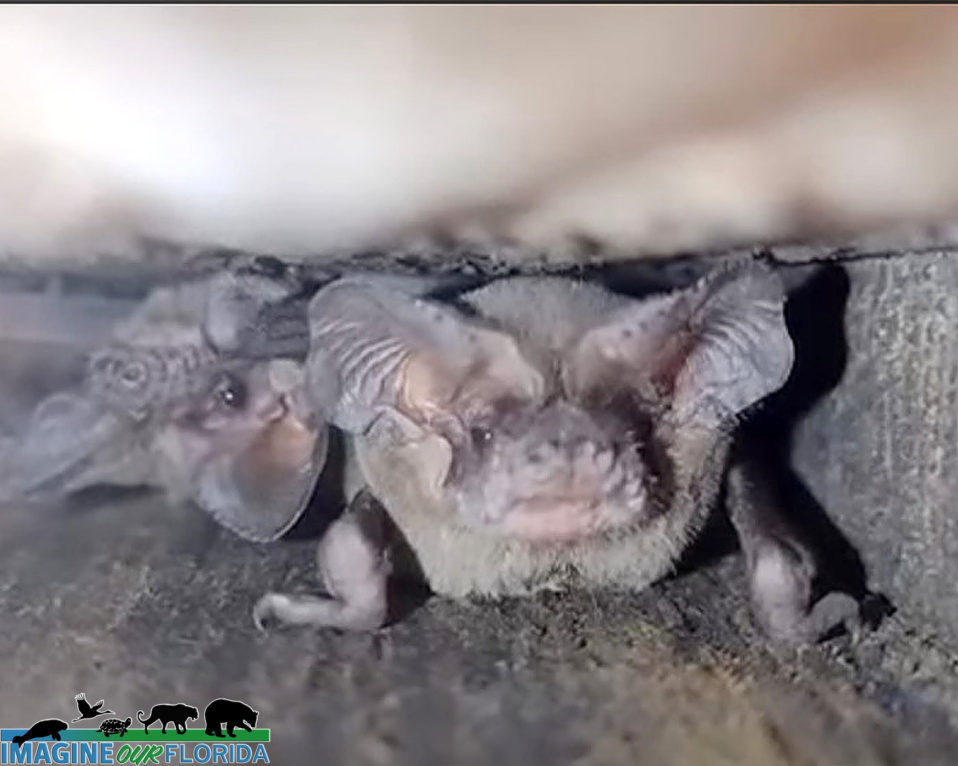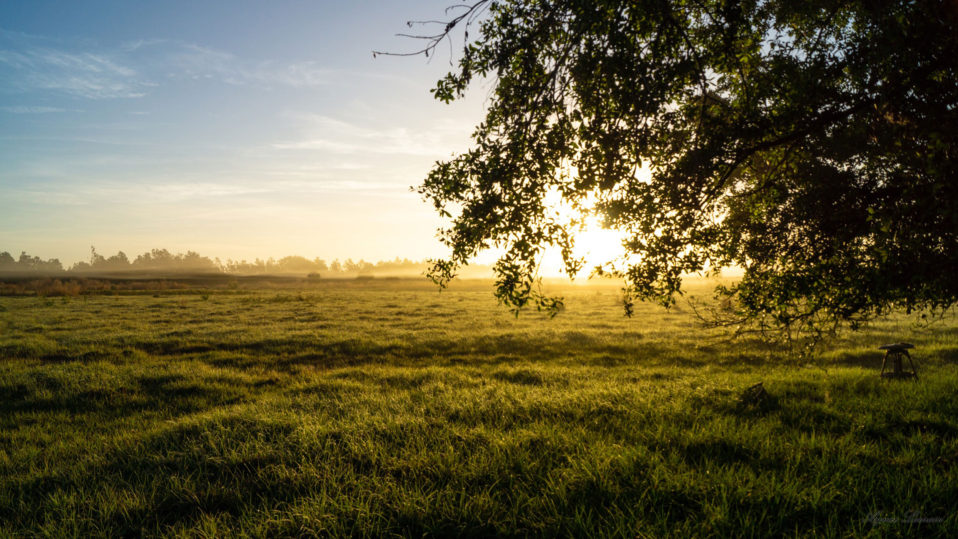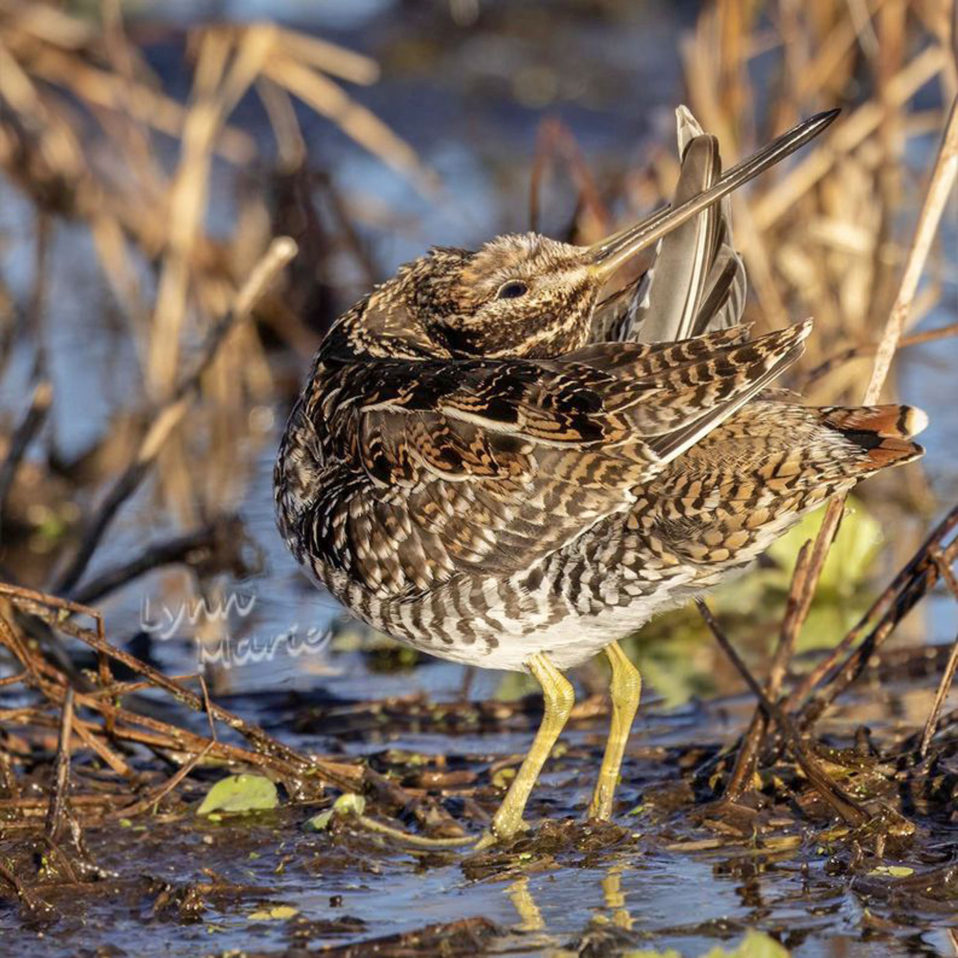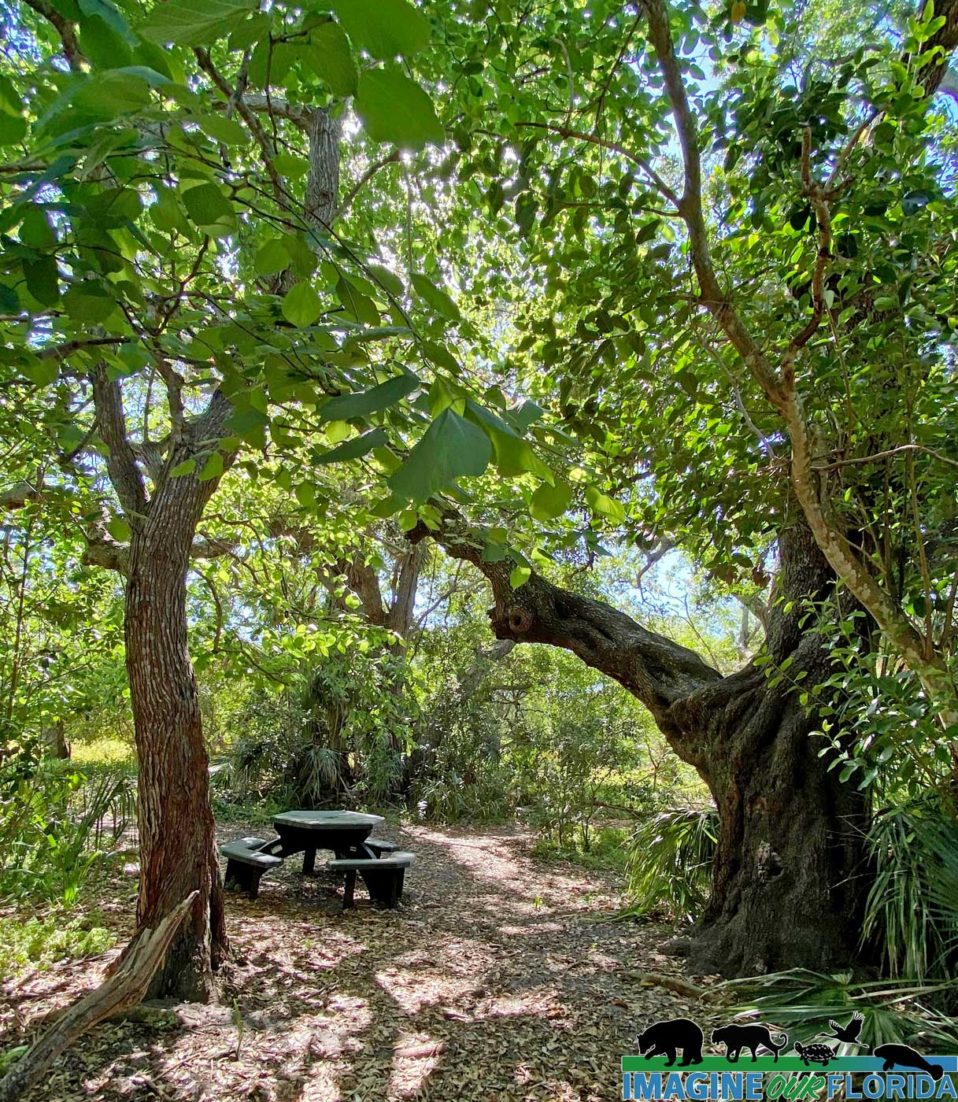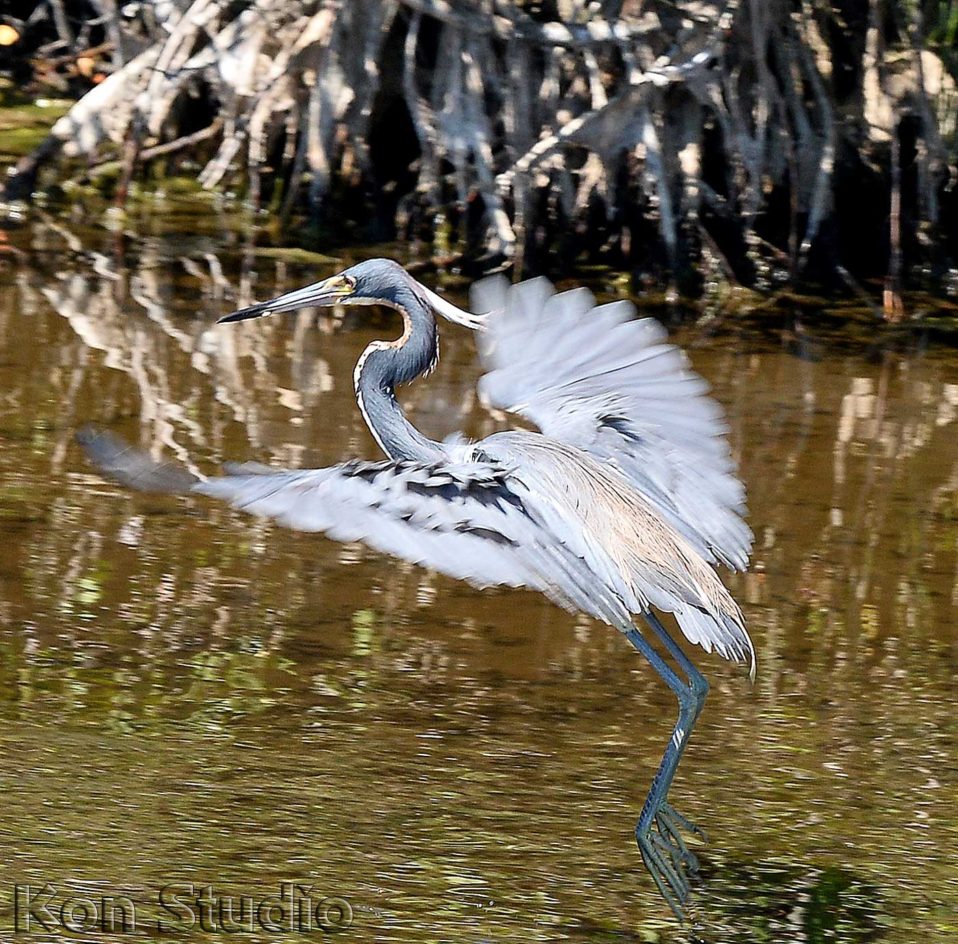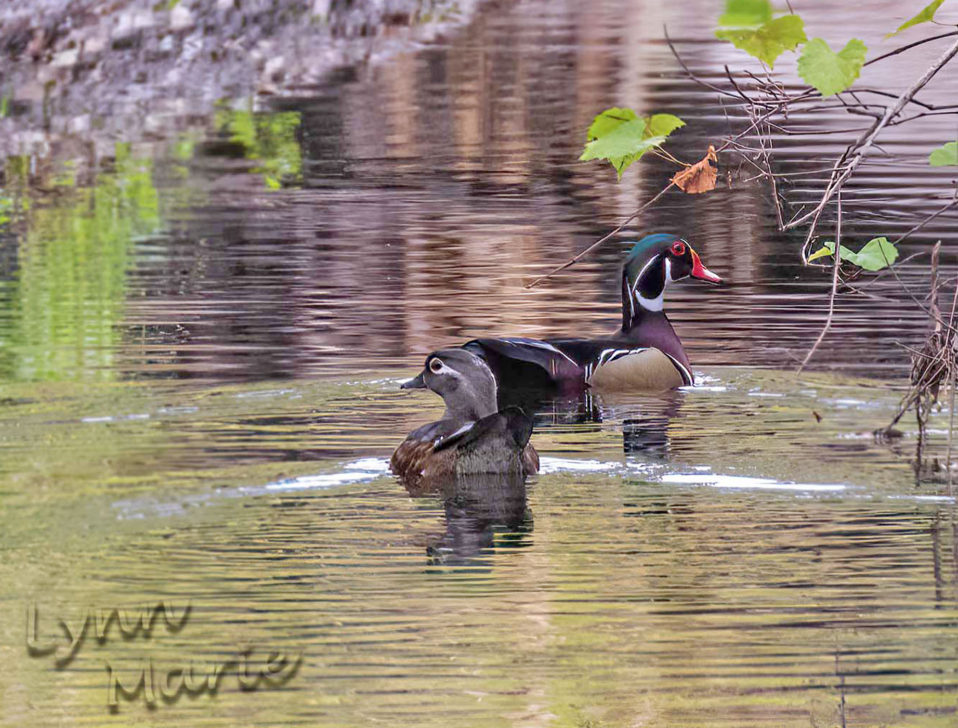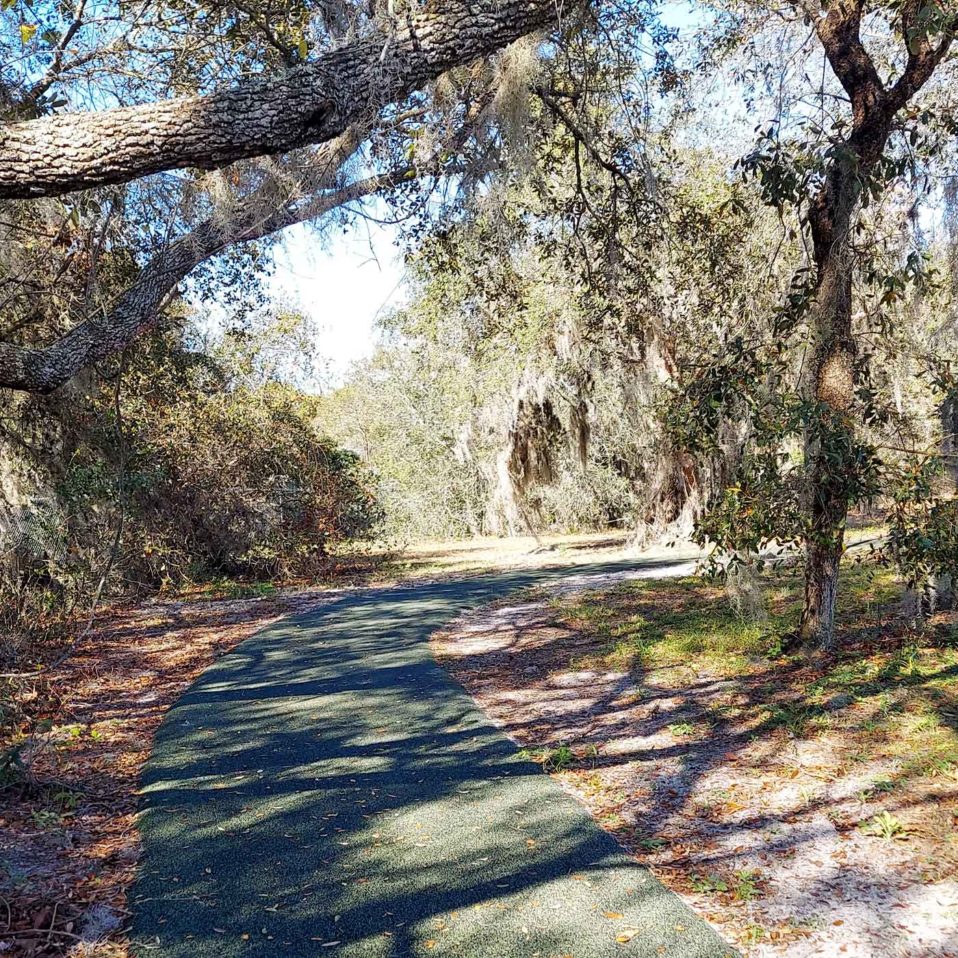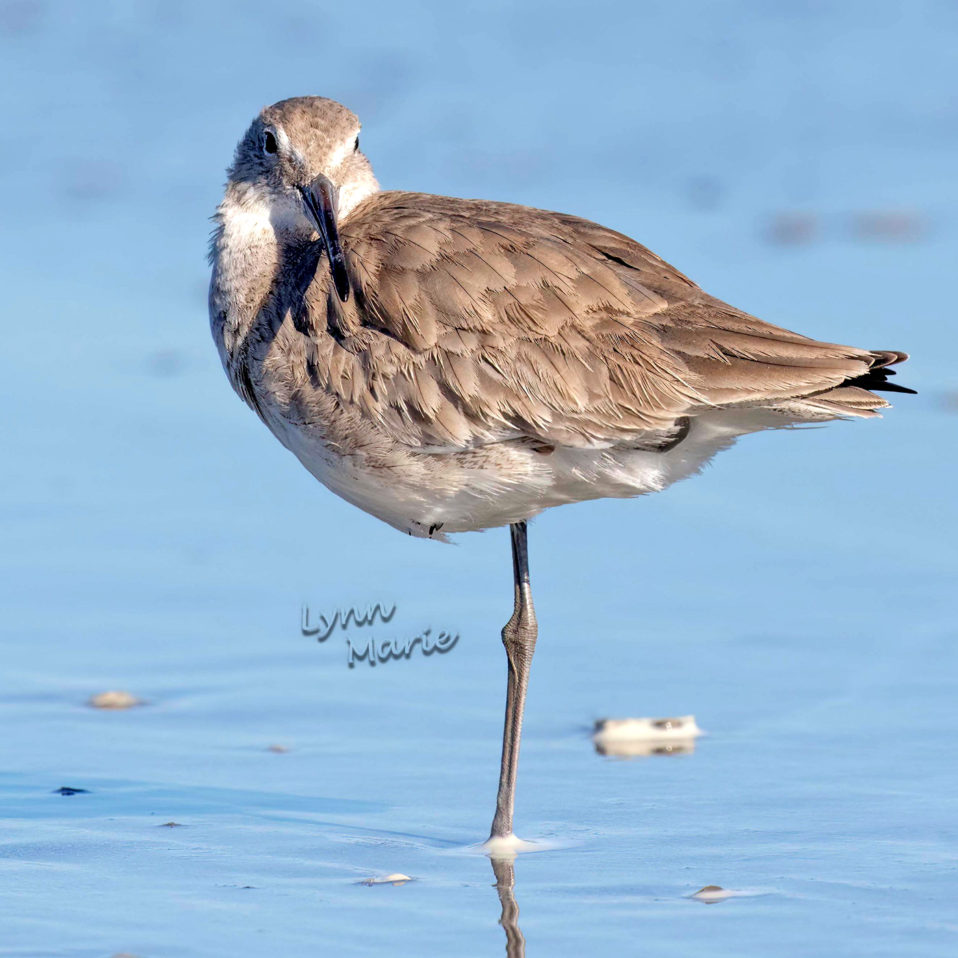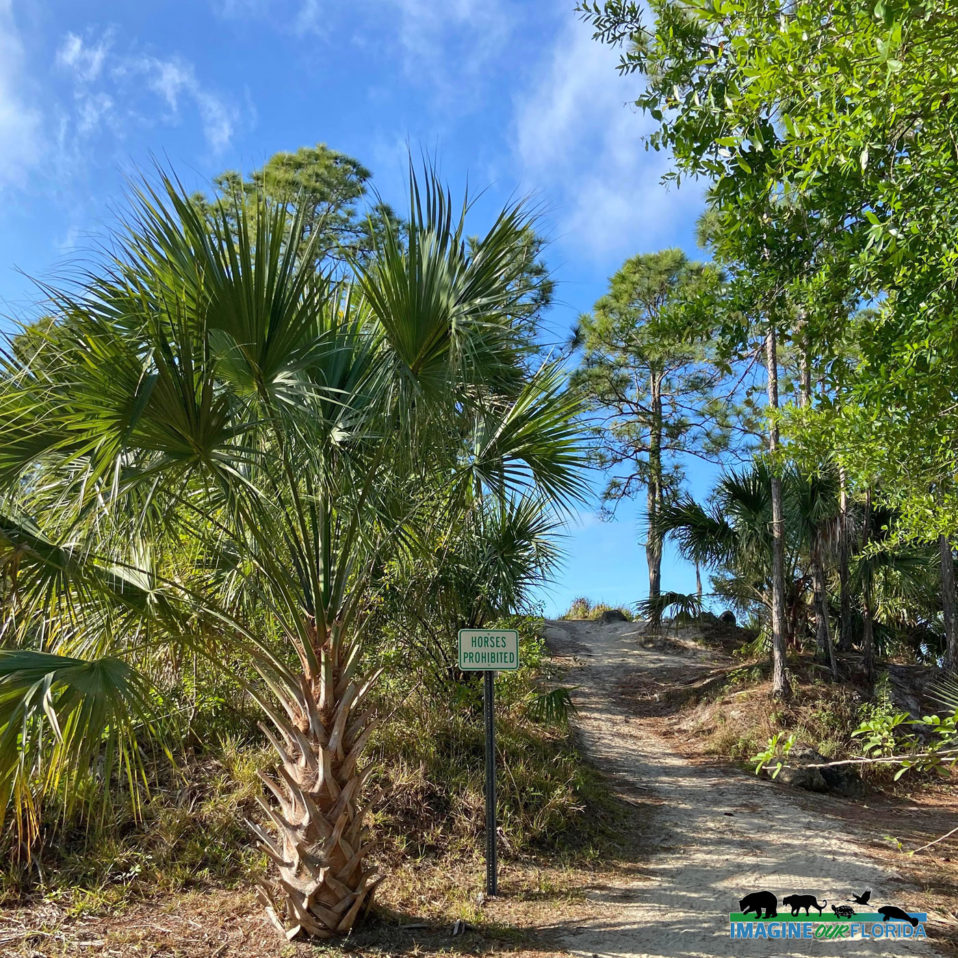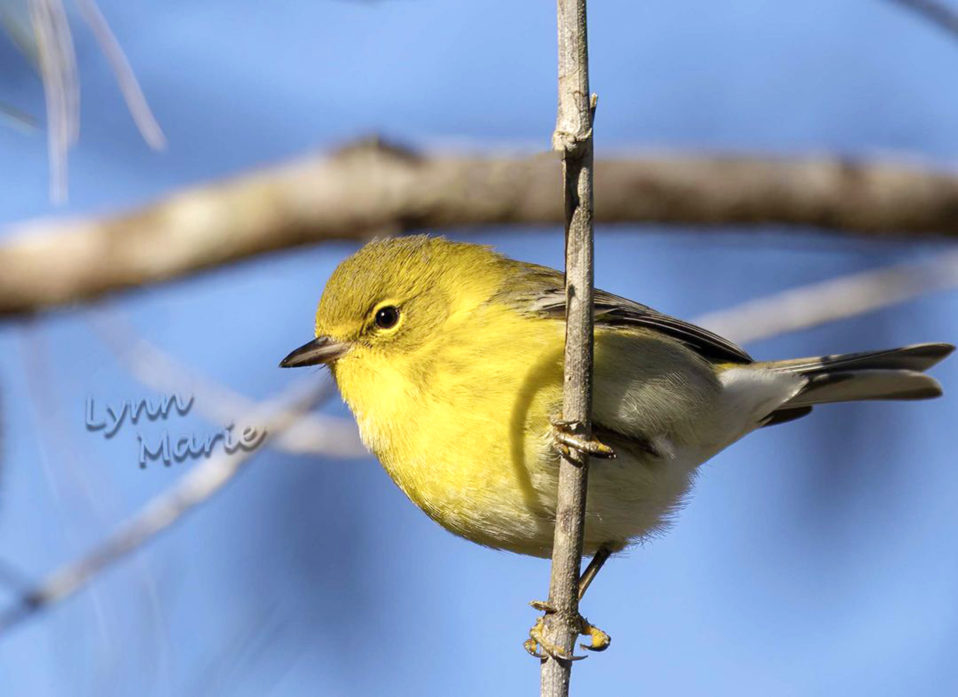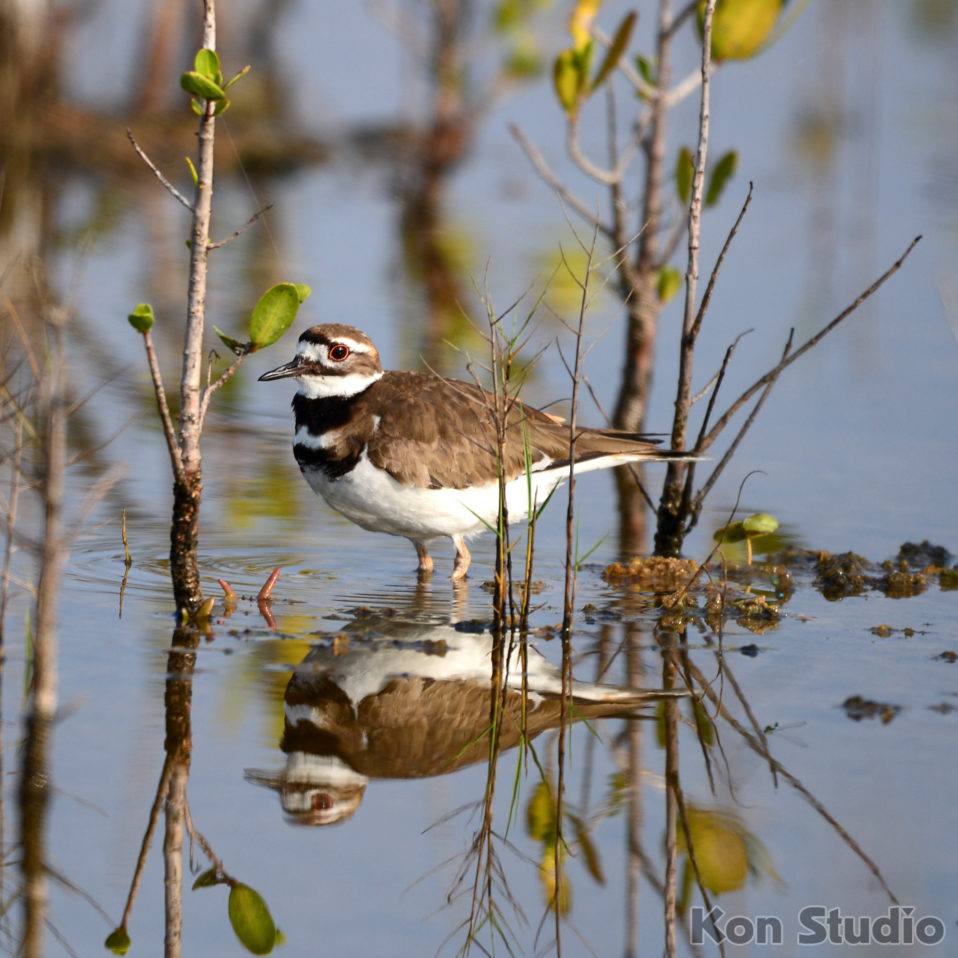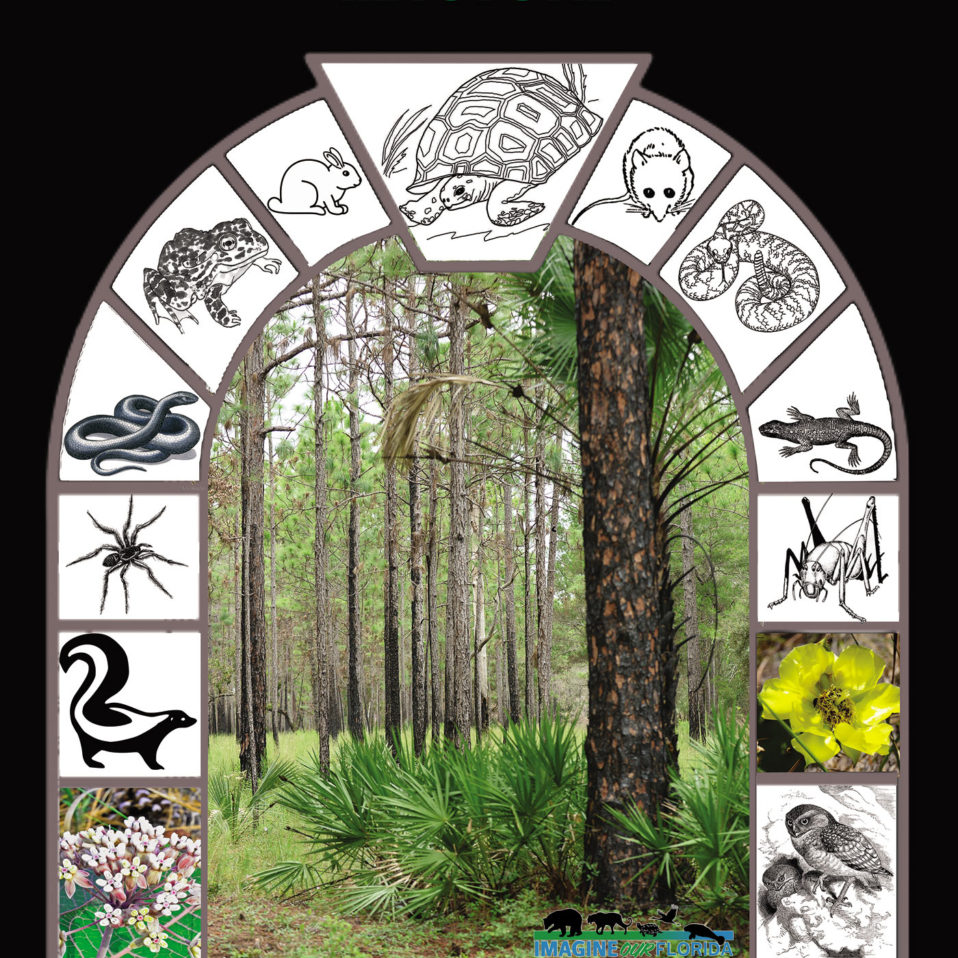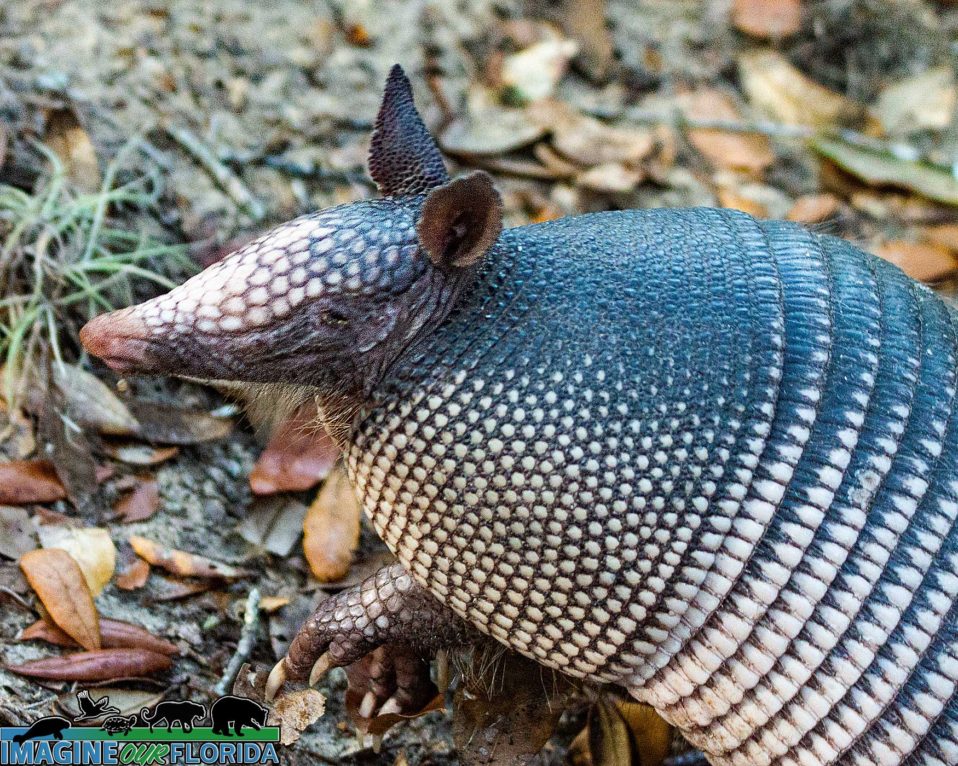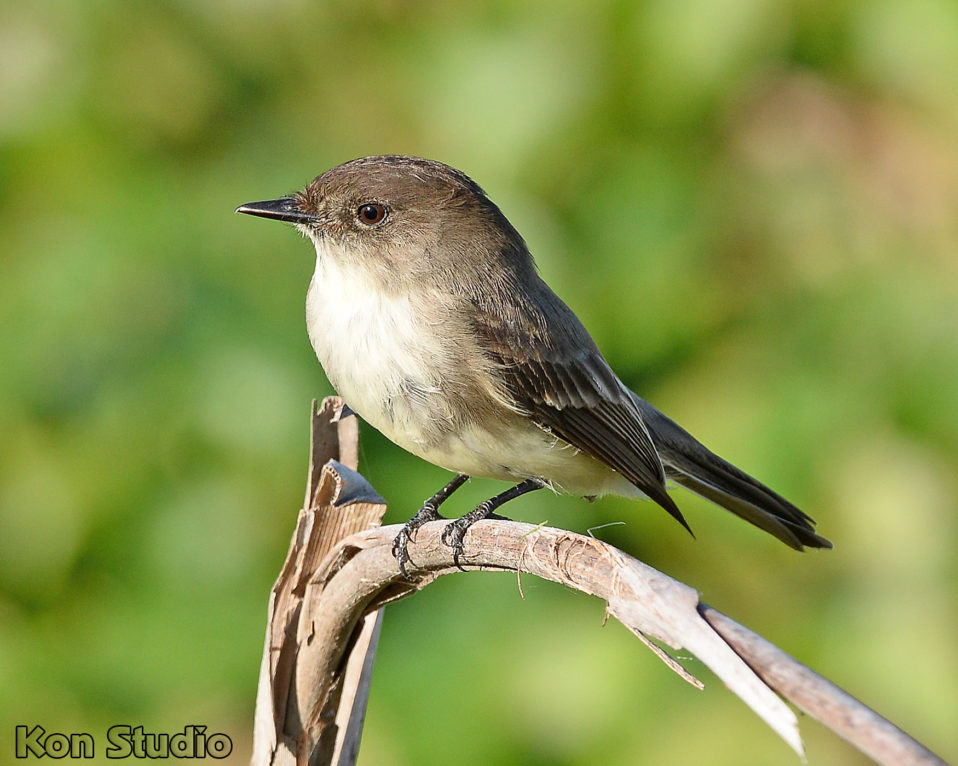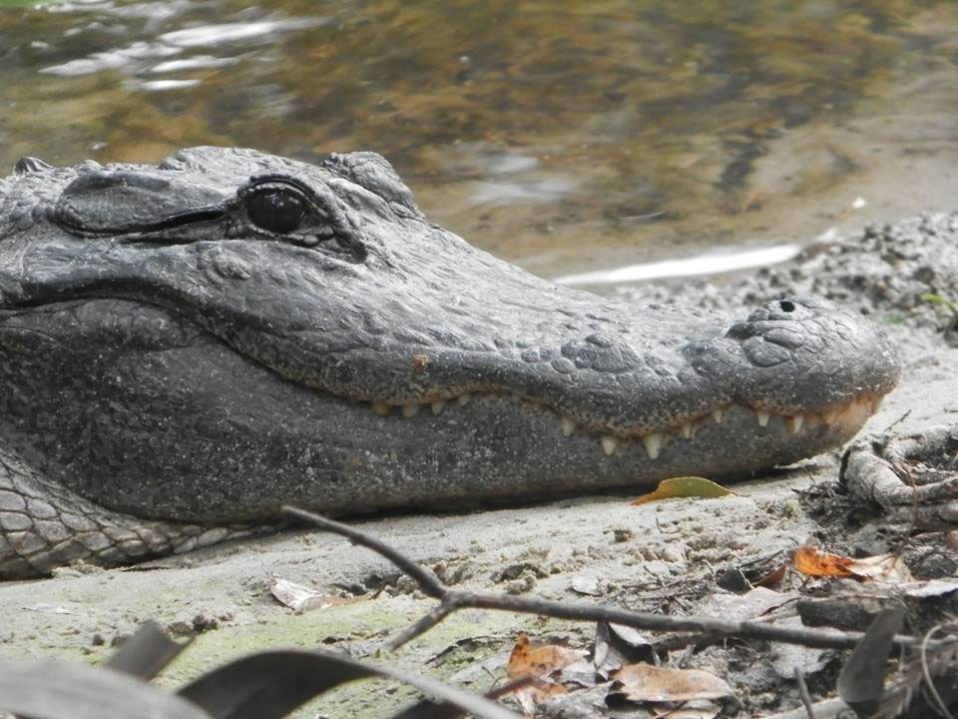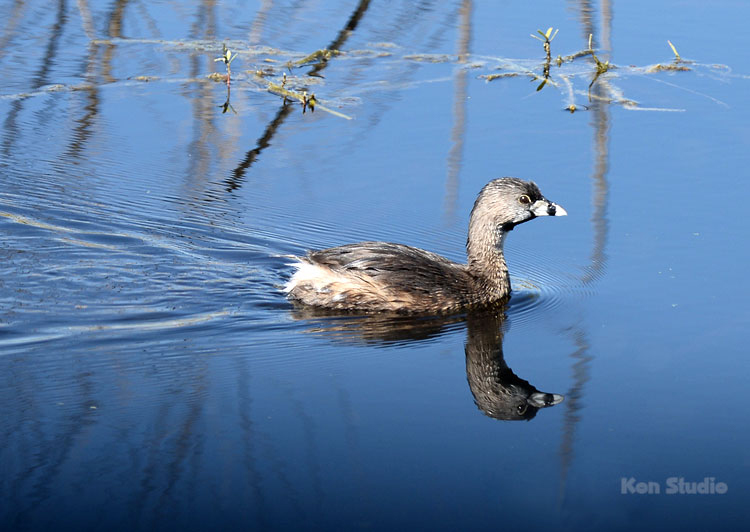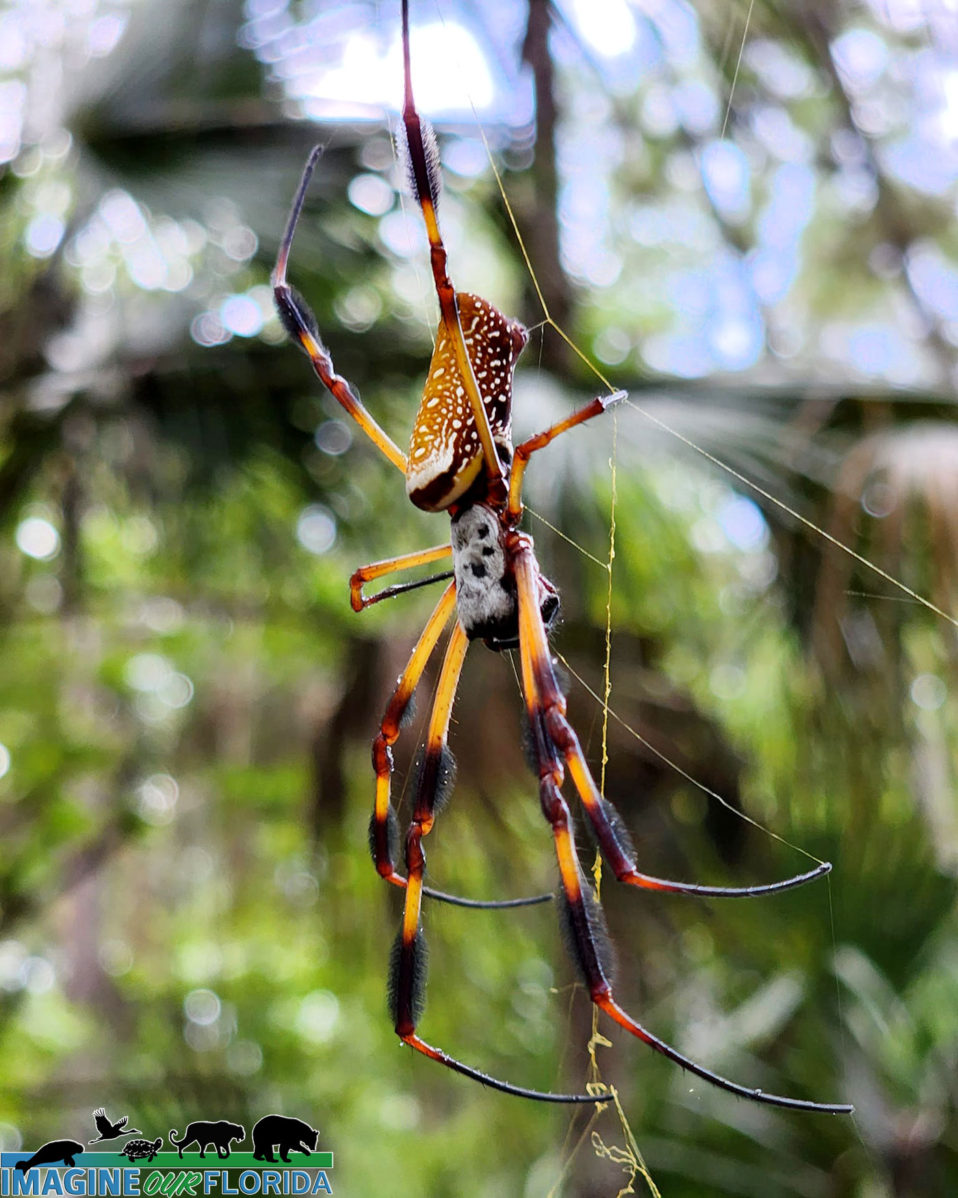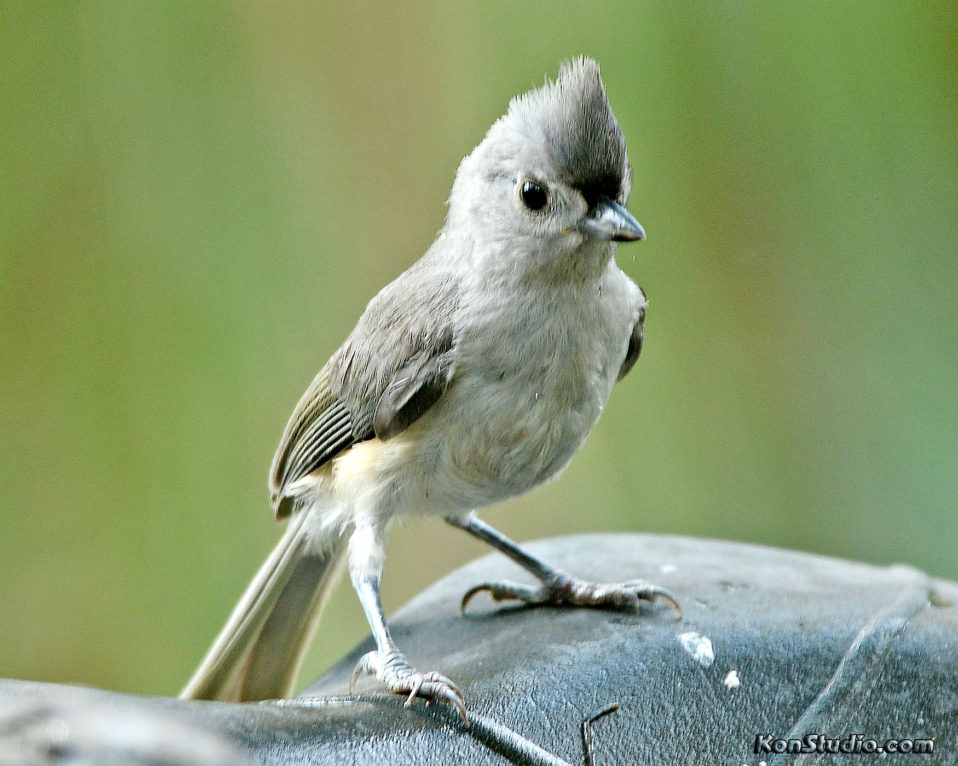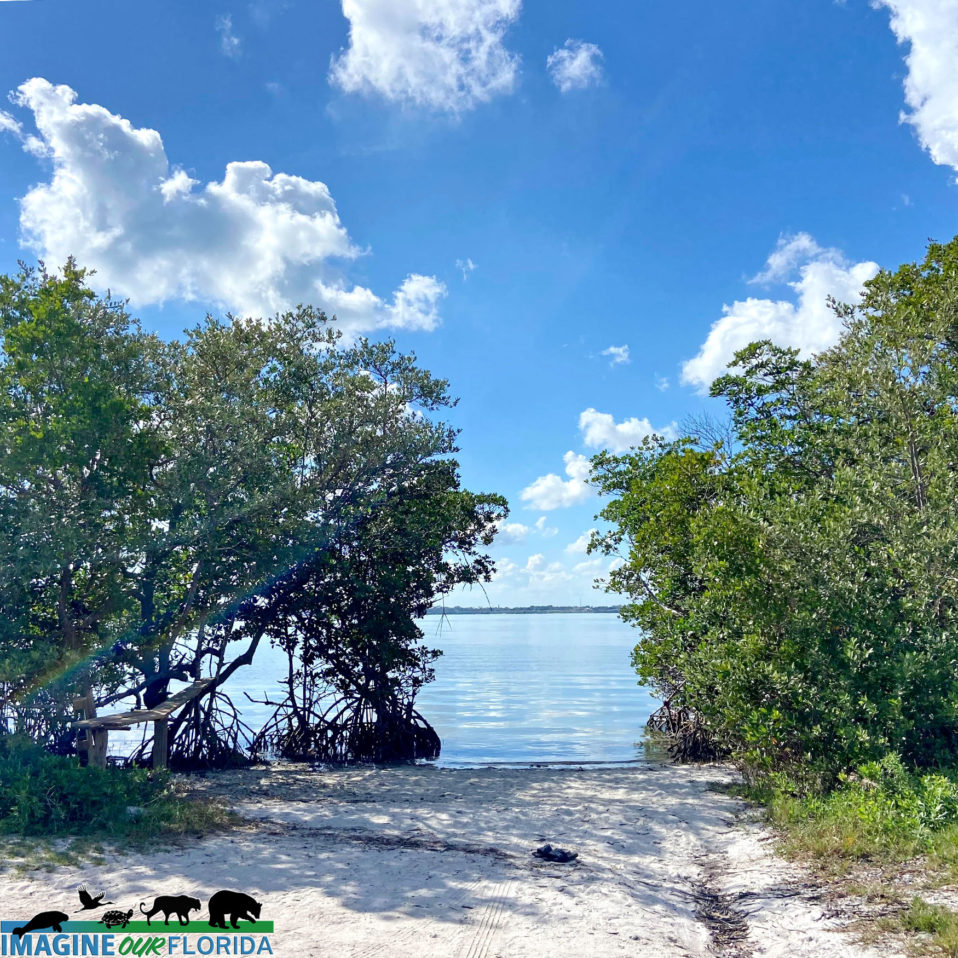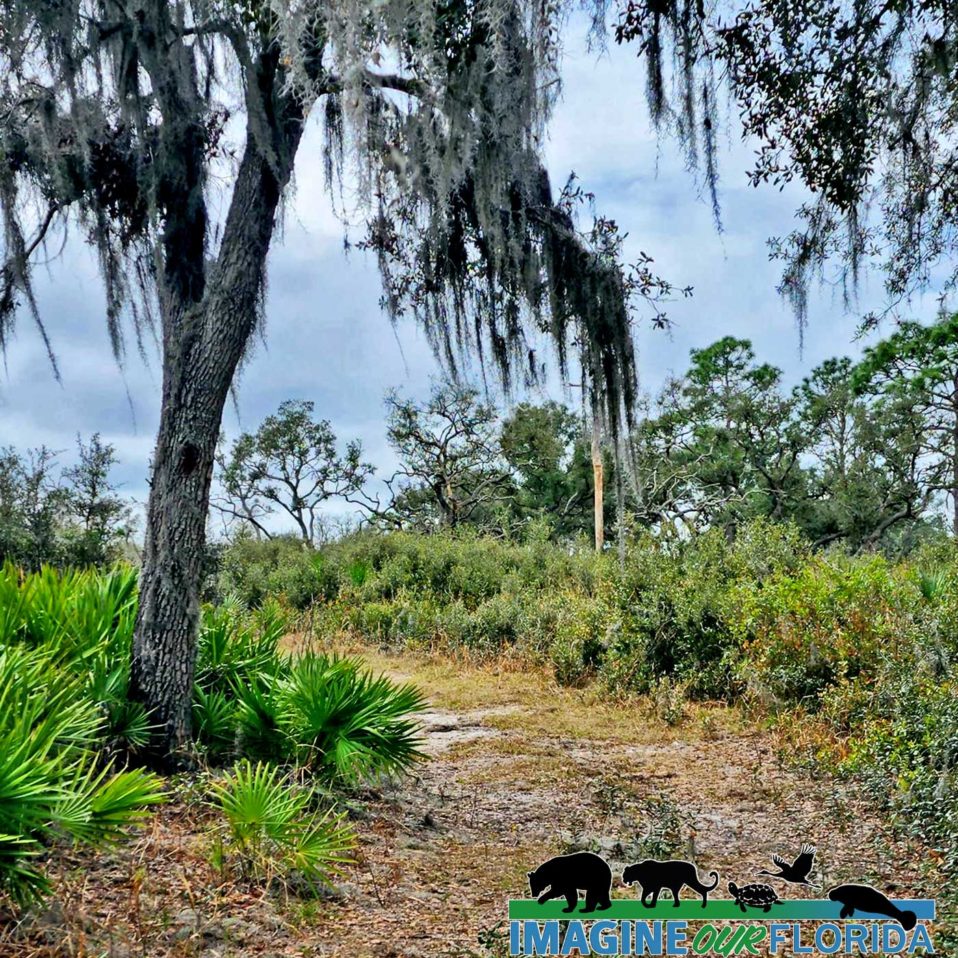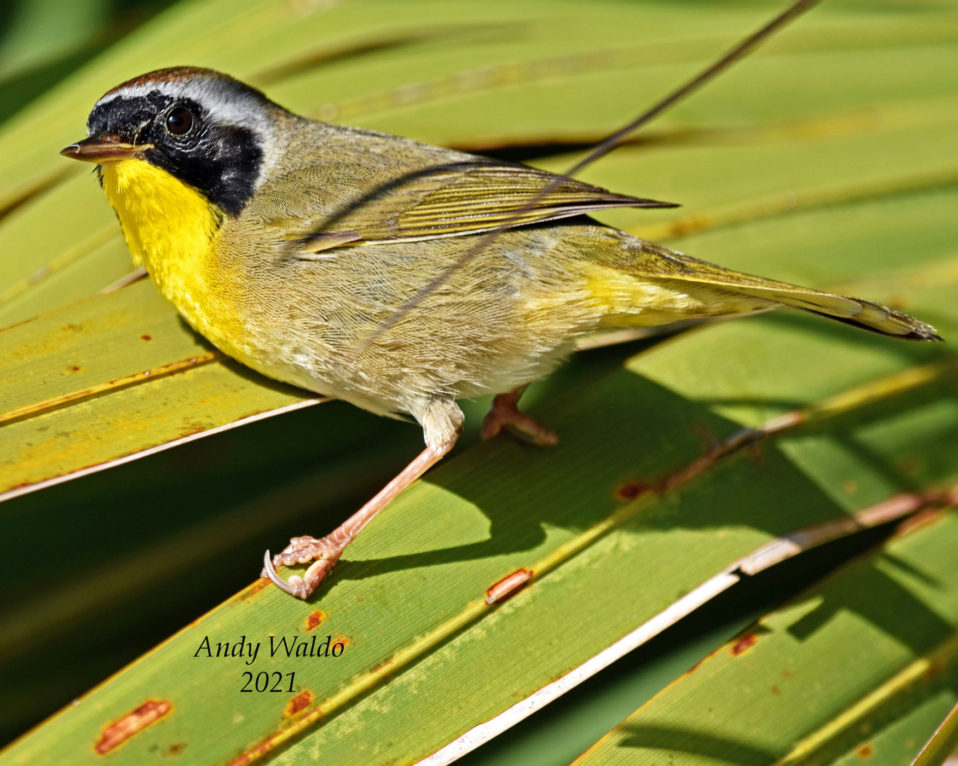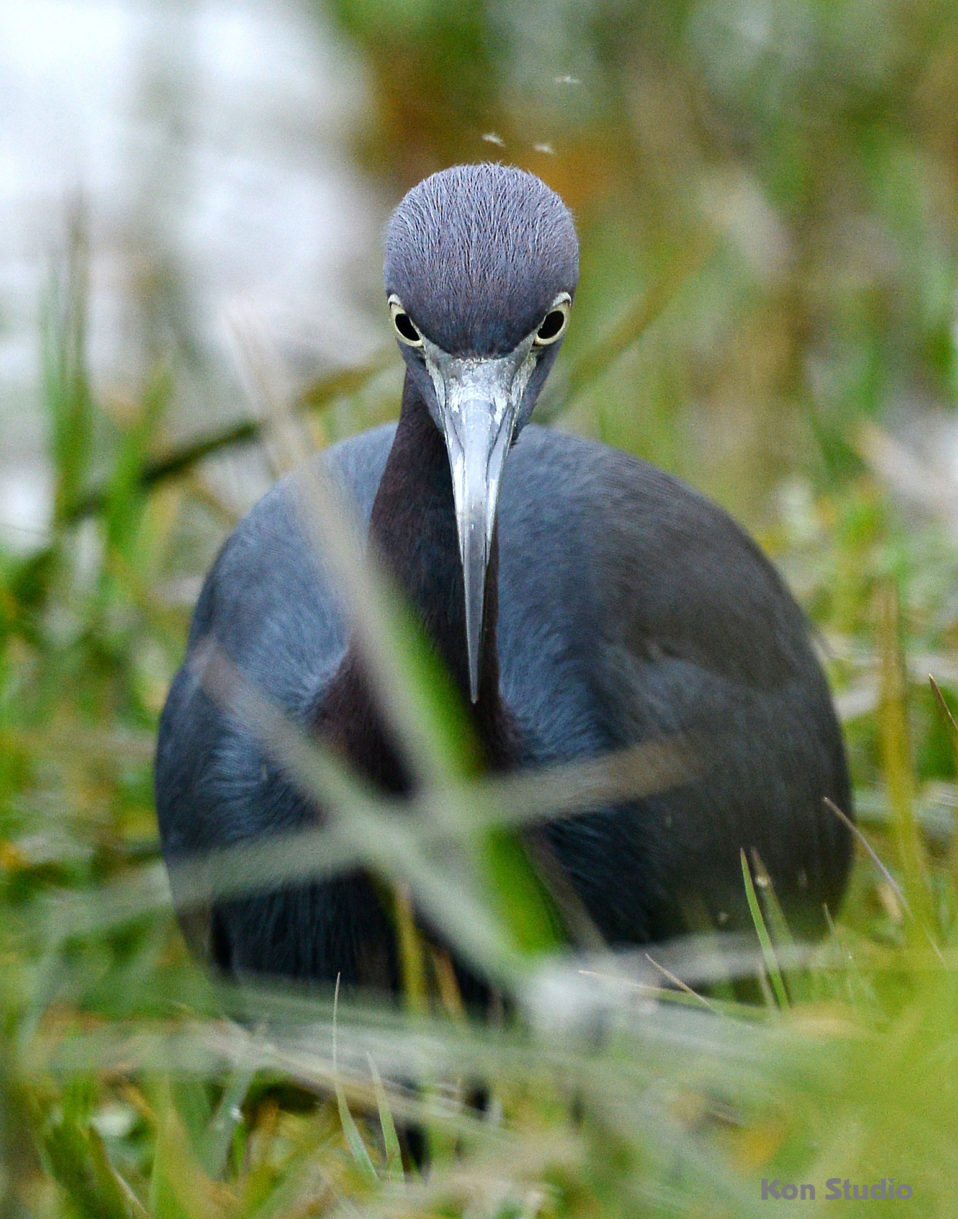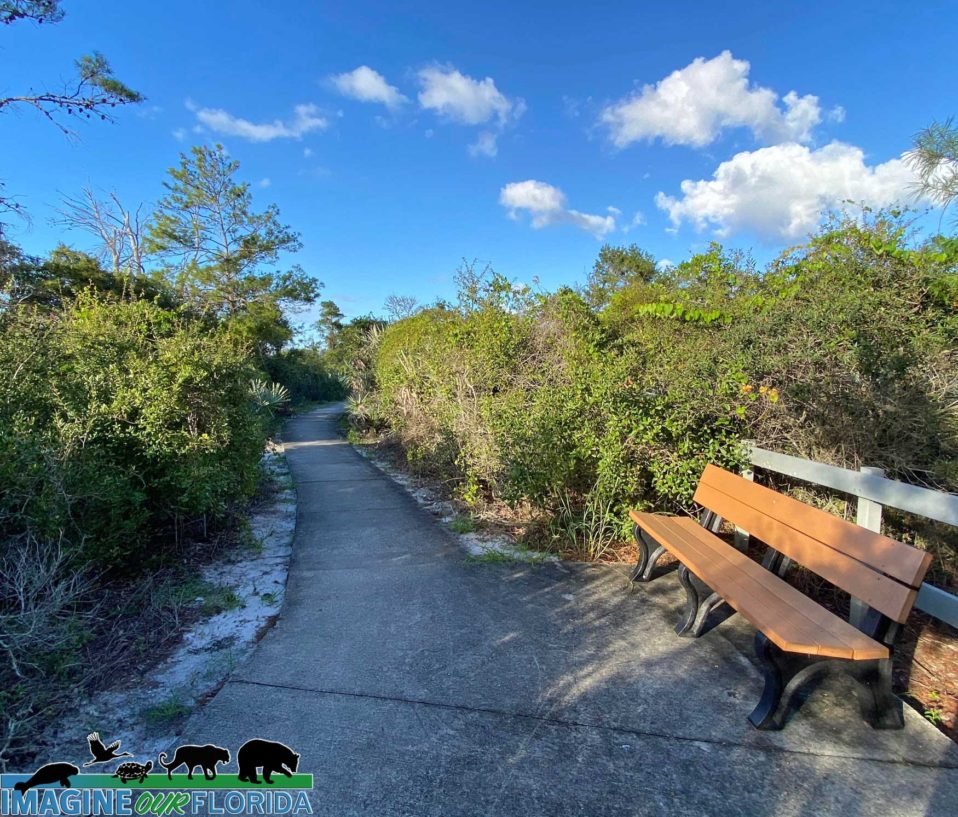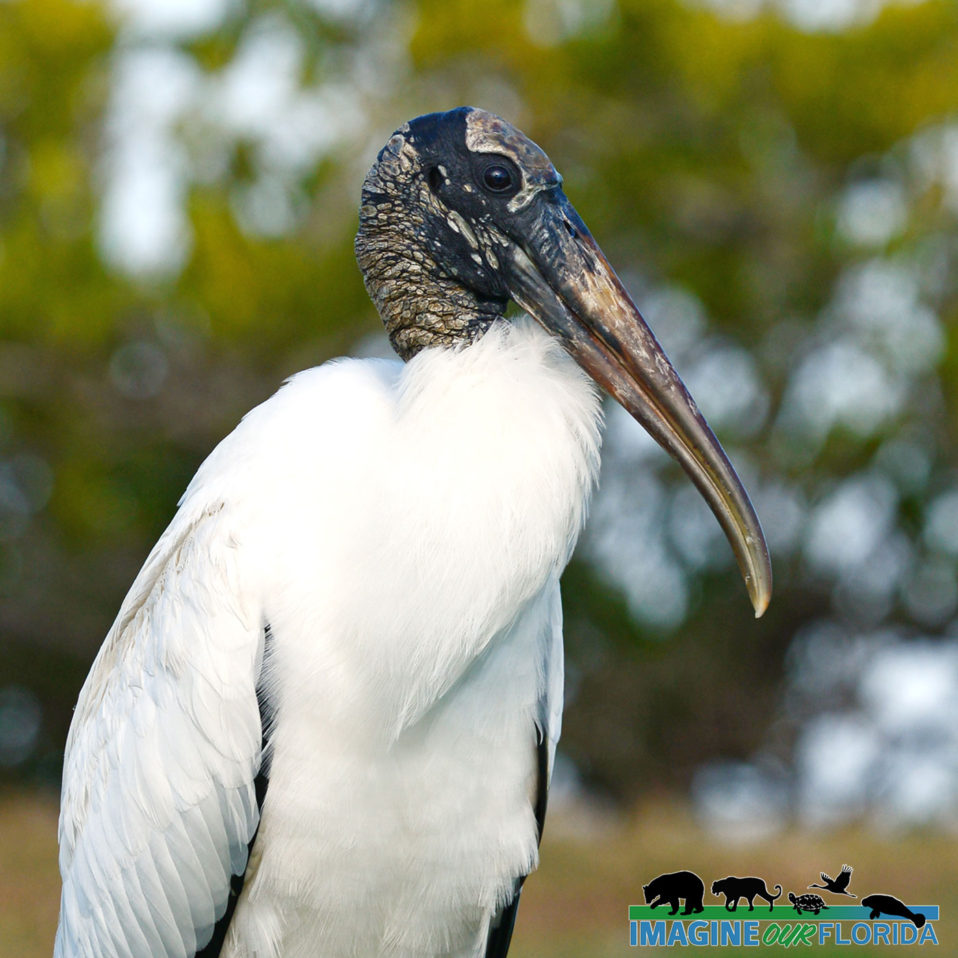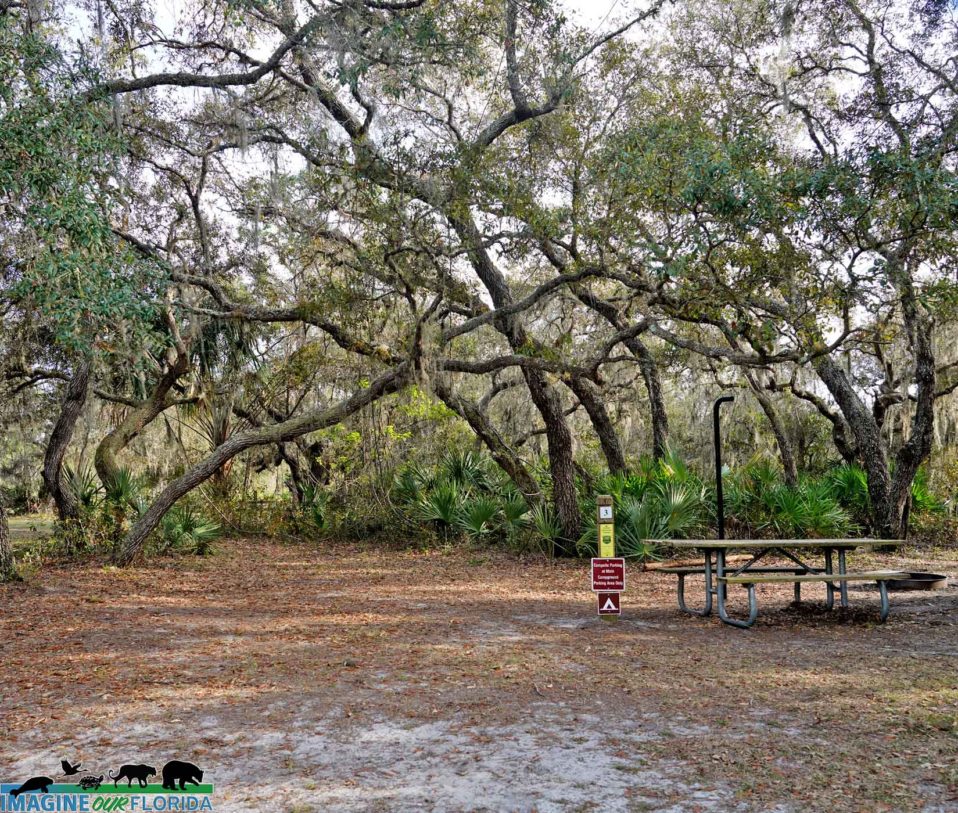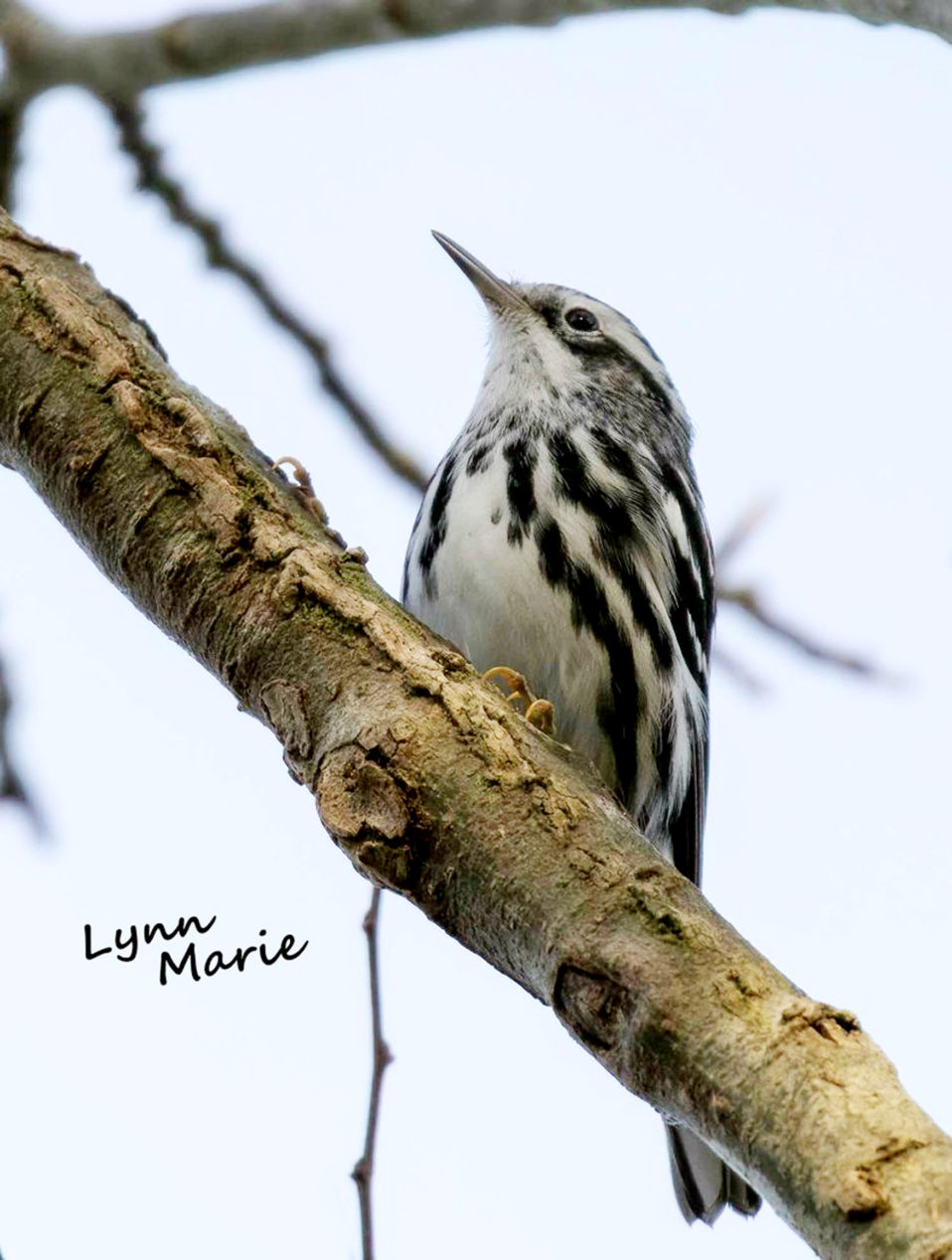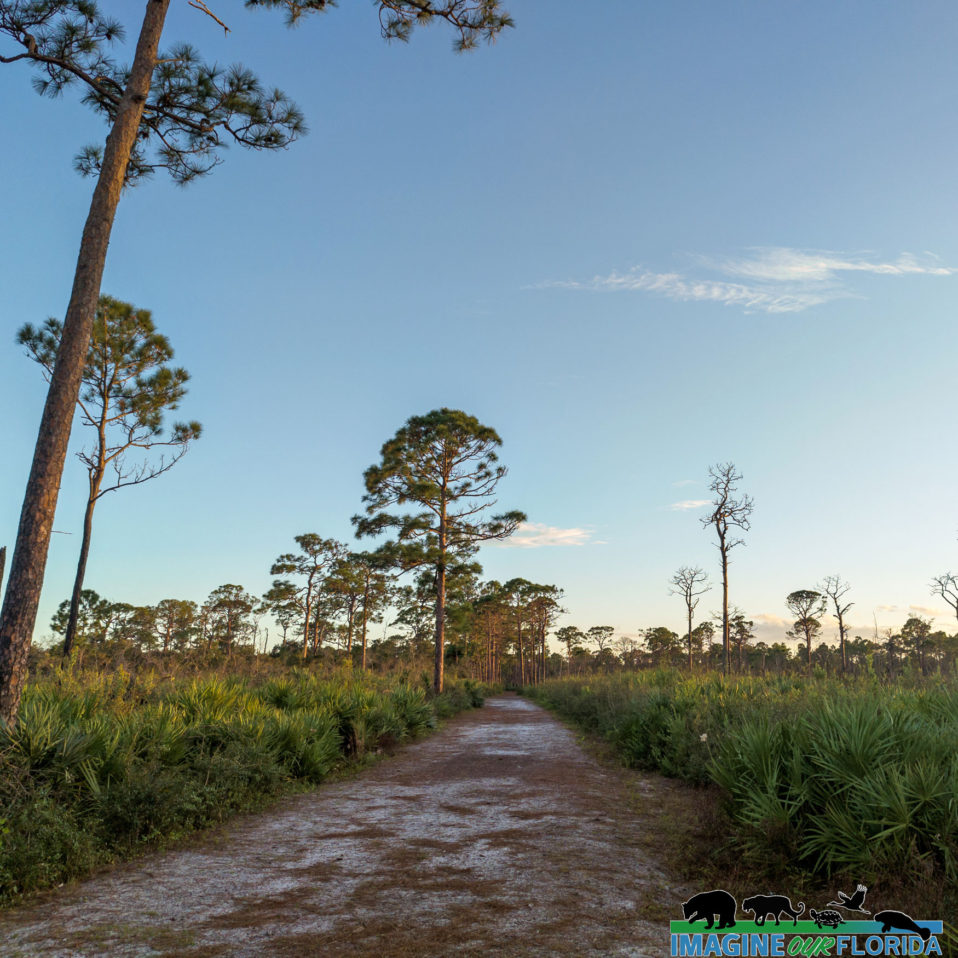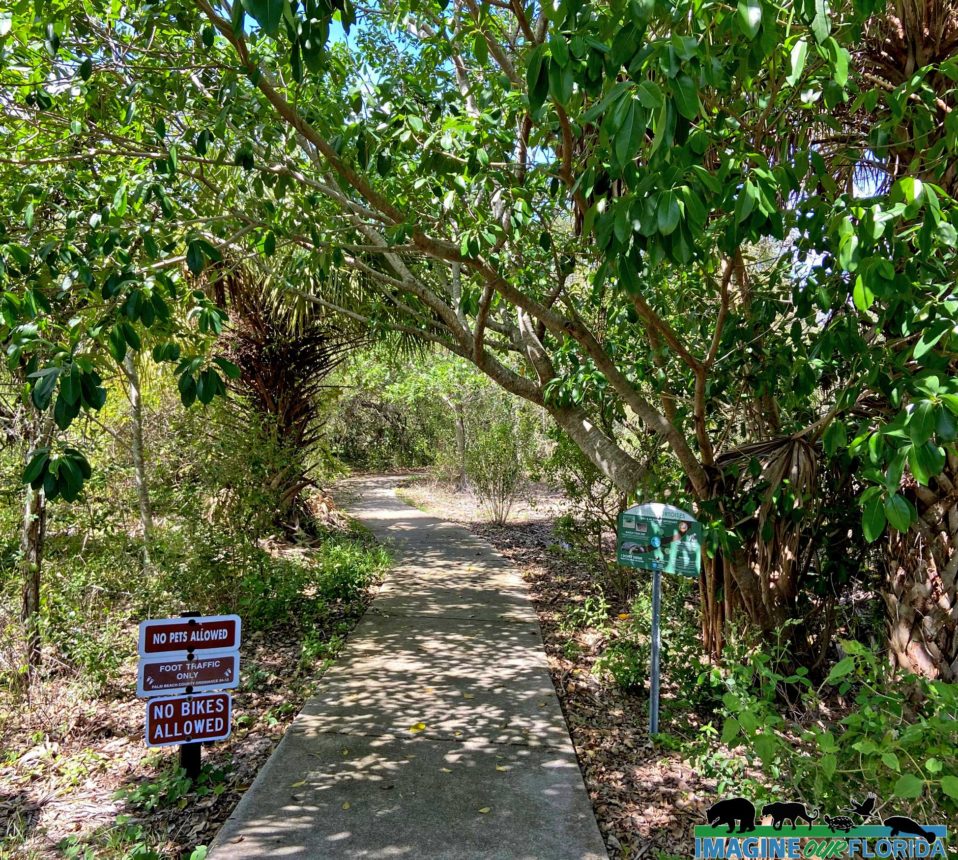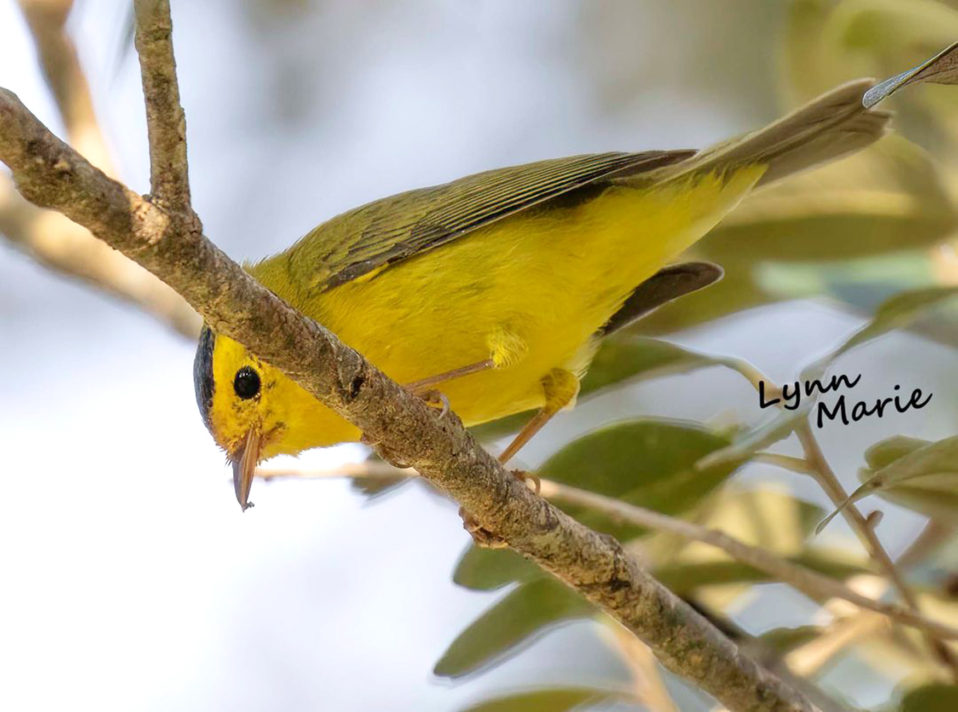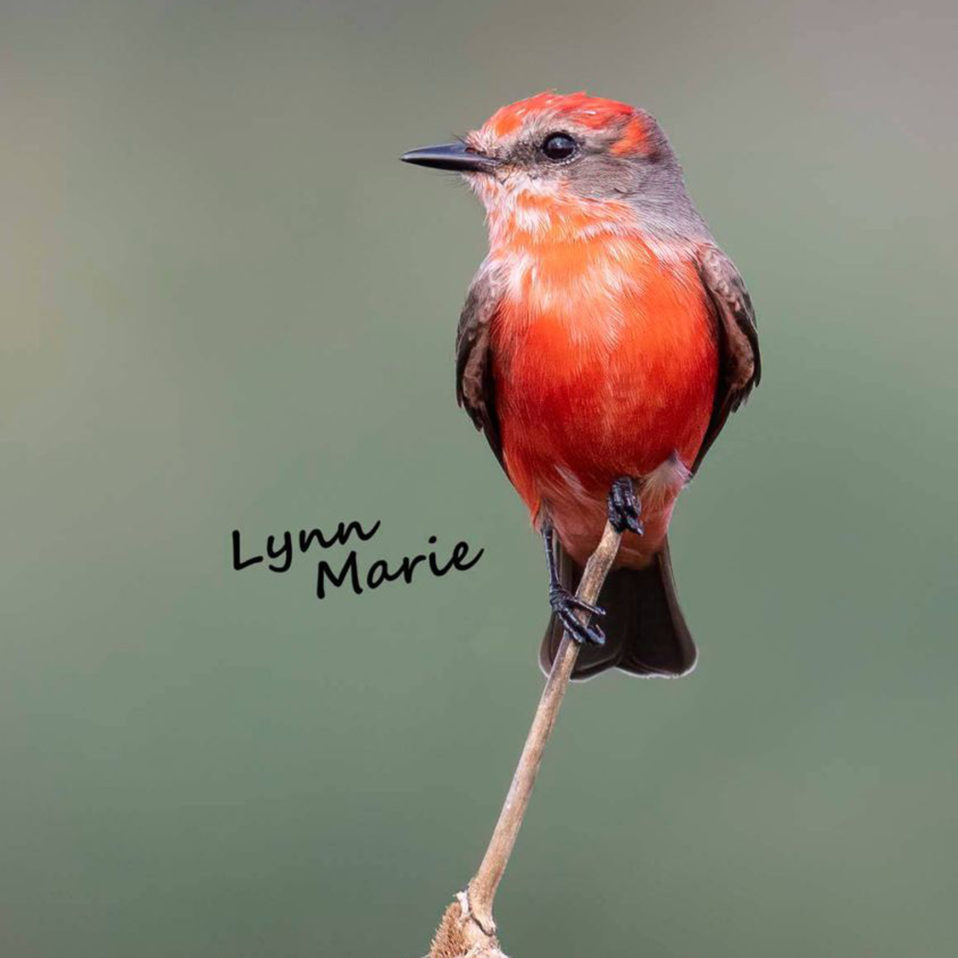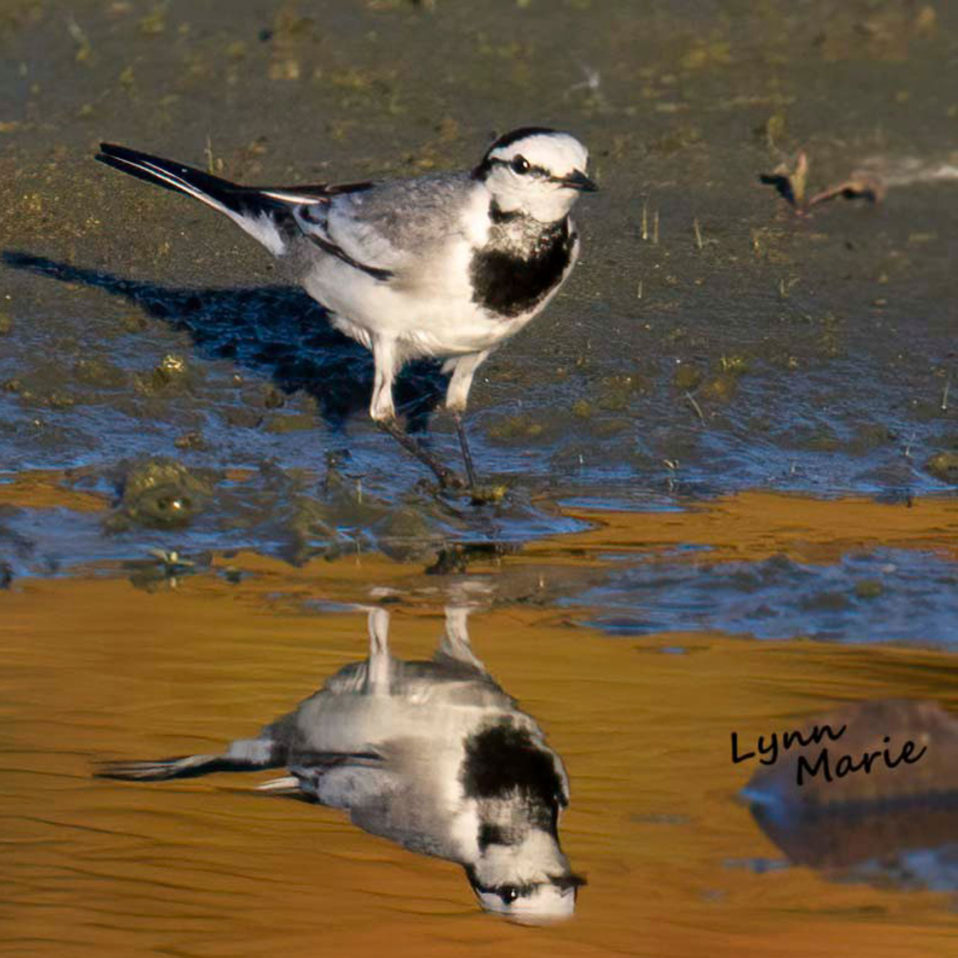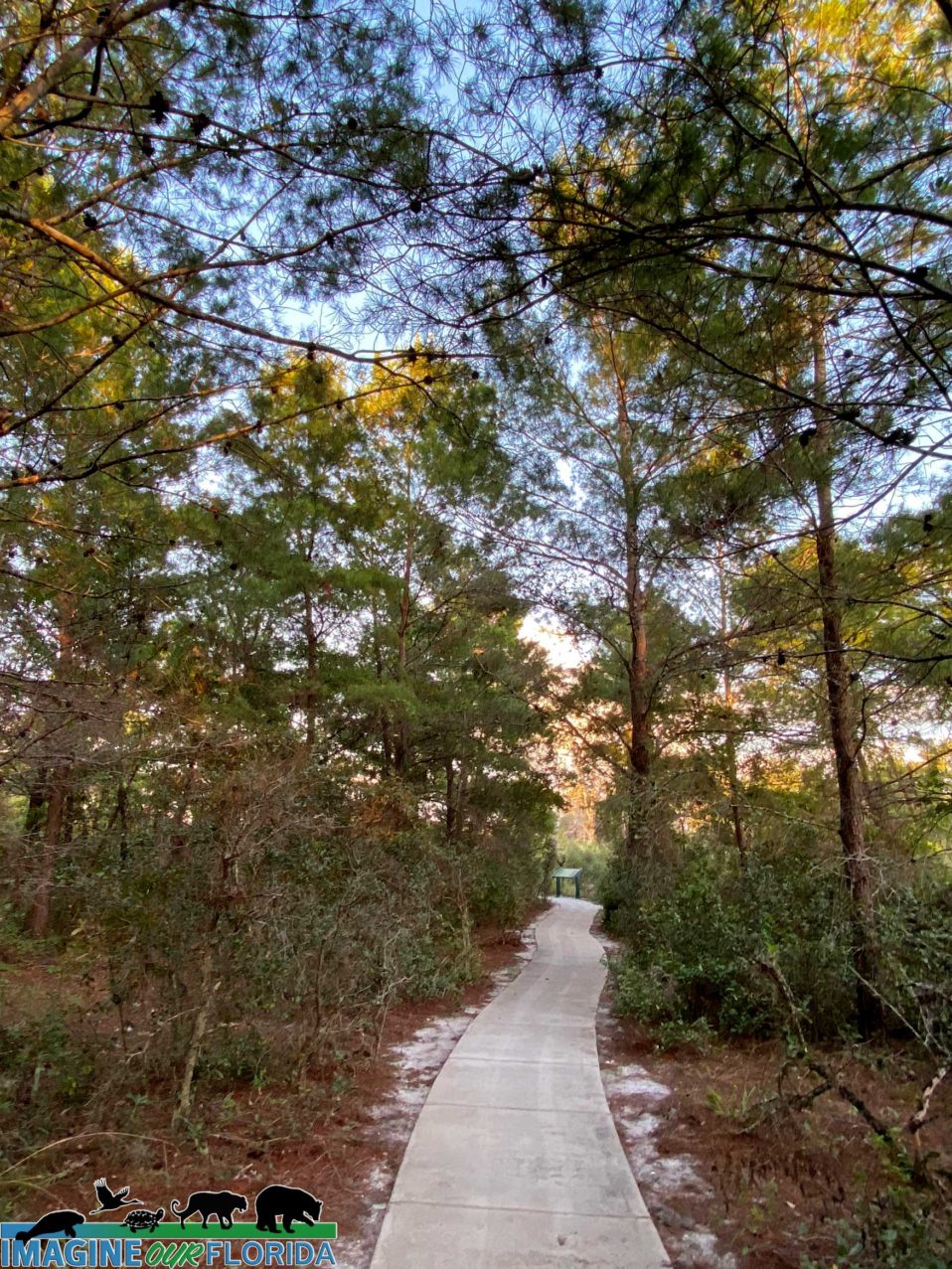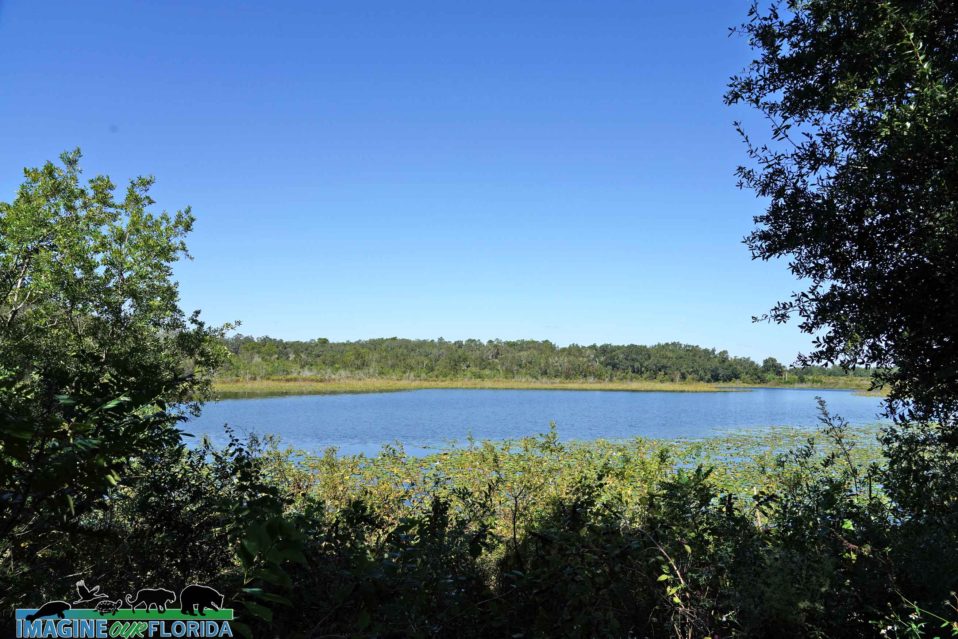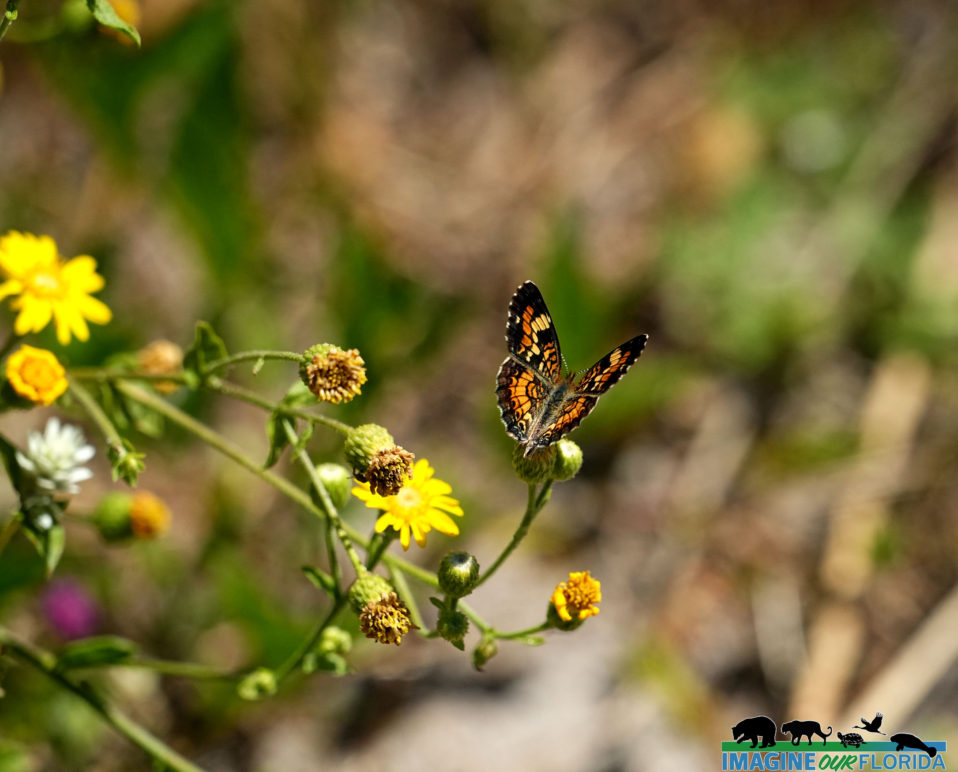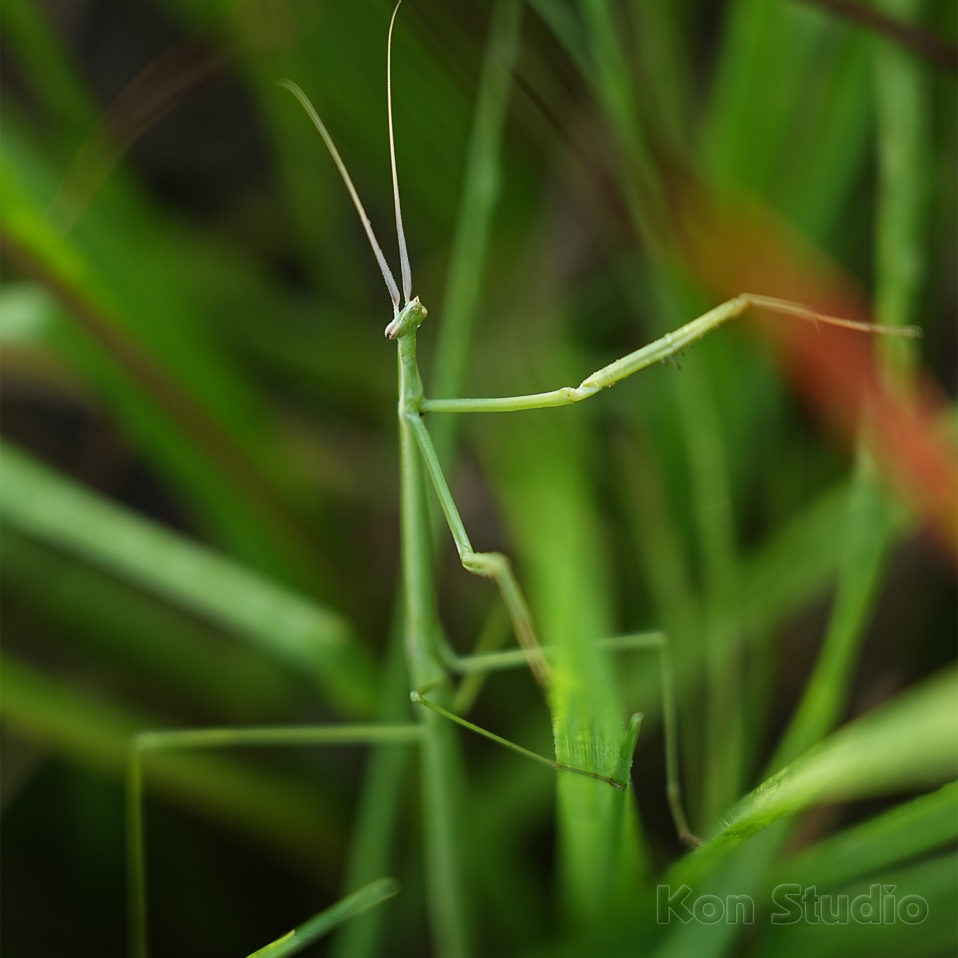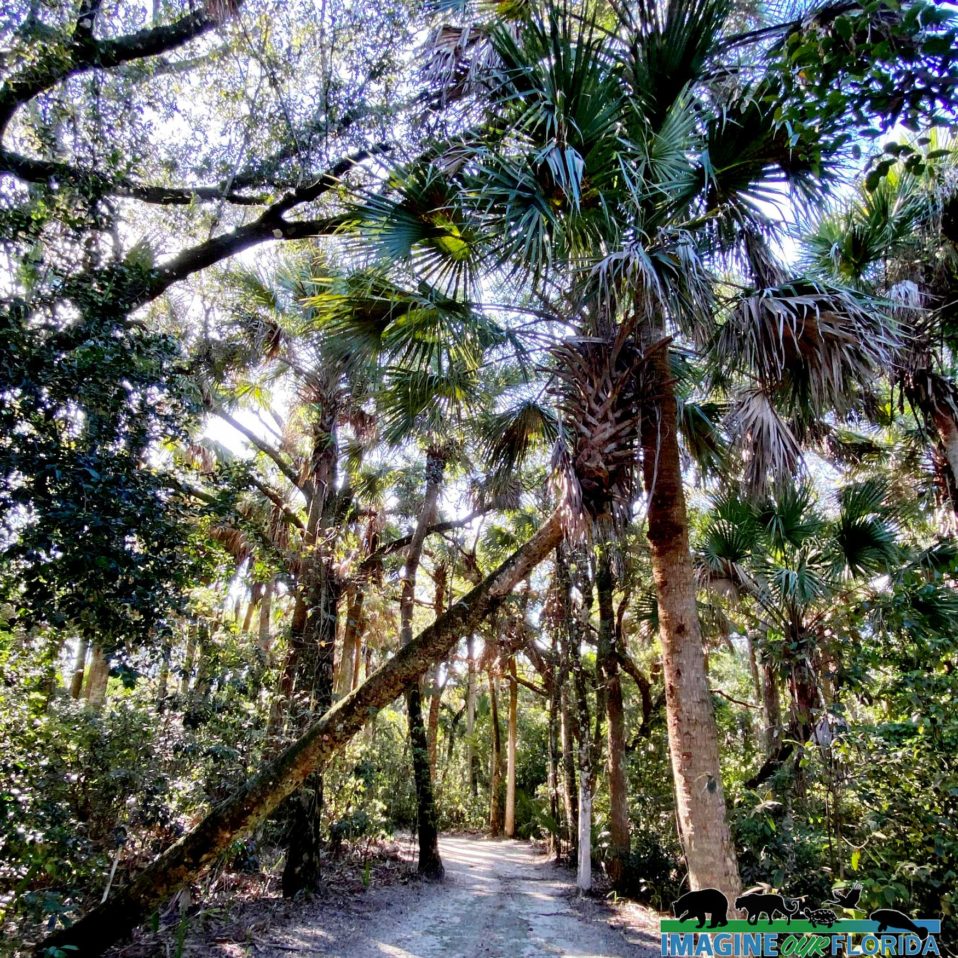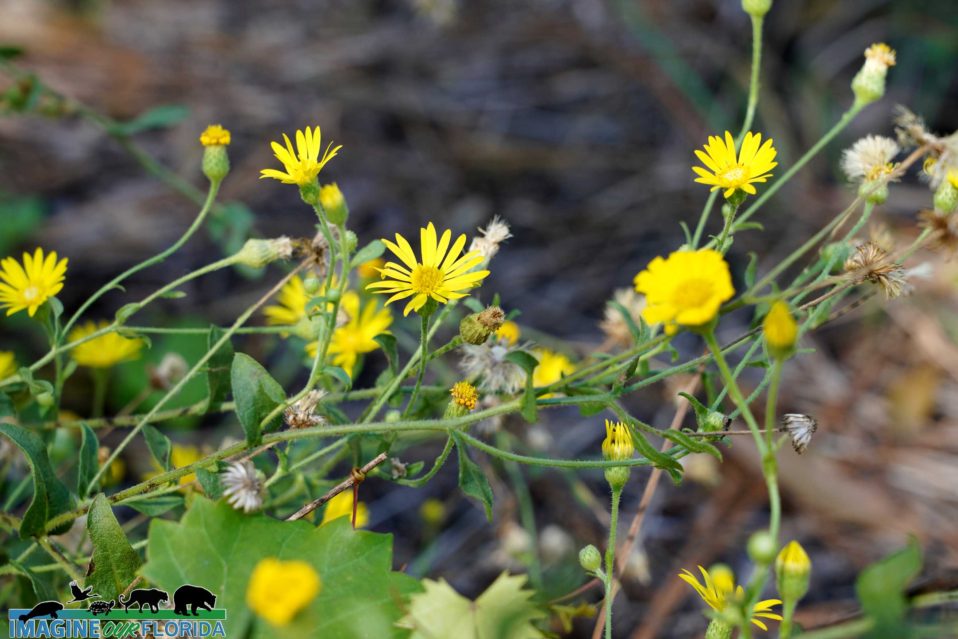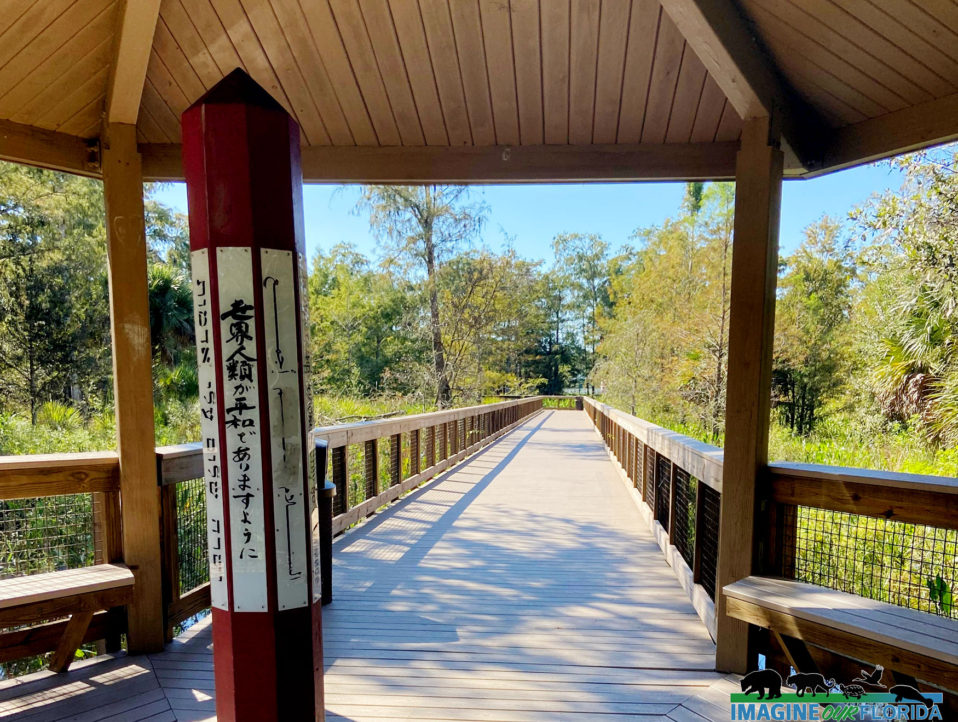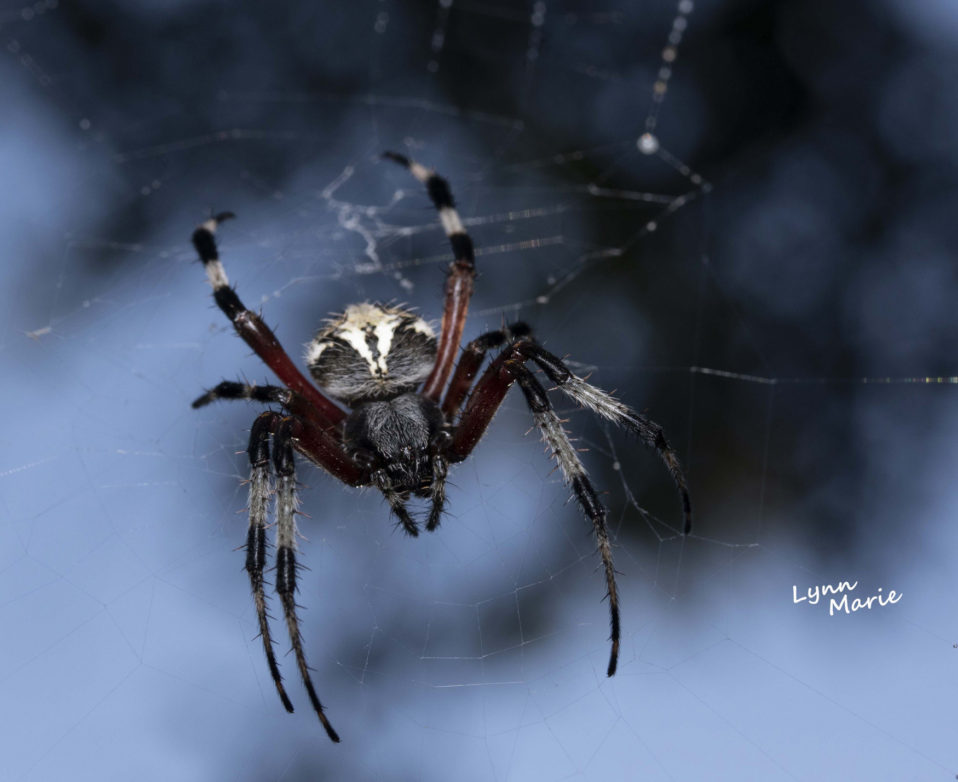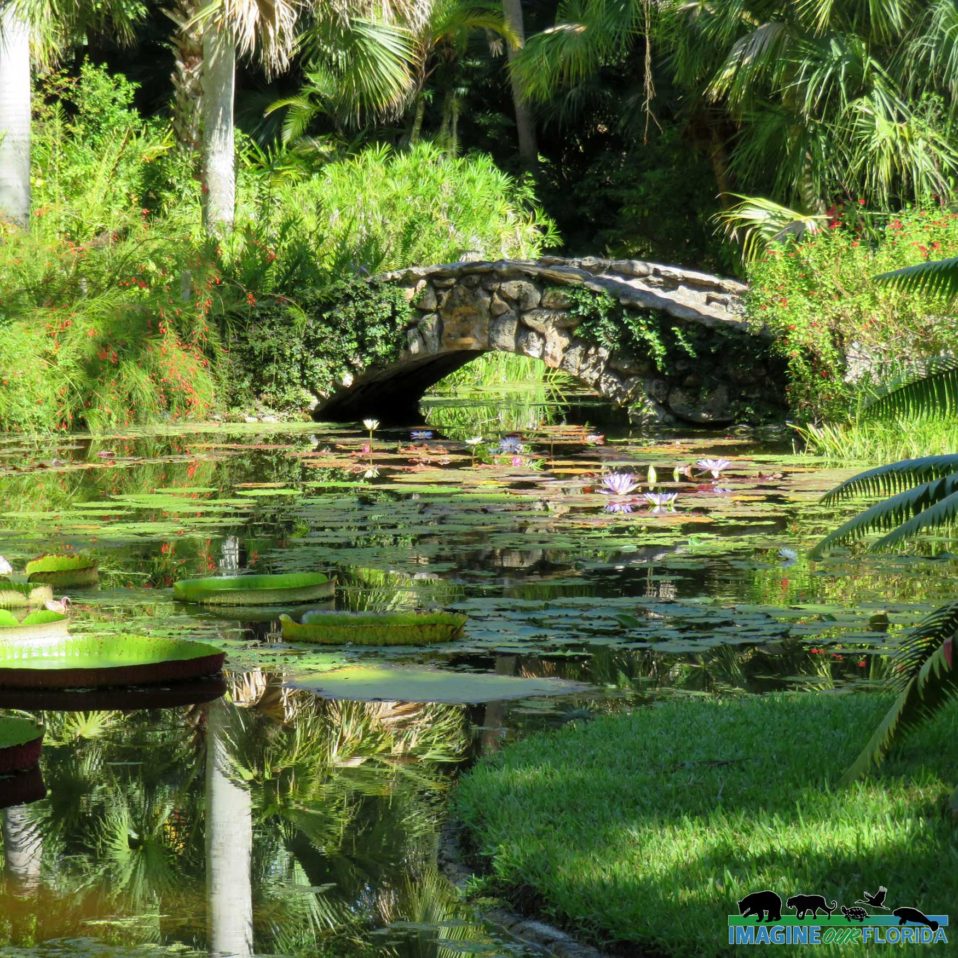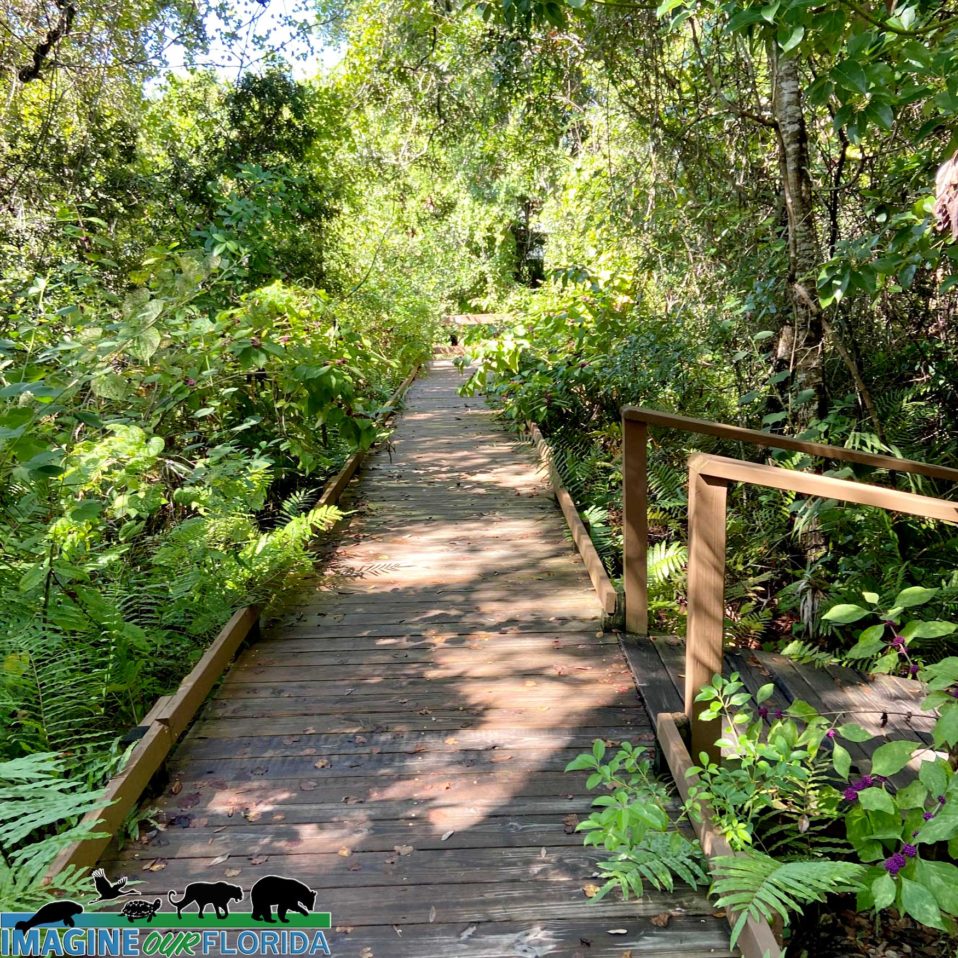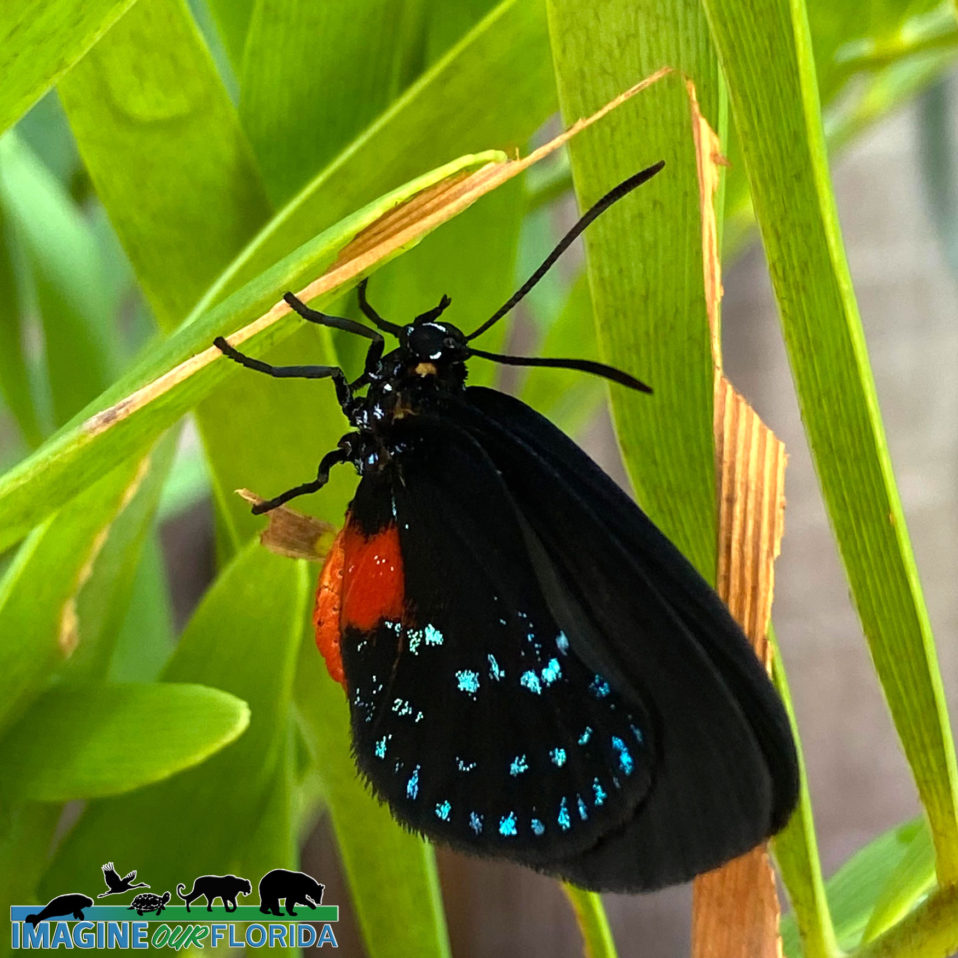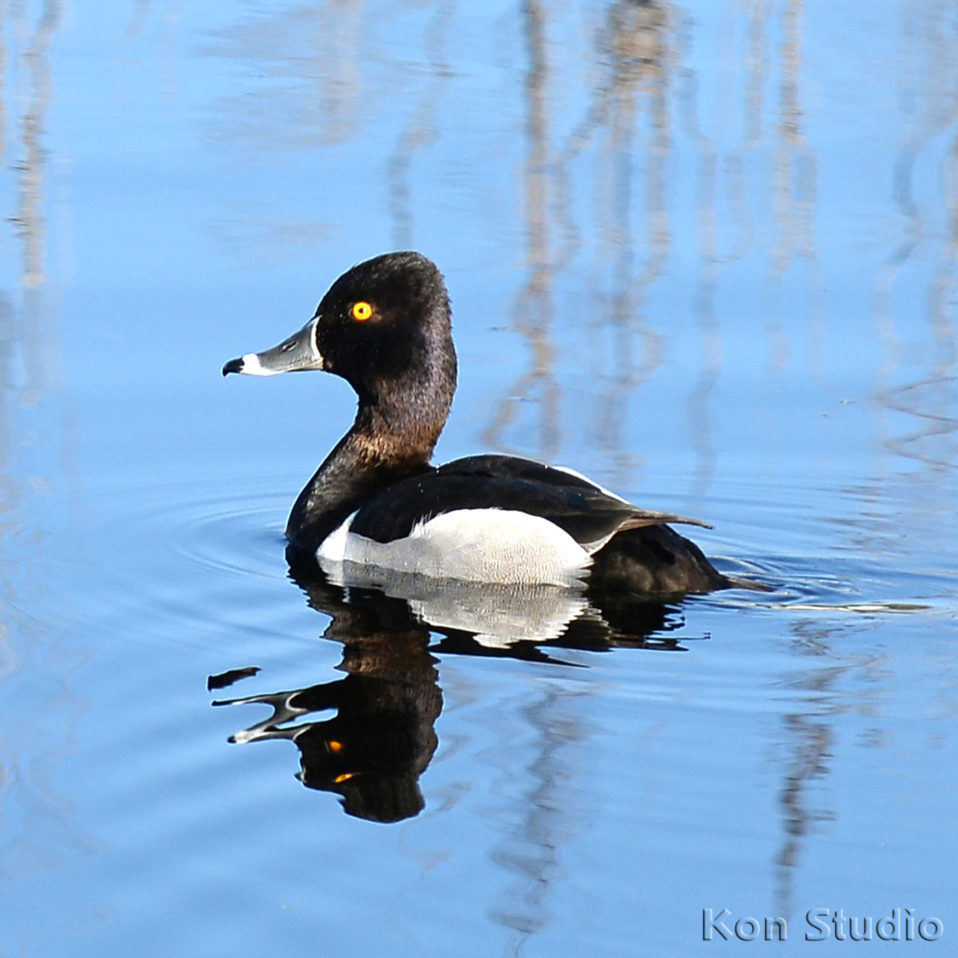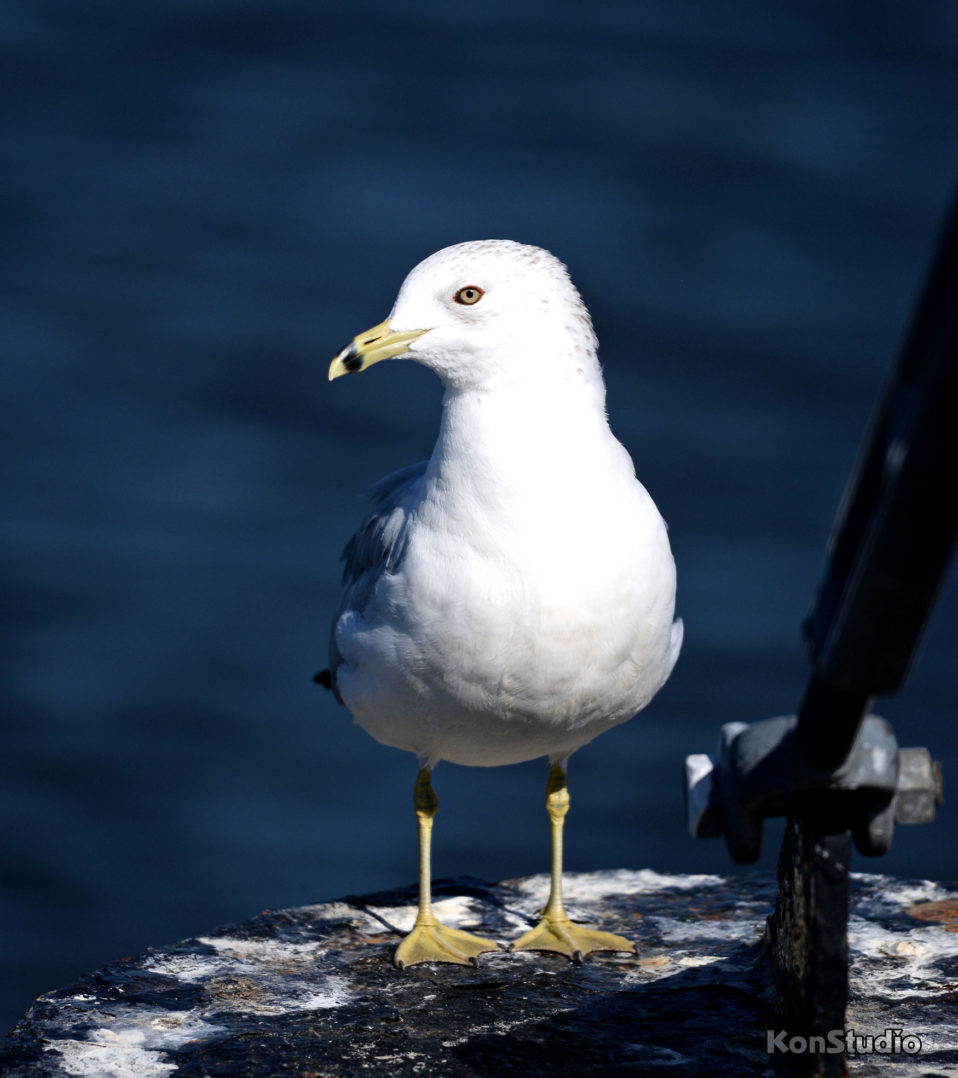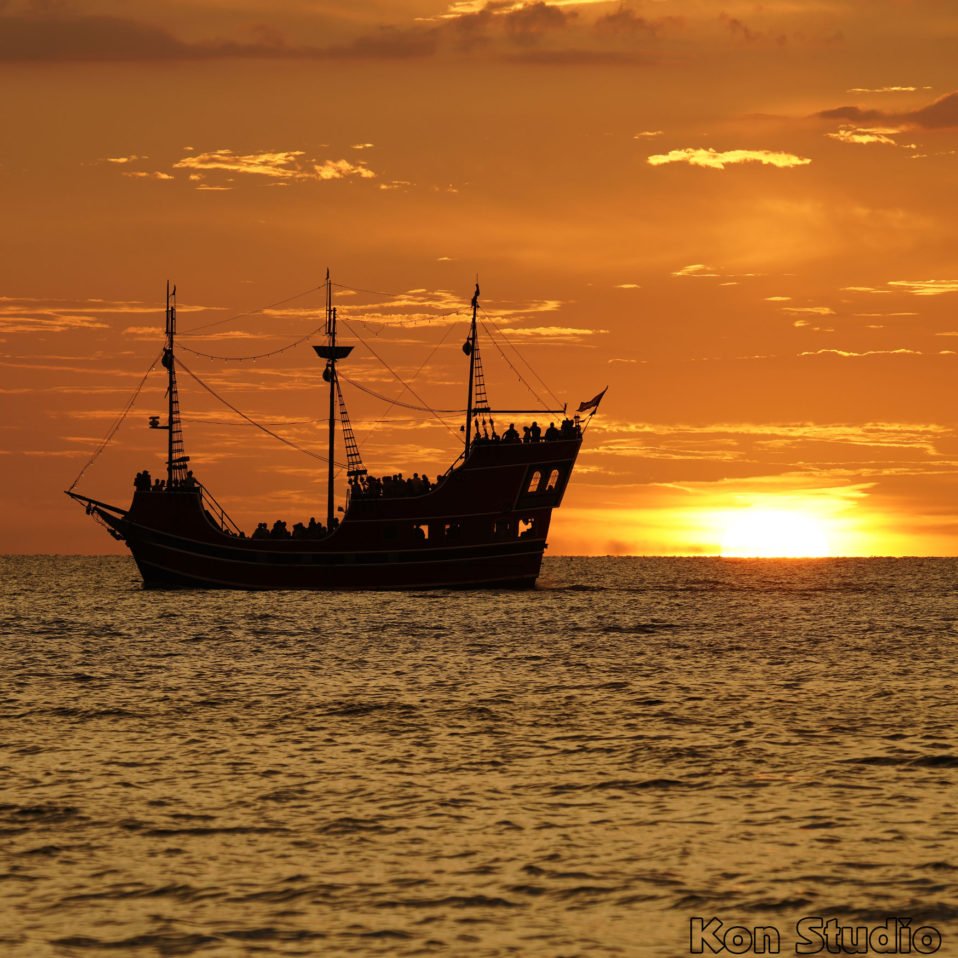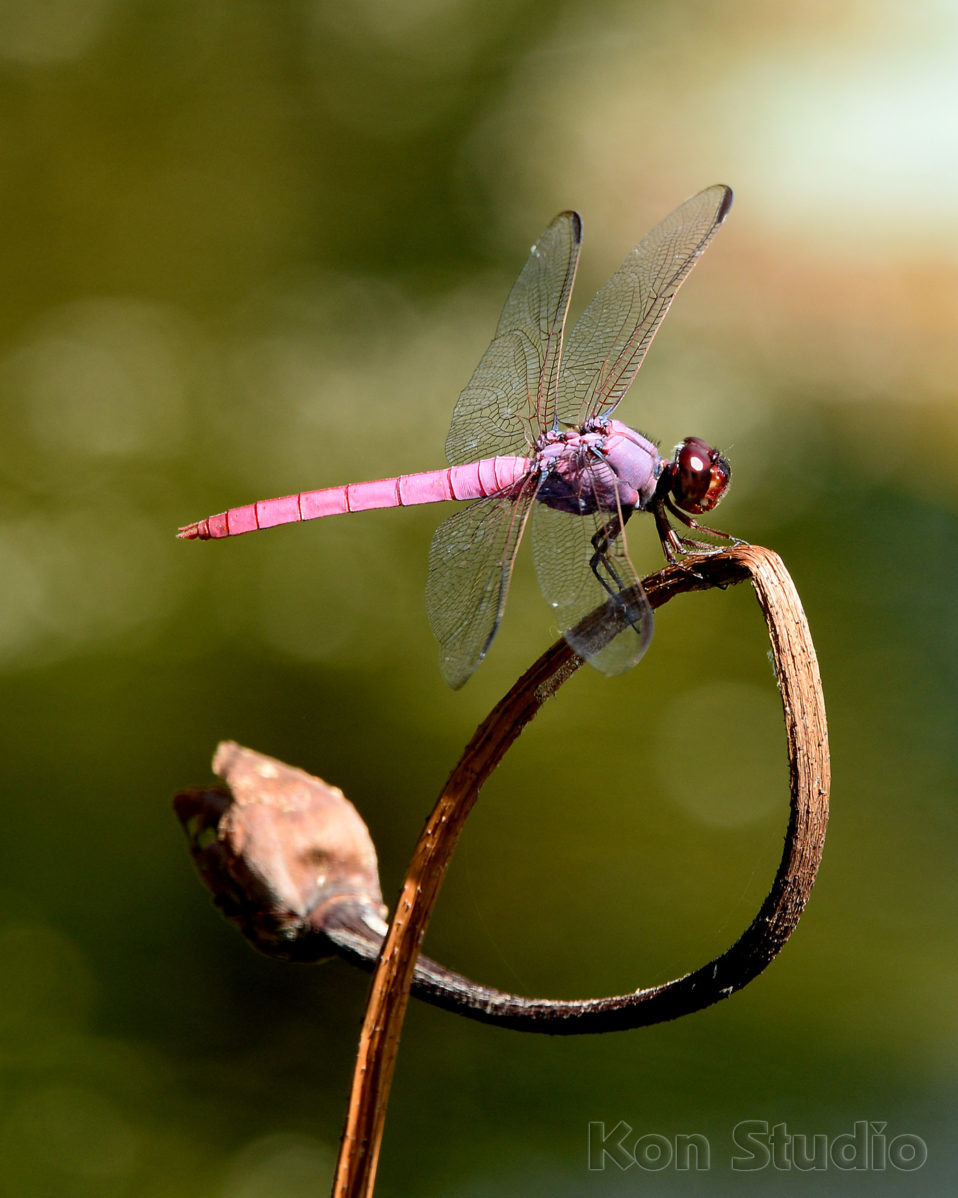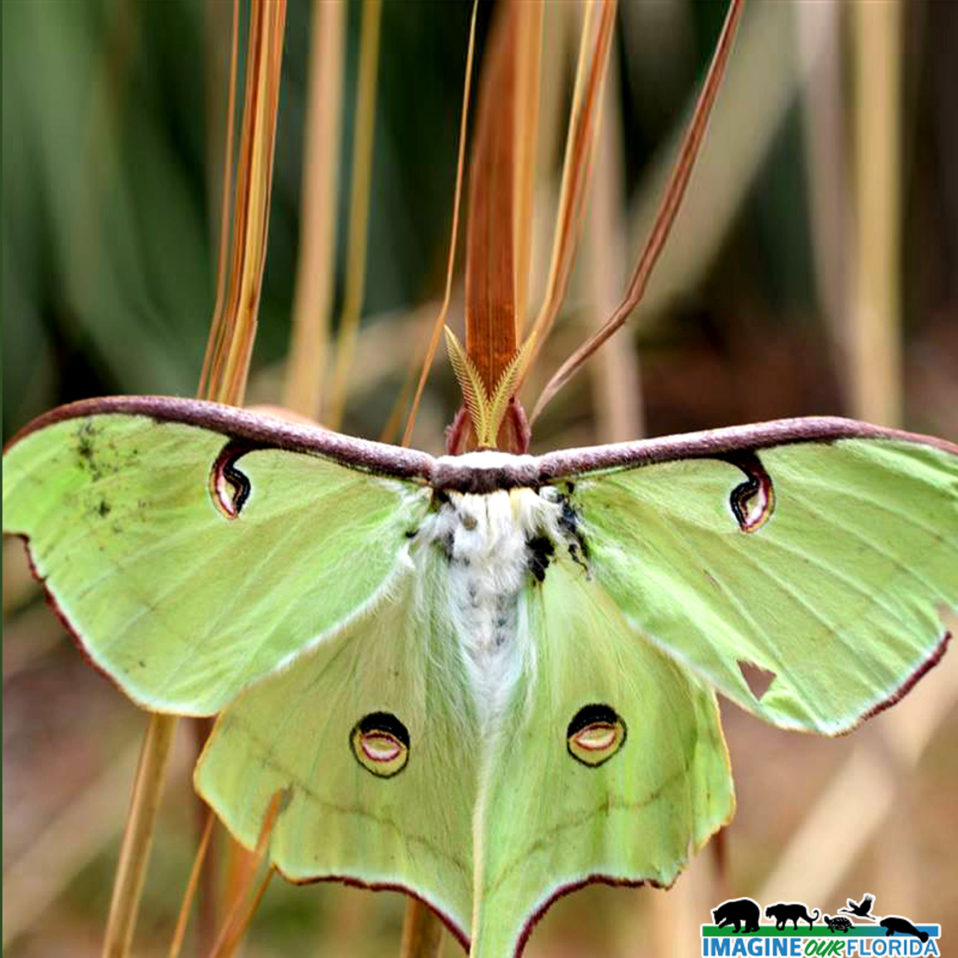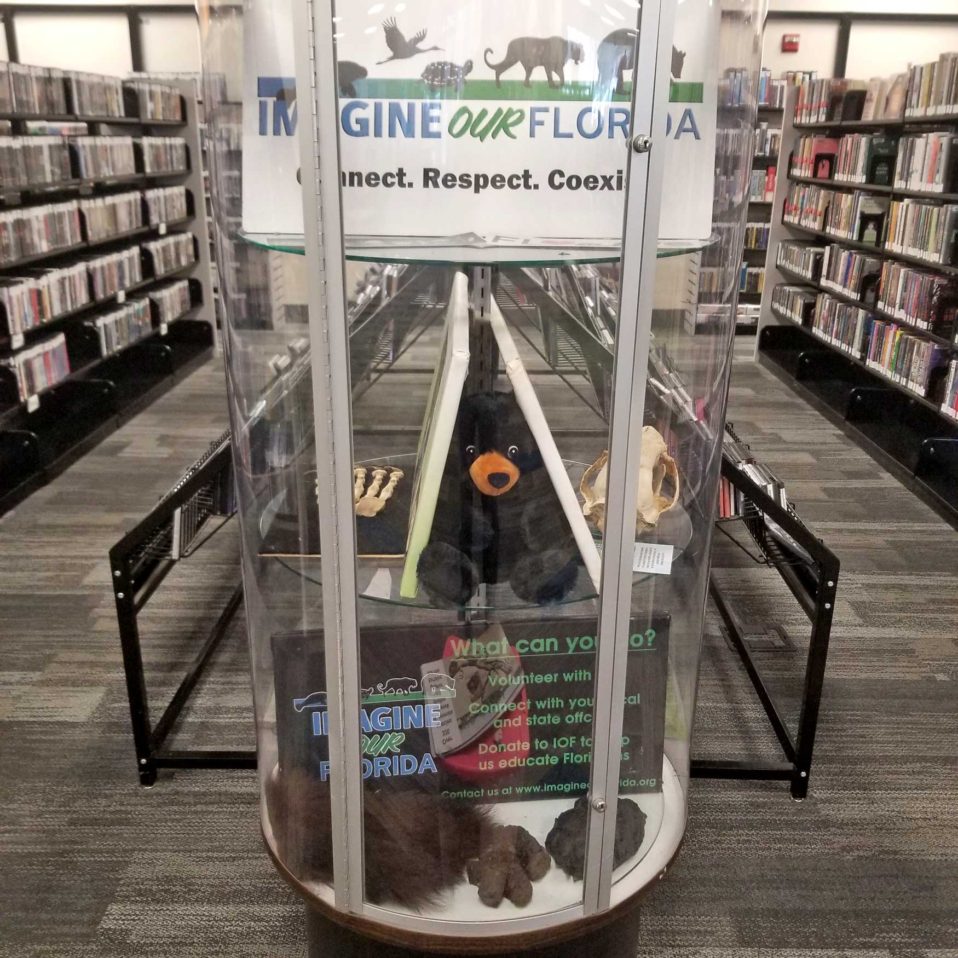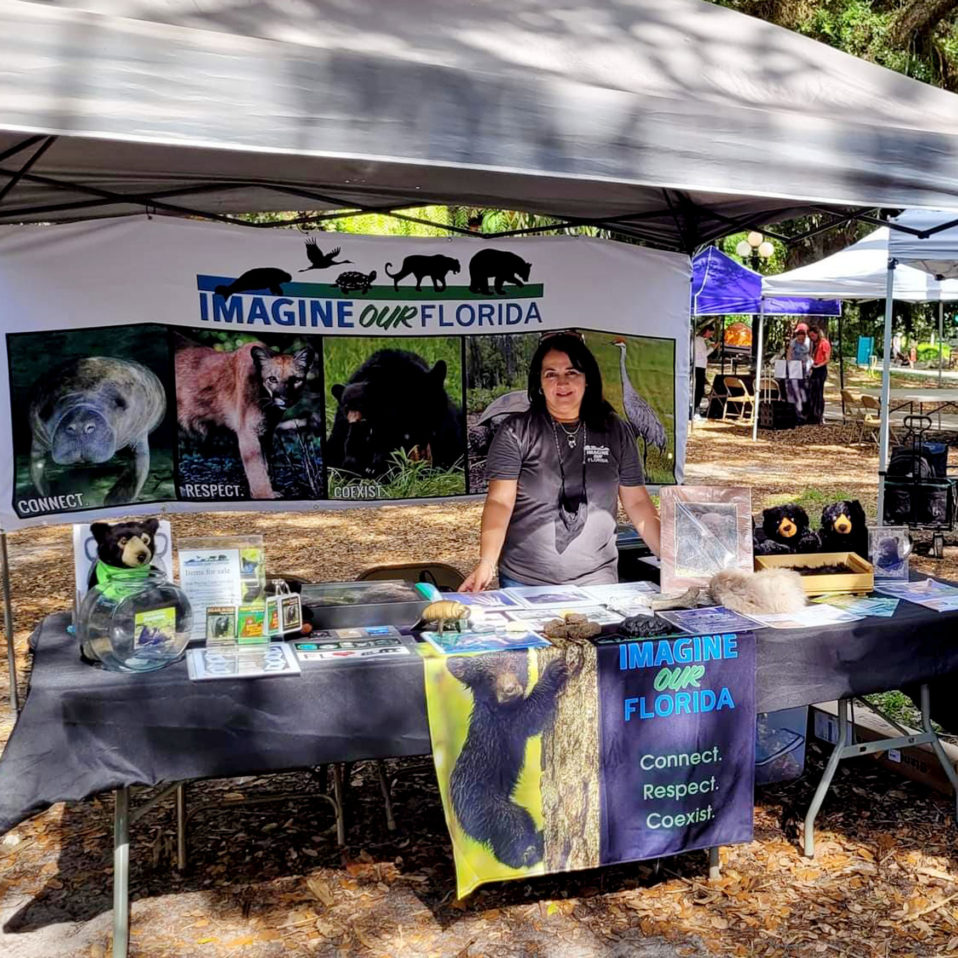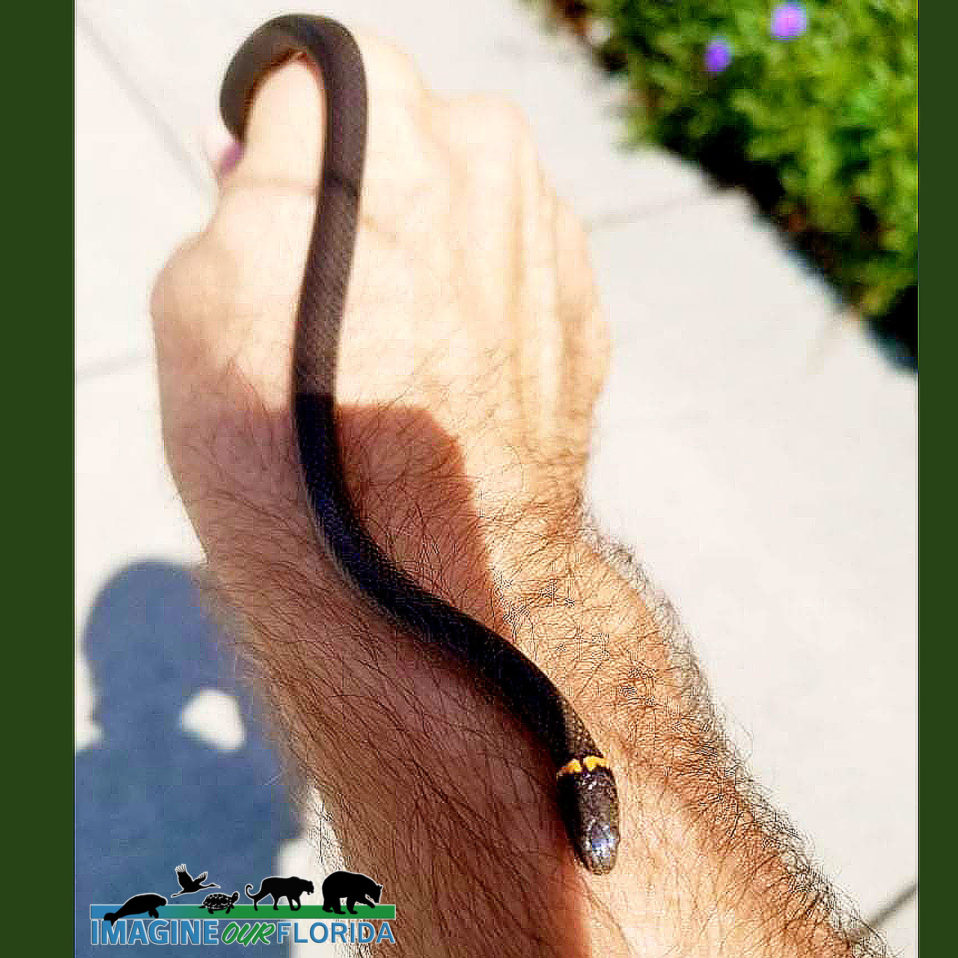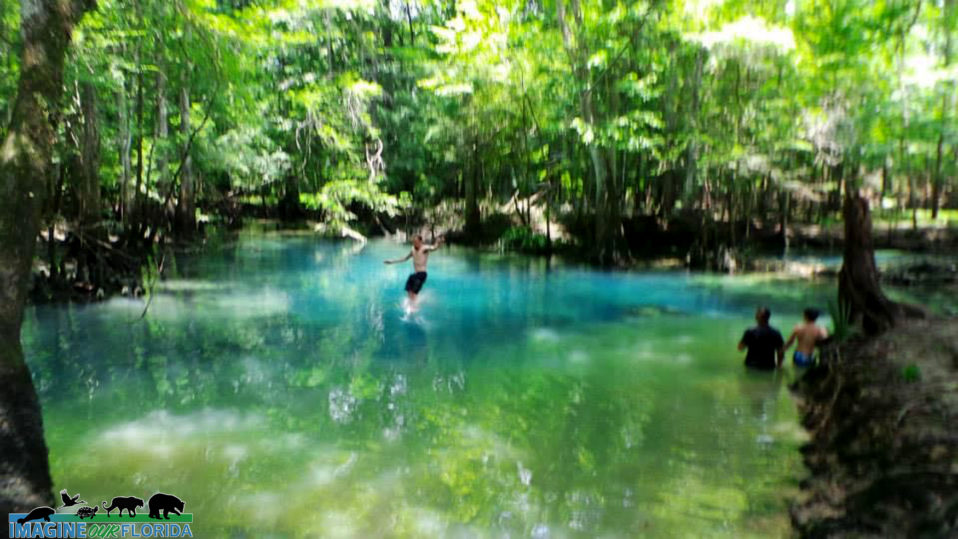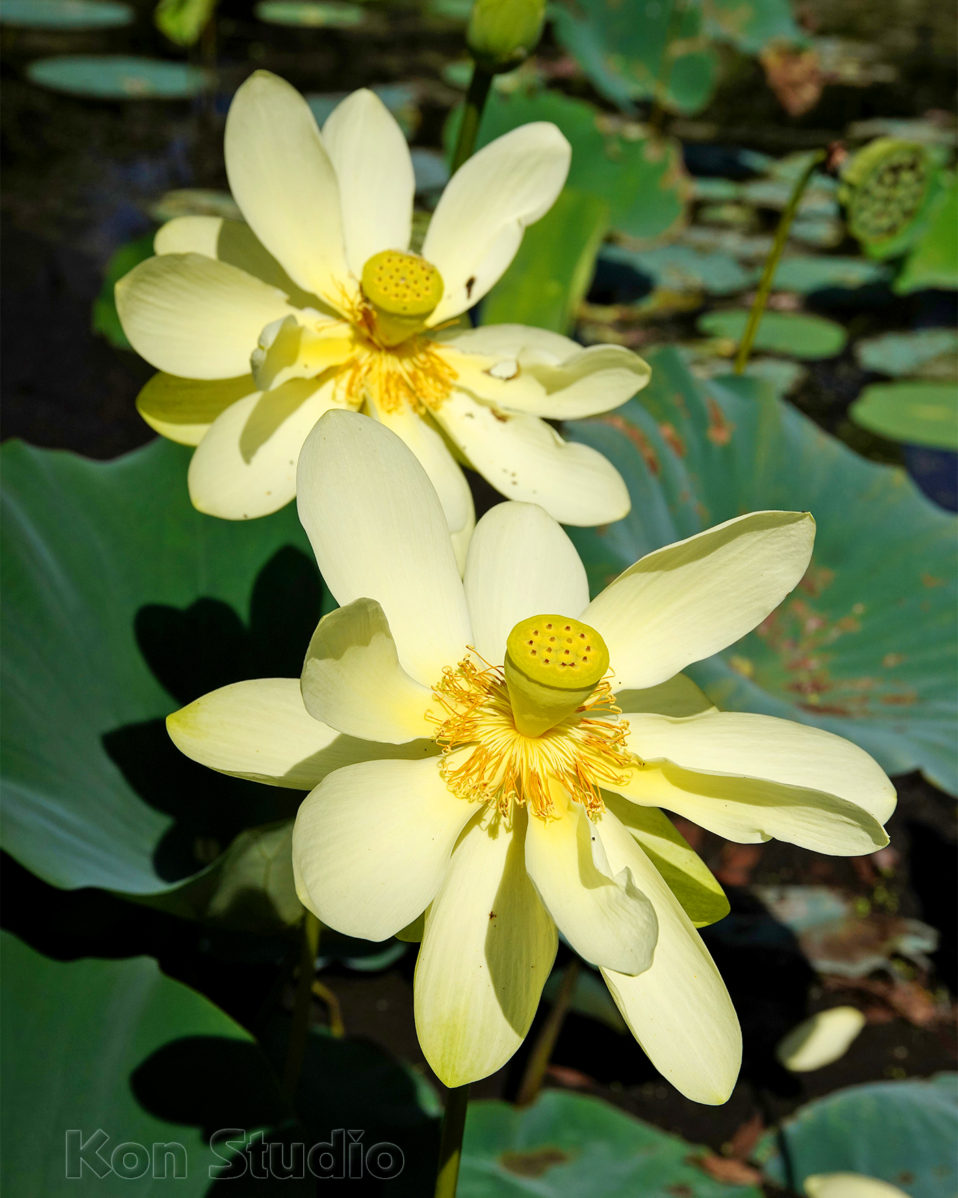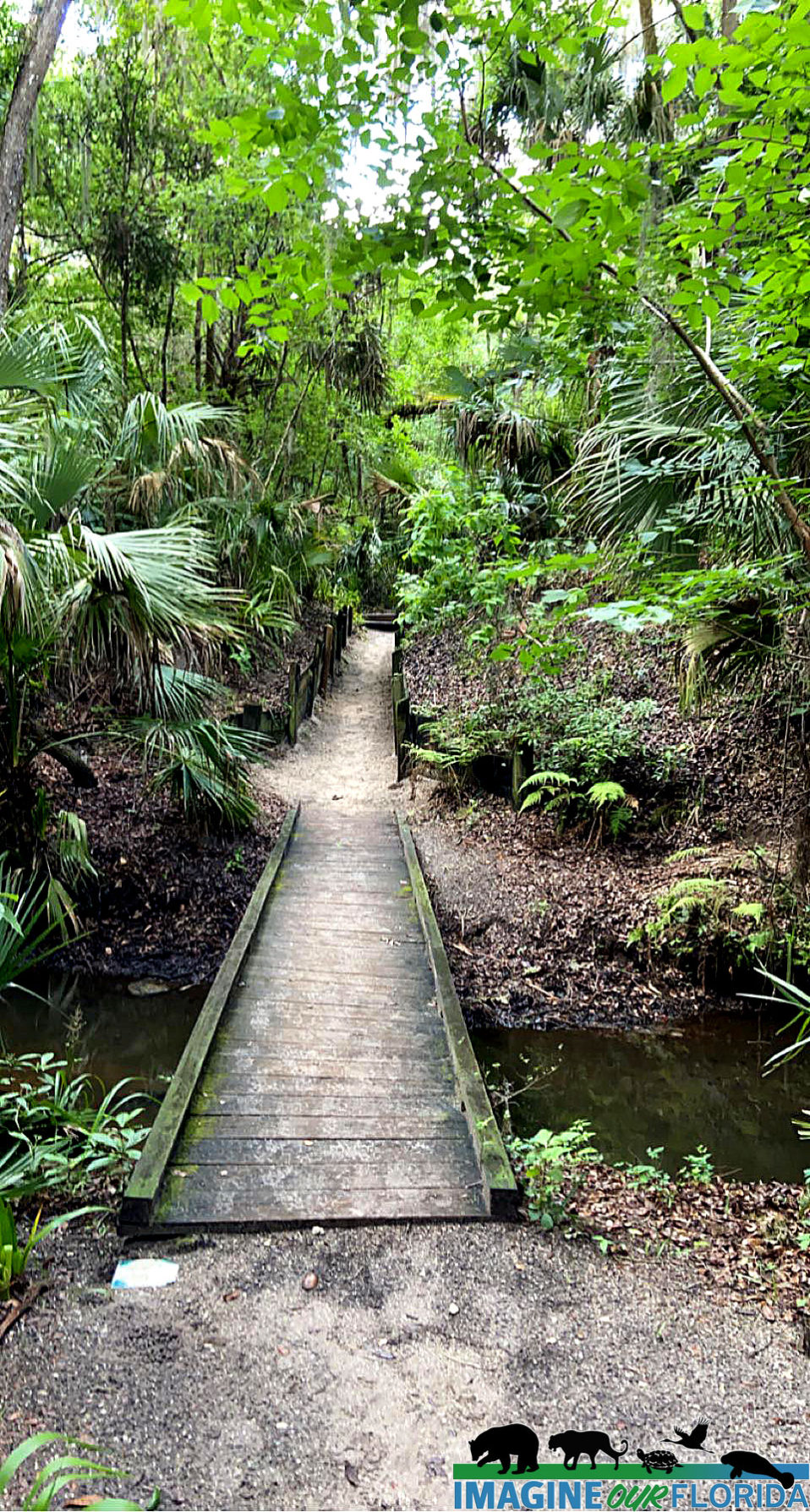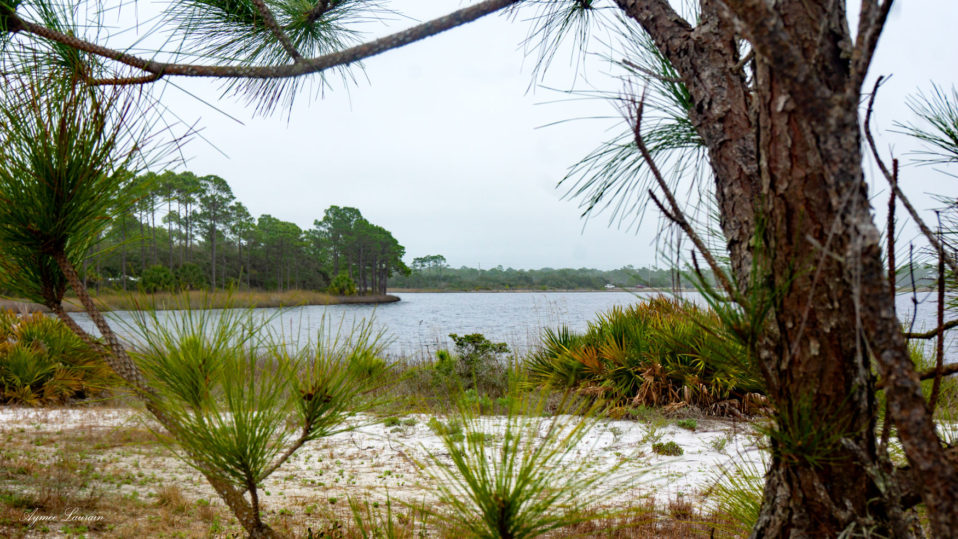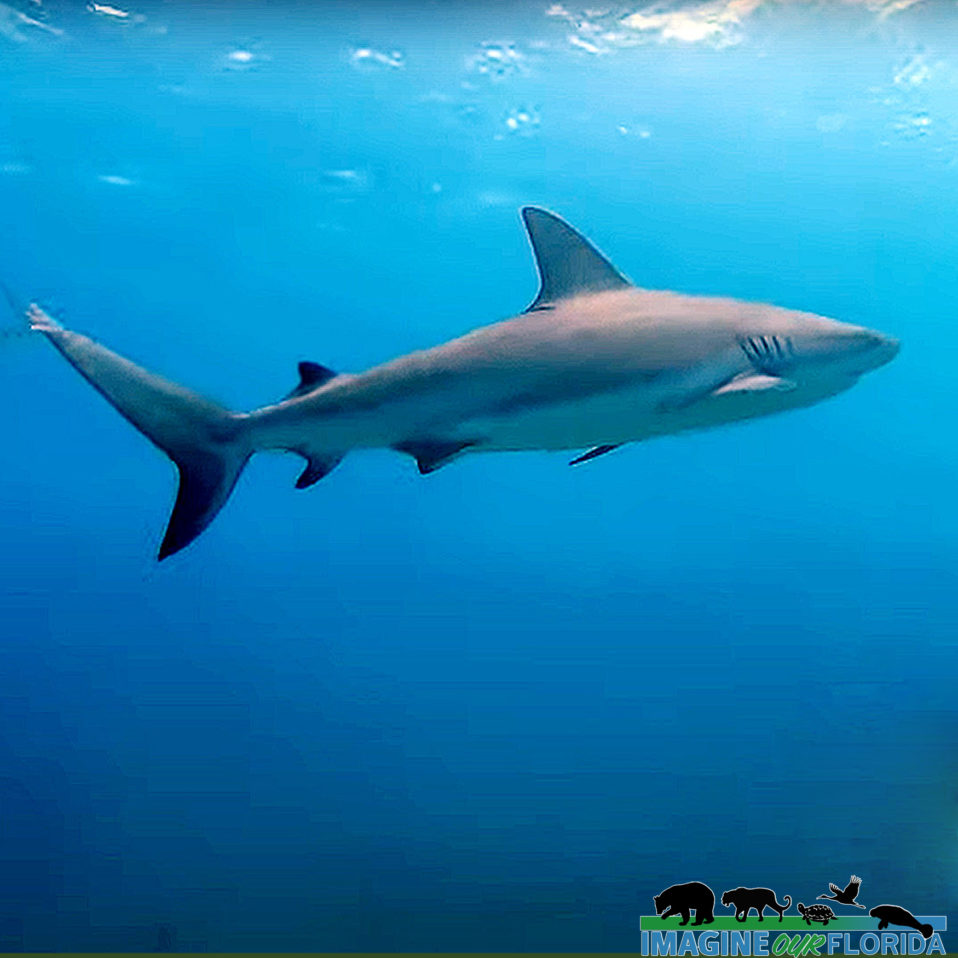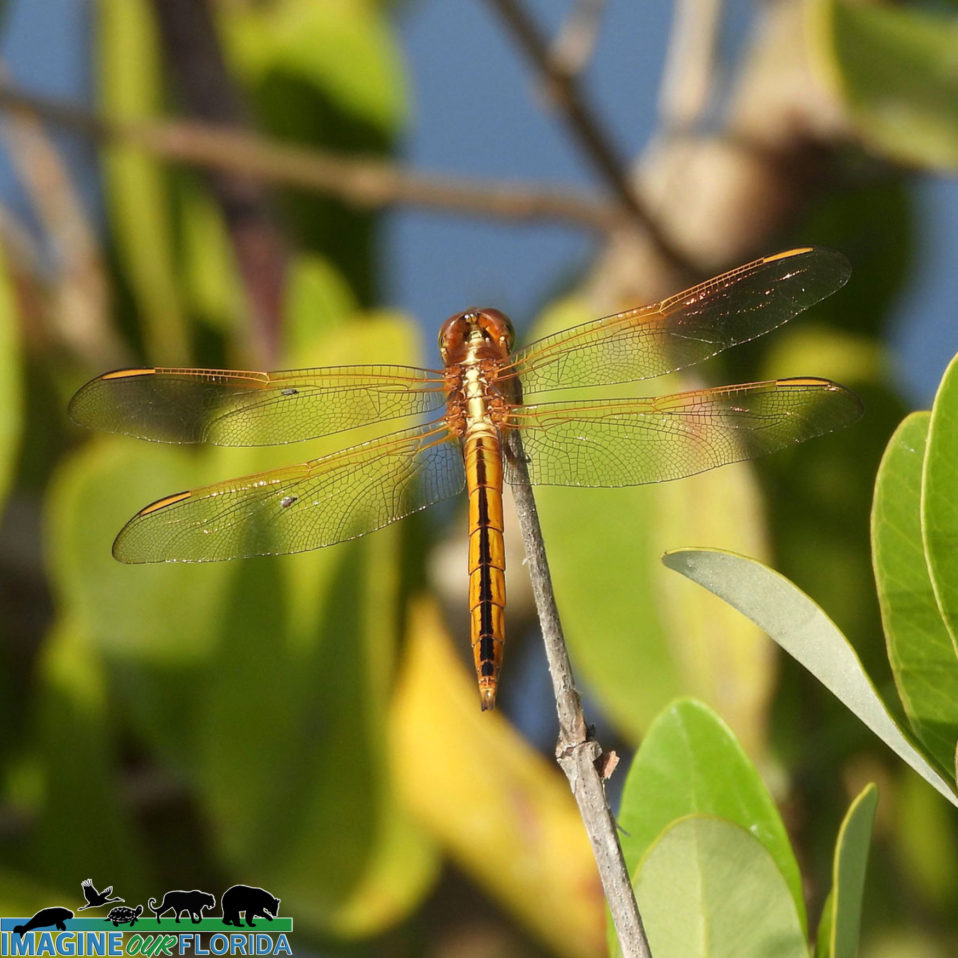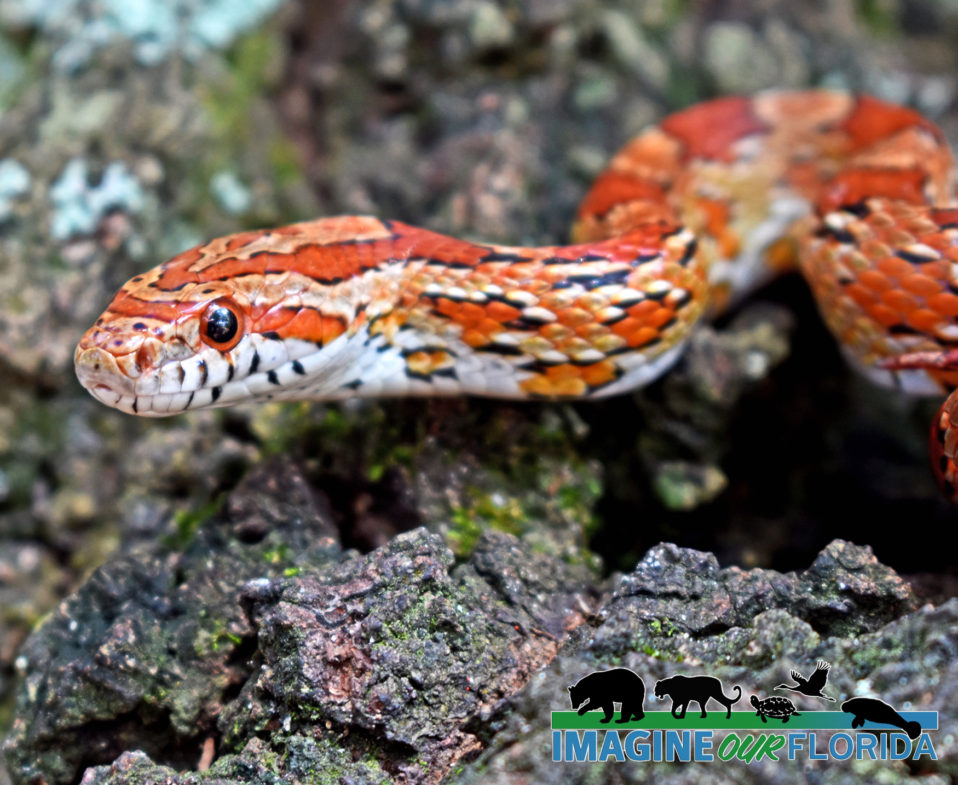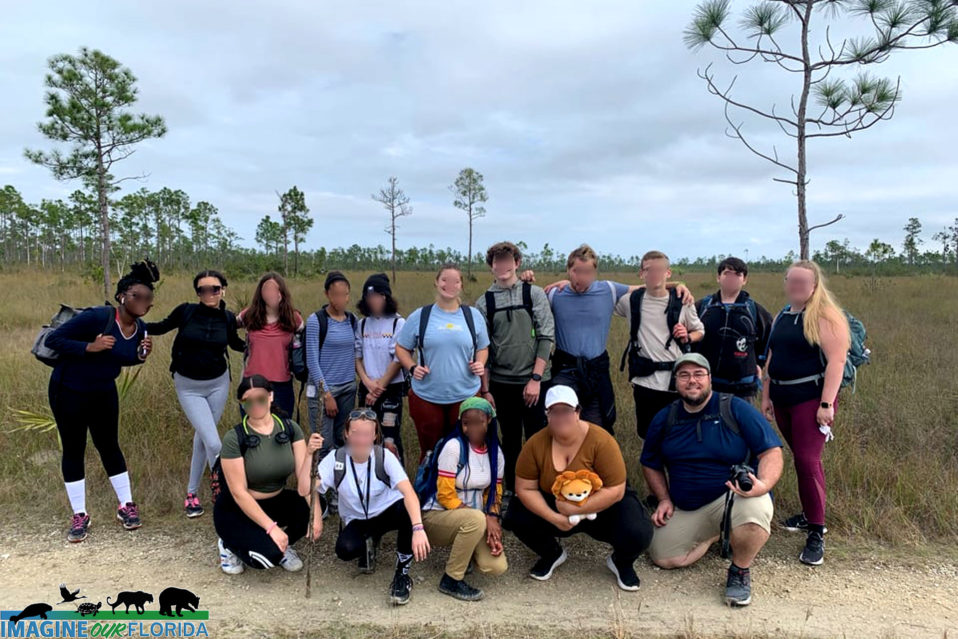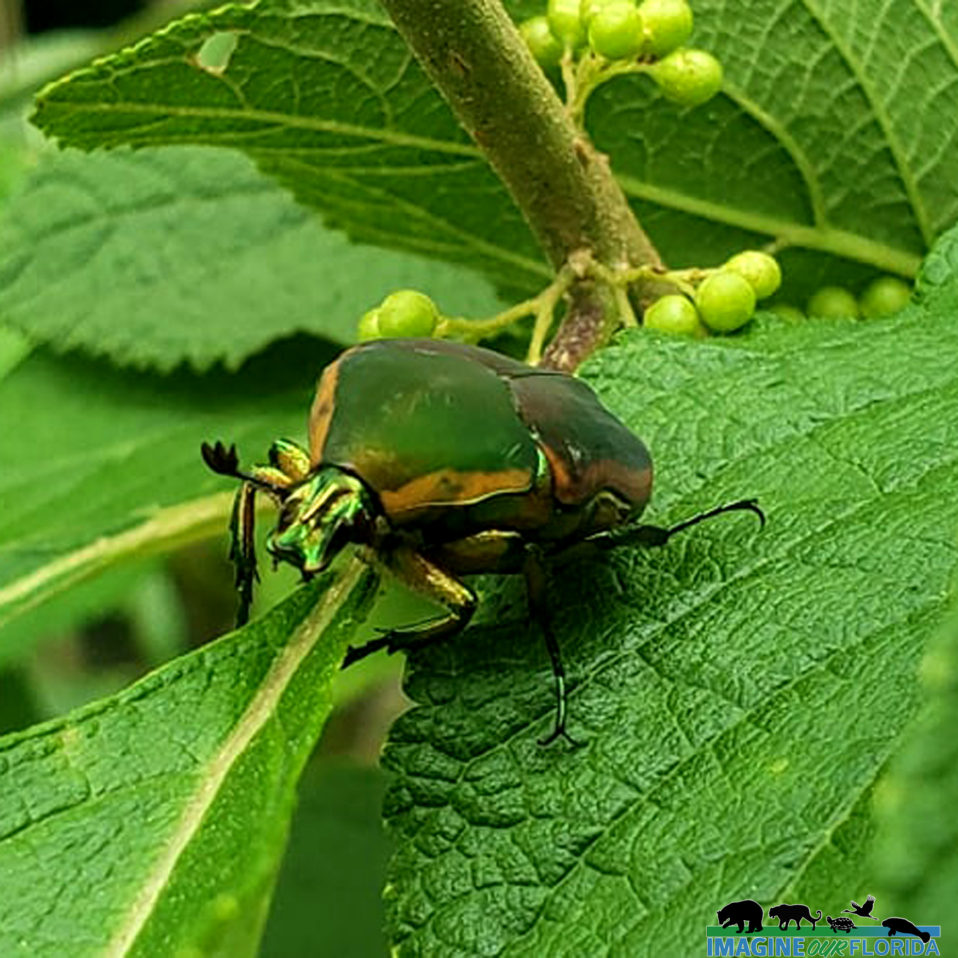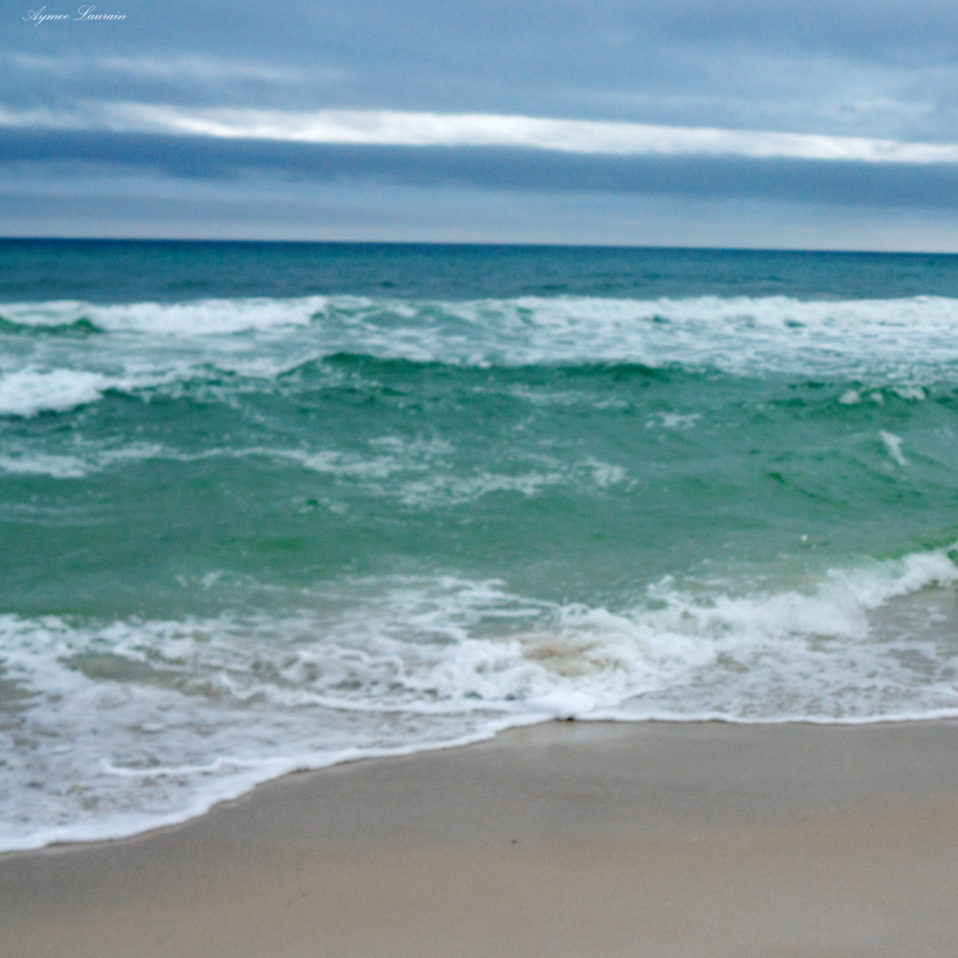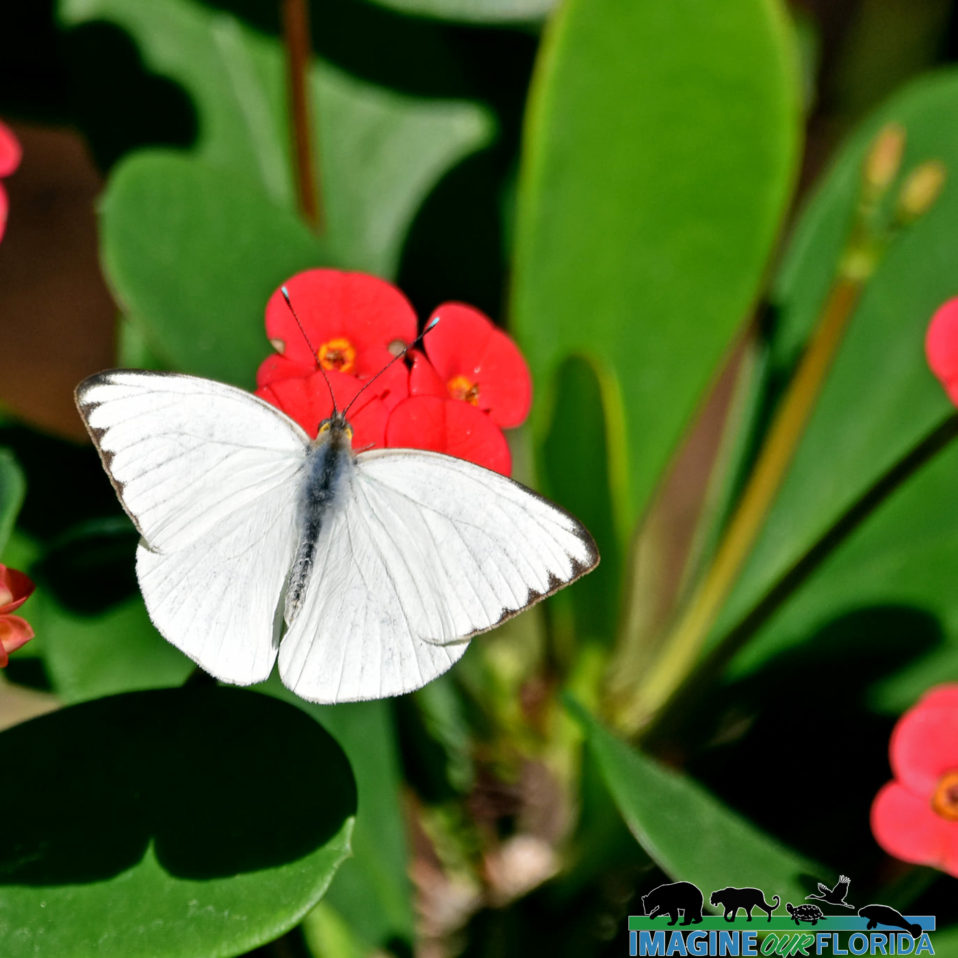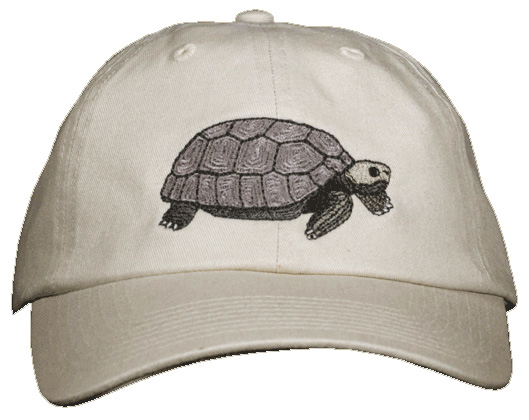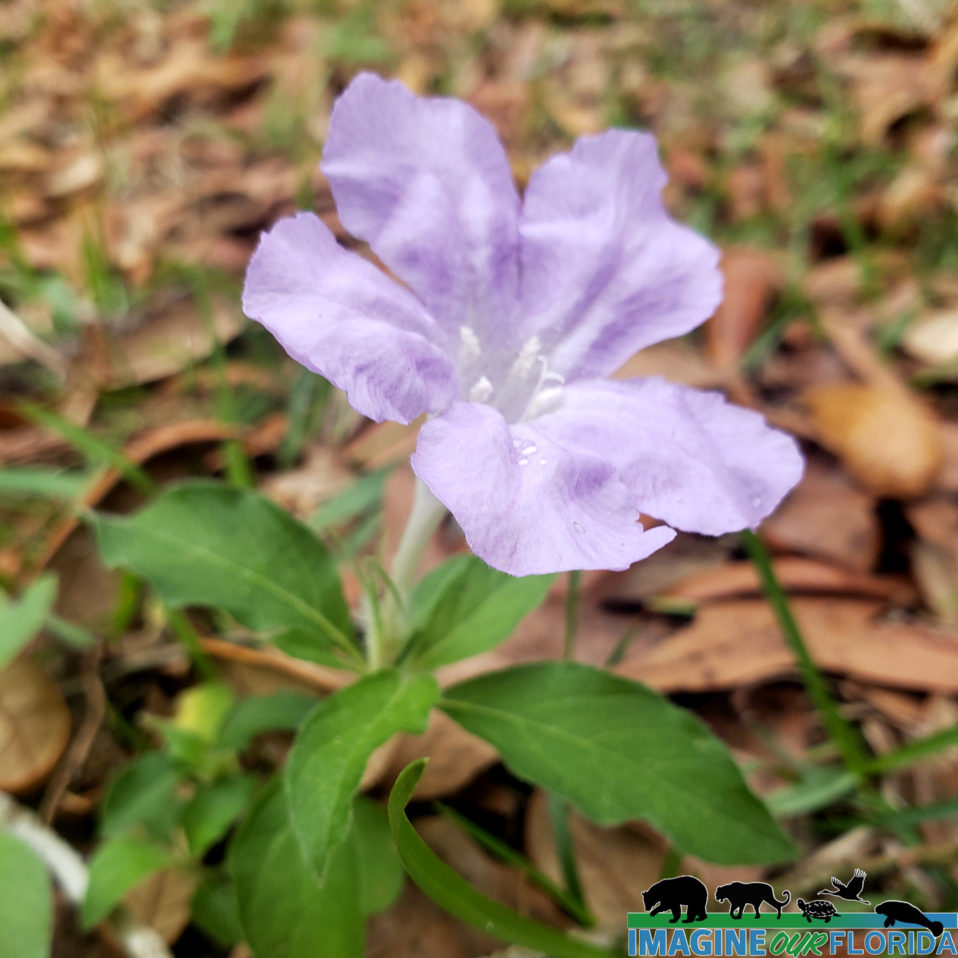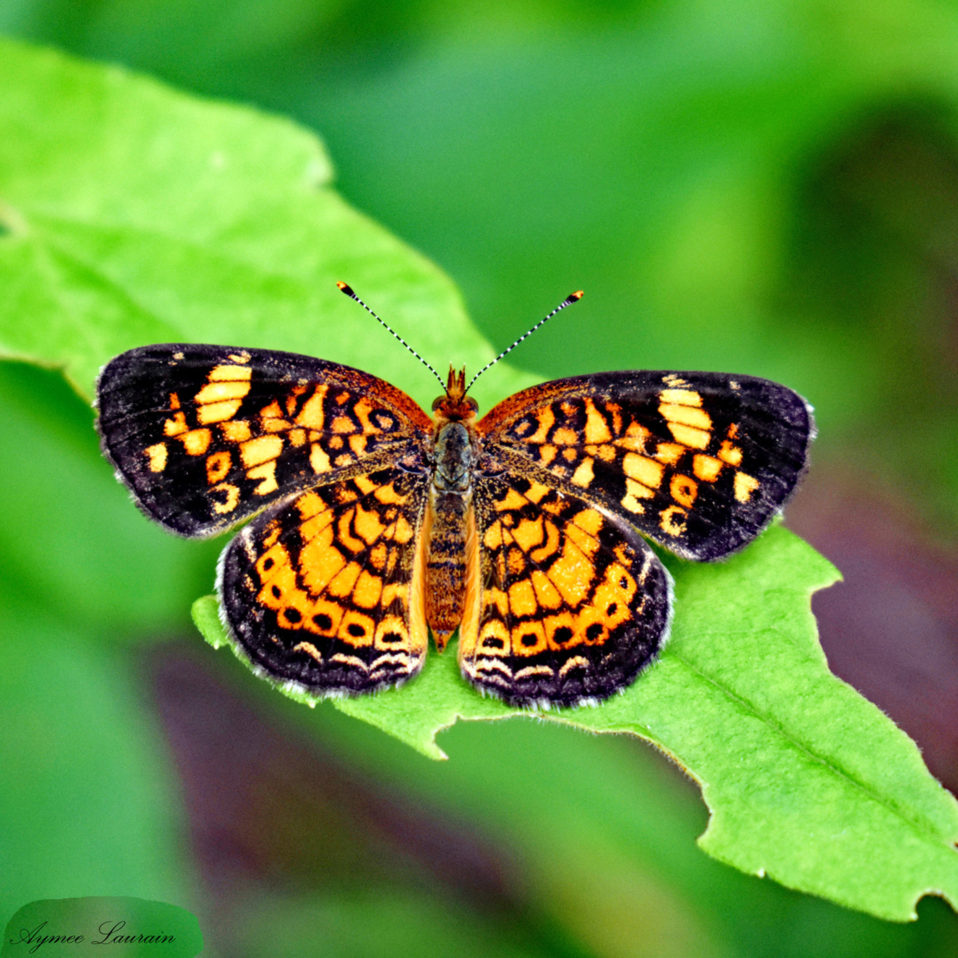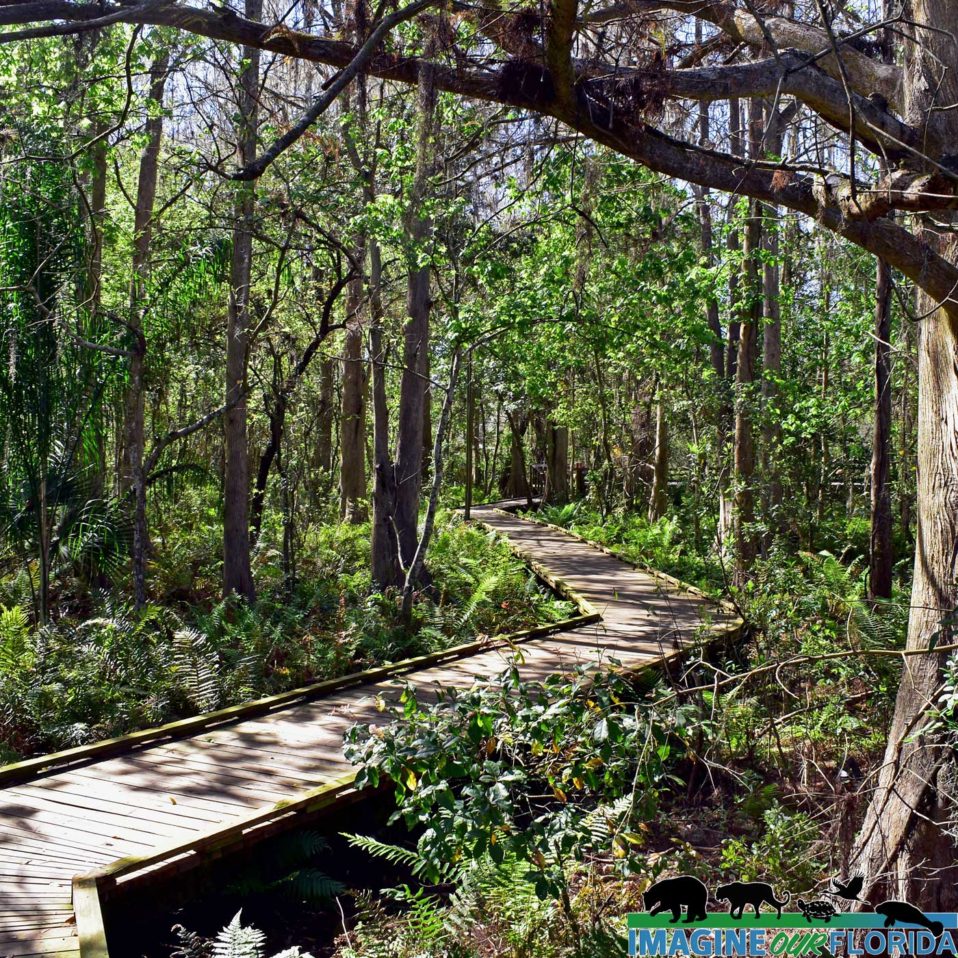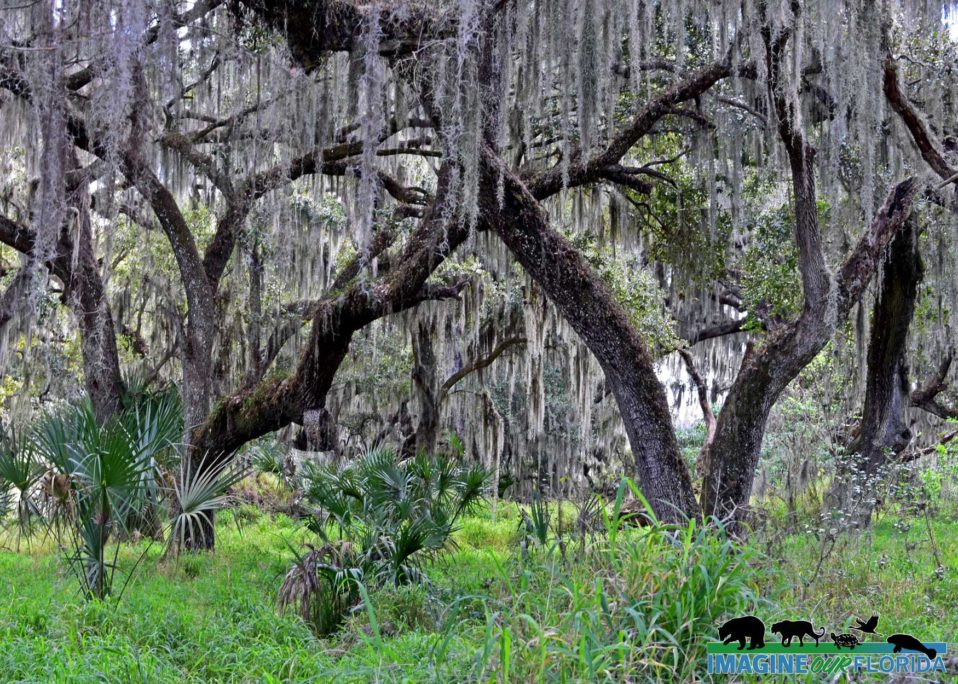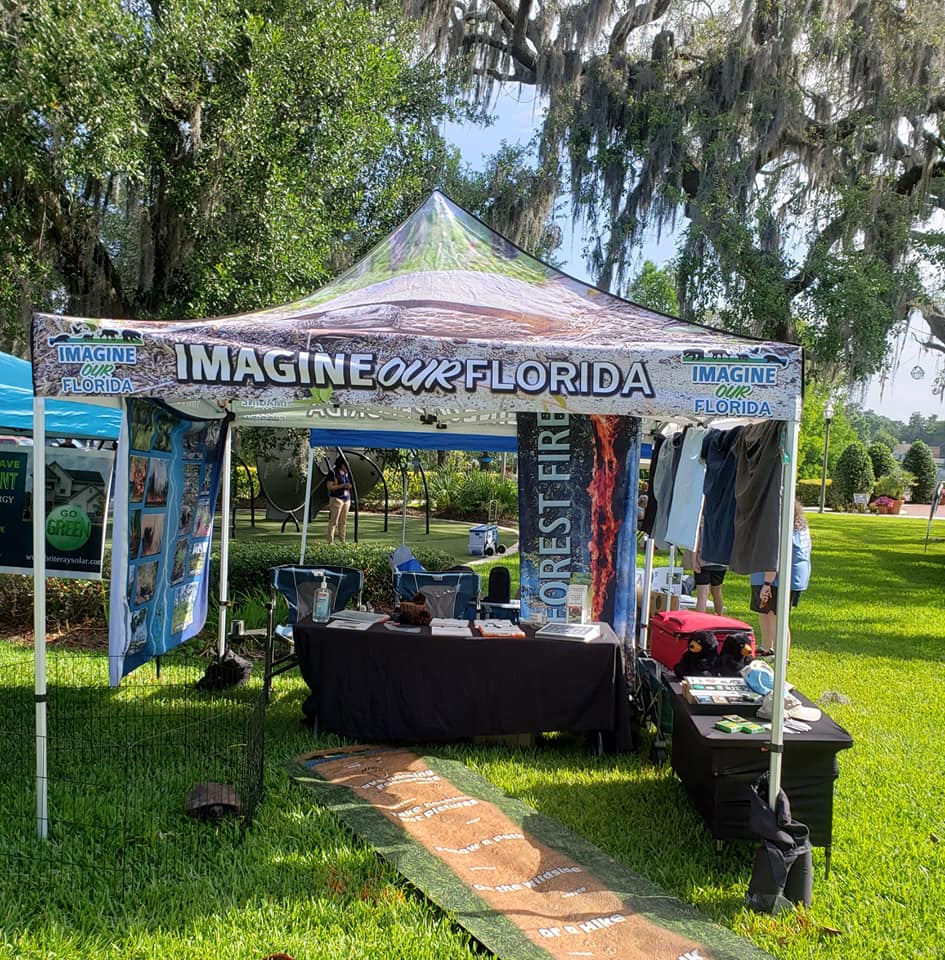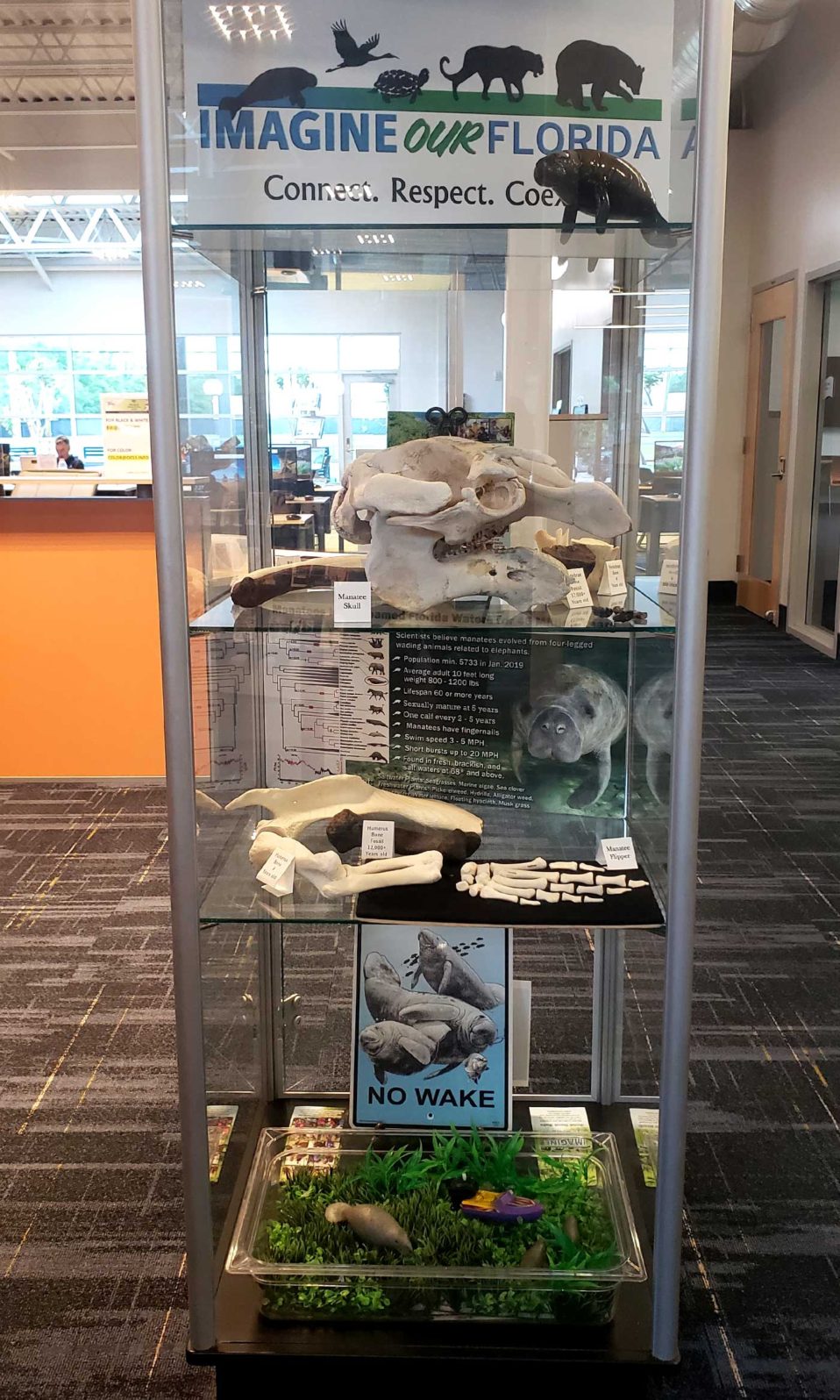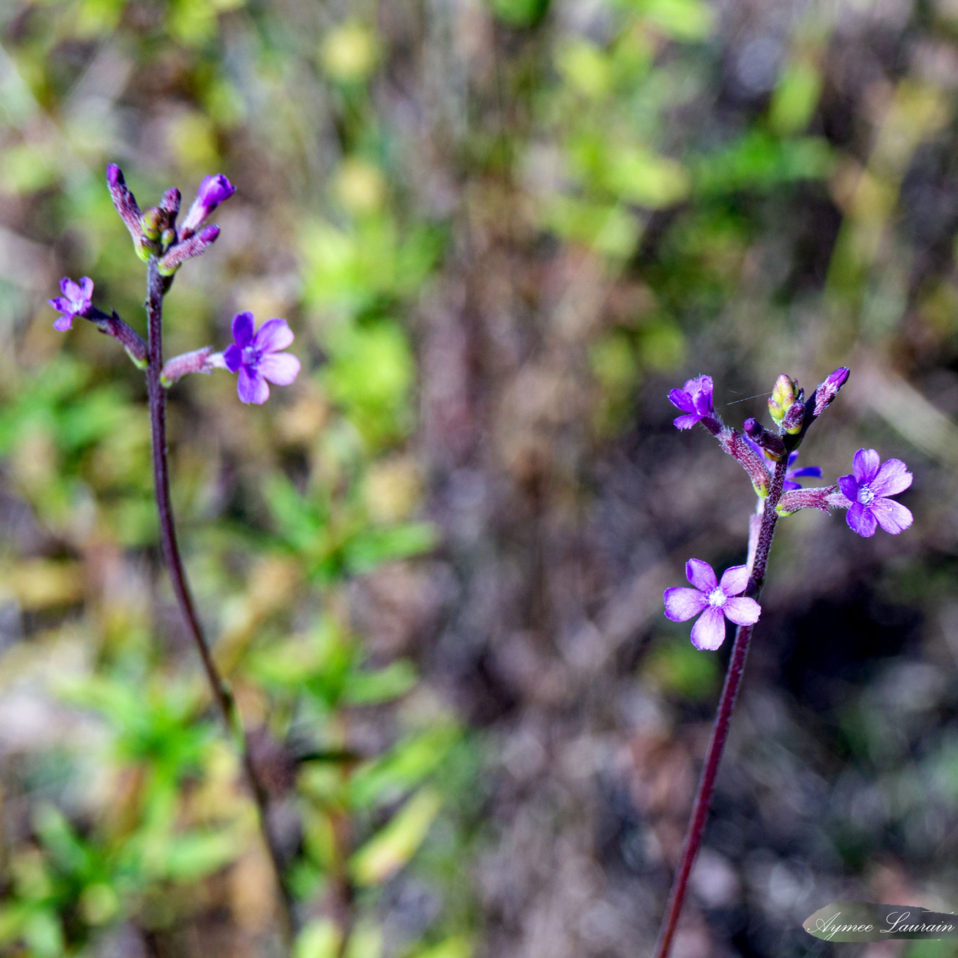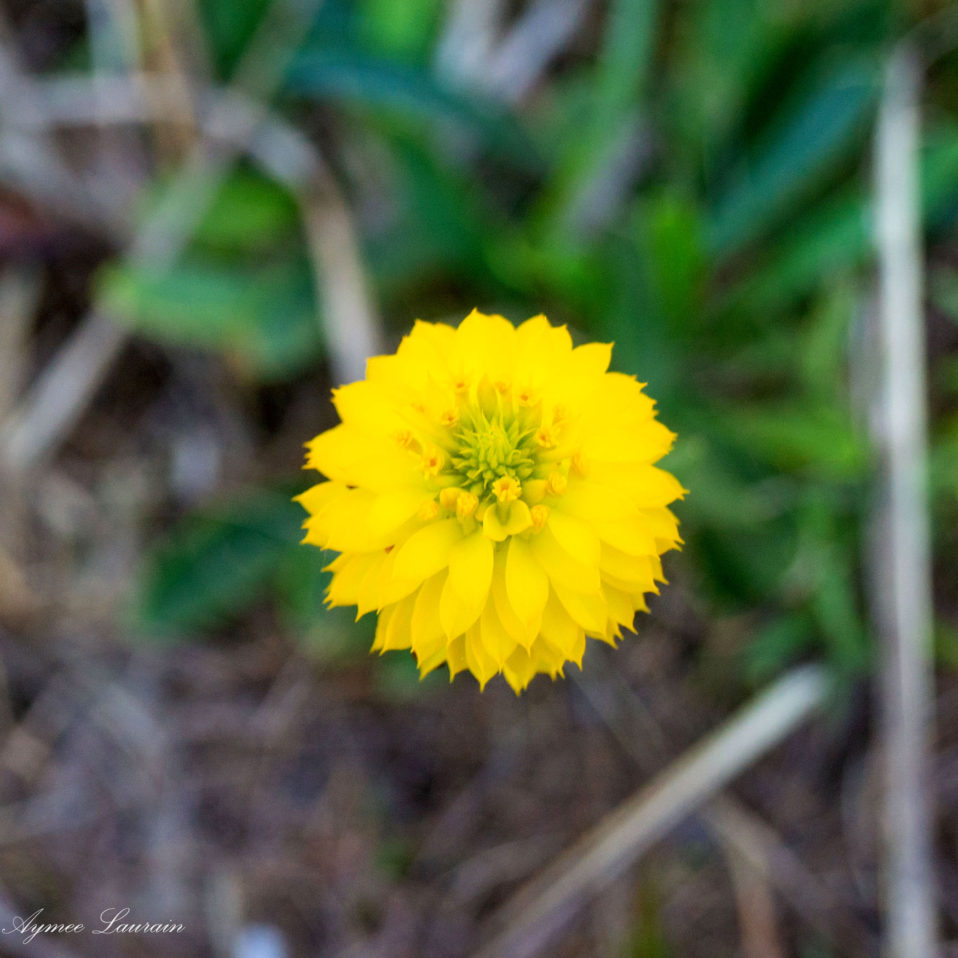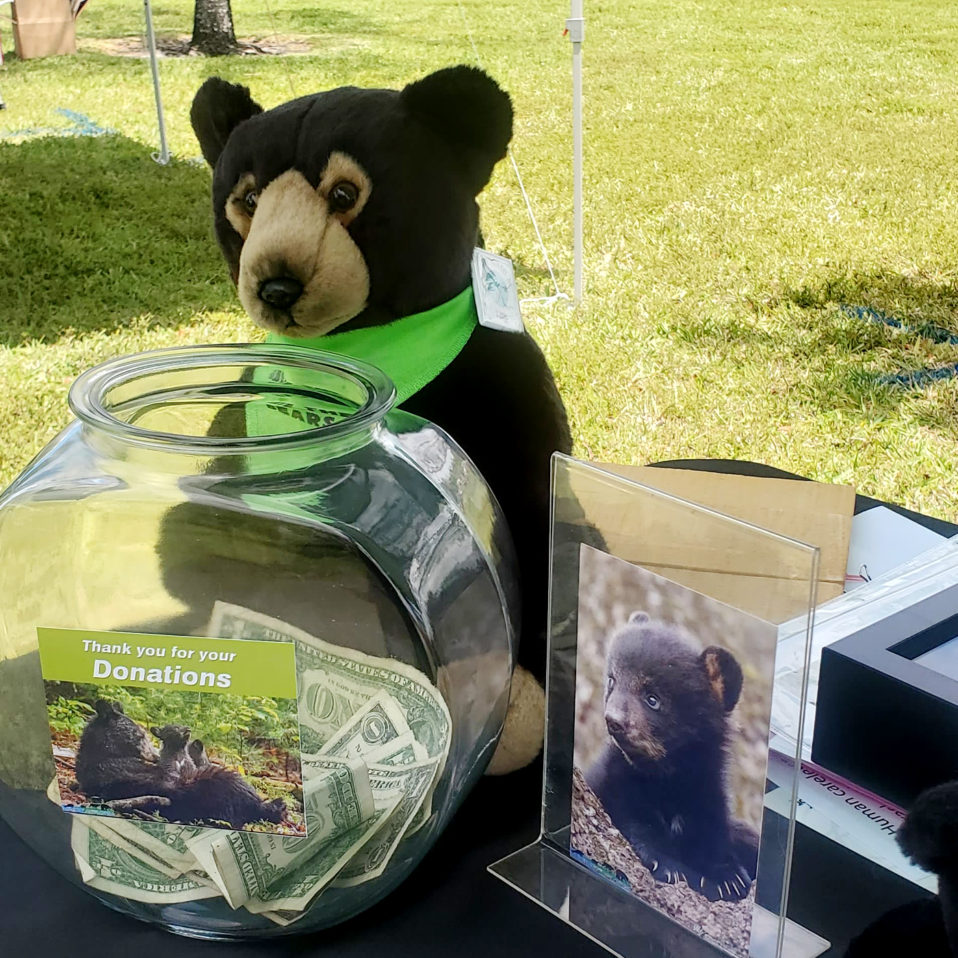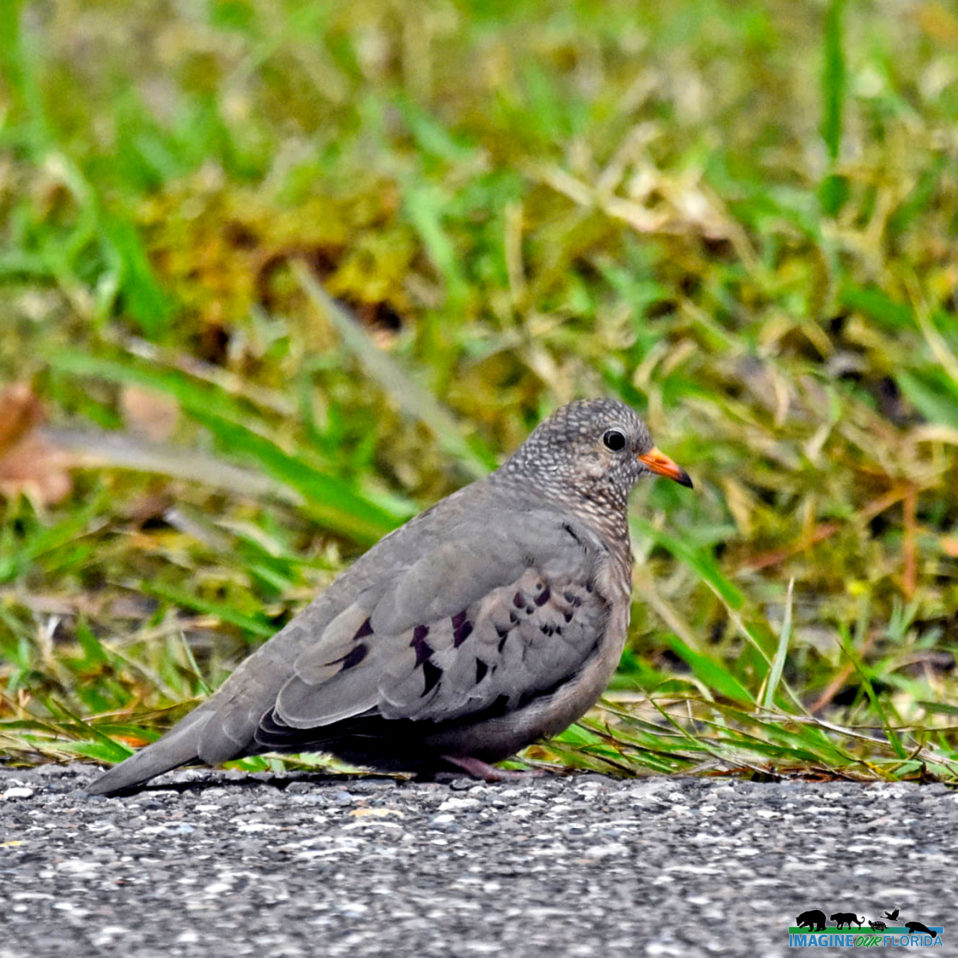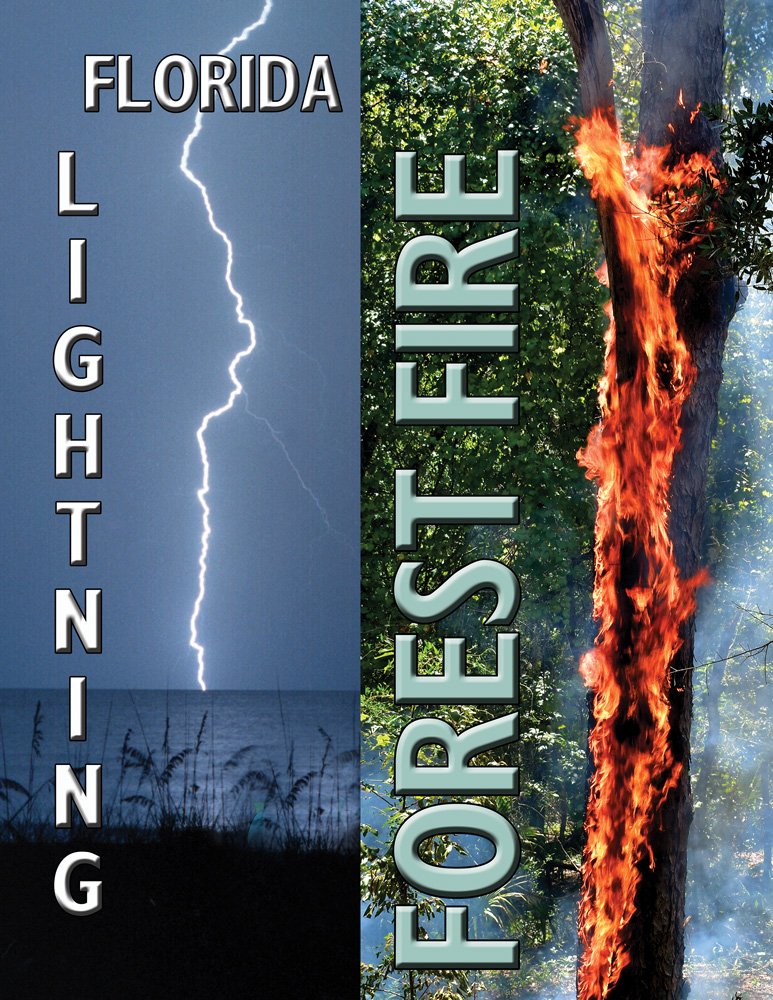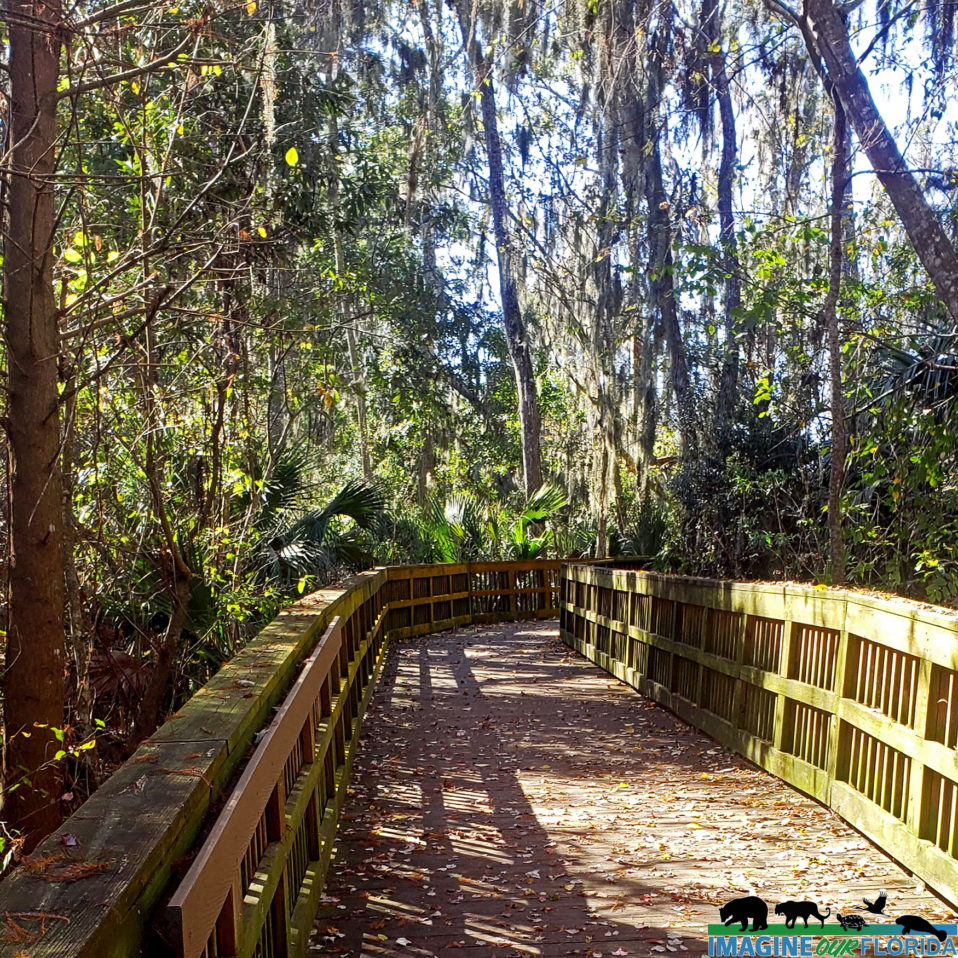Bok Tower Gardens
Bok Tower Gardens is a serene must-see place that needs to be added to your must-visit list. There are amazing sights and loads of enlightenment in the gardens. Situated in Polk County, Florida, Bok Tower Gardens occupies a central location in Lake Wales, providing easy access to both Tampa and Orlando. For those using GPS navigation, the address 1151 Tower Blvd, Lake Wales, FL 33853 can be used. Bok Tower Gardens welcomes visitors every day of the year, including Christmas Day. You can buy general admission tickets either at the Entrance Gate or in advance through the online ticketing link provided. Note that special event and educational program tickets, with the exception of Brunch in the Gardens, include general admission for the day. The tickets provide access to certain Garden areas and the 3.5-mile Pine Ridge Preserve hiking trail. Bok Tower Gardens showcases one of the most remarkable works of renowned landscape architect Frederick Law Olmsted, Jr. The sprawling historic landscape garden was designed to provide a serene and informal woodland setting with a series of romantic recesses, tranquil resting spots, picturesque vistas, and stunning views of the Singing Tower. The lush greenery, featuring acres of ferns, palms, oaks, and pines, serves as a vibrant backdrop for blooming foliage and seasonal bursts of azaleas, camellias, and magnolias, creating an ever-changing masterpiece, especially during the peak bloom season in spring. The Gardens also boast a rich wildlife population, including 126 different bird species, as well as the endangered eastern indigo snake and threatened gopher tortoise. Bok Tower Gardens is designated as a site on the Great Florida Birding Trail, showcasing the natural habitats and diverse species of the region. Visitors can explore the Gardens through paved primary pathways and several mulched secondary paths, some of which have inclines. There are two main pathways leading into the core Gardens, and visitors can choose from various routes to reach the Singing Tower, which is approximately an 8-minute walk from the Visitor Center. Speaking of the Singing Tower, there’s another wonder of amazement located on the grounds which is a must-see. If you are wondering what makes the tower sing well let me let you in on a few tidbits. The music comes from a Carillon consisting of a set of at least 23 harmonically tuned bells made of bronze, a blend of copper and tin, and meticulously adjusted for pitch. The bells are stationary, and only the clappers move in a process called “hung dead.” This instrument operates purely mechanically, without any electronic components. The art of carillon originated in the 17th century in the low countries of Belgium and the Netherlands and remains prevalent in these regions to this day, with the highest density of carillons found there. Fun Fact taken directly from the website: There are approximately 600 carillons around the world and only about 185 carillons in North America. Imagine if there were only 185 pianos on the whole continent – and we’re lucky enough to have one here! That’s not all that’s housed in this gigantic tower. But I won’t spoil your visit by telling you every single detail. […]
Brazilian Skipper/Caterpillar
Brazilian Skipper (Calpodes ethlius) is native to Mexico, Central America, and the northern part of the South American continent, and can also be found as far south as the northern parts of Argentina. They have been found in many other areas such as the Galapagos islands and the west indies in the Caribbean Sea. In the United States, it has established itself in Texan, southern Arizona, and Florida. The adults are primarily brown; the female’s forewing can be slightly larger ranging from 22 to 27 mm, while the male’s forewing is about 23 to 24 mm. The forewings are dark brown with five transparent spots, and golden yellow hair decorates the posterior margin. The hindwings appear almost the same except it is darker. The top of the thorax is olive green while the bottom is yellowish-gray in color. The abdomen is dark brown on top and pale yellow-whitish at the bottom. Host plants are of the Cannaceae family, which has only a single genus, Canna. Females lay eggs one at a time or in widely spaced groups of five to seven eggs on canna leaves’ upper and lower surfaces. The eggs are very tiny, measuring 1.25 mm in diameter and 0.68 mm in height. When first laid it is pale green, but it is pinker in color within a day. After the eggs hatch, they go through five instar stages before the chrysalis stage. Instar refers to how many times the caterpillar molts before the chrysalis stage; as they progress through each instar, they grow larger. The caterpillar heads are primarily black with a dark green body. The caterpillars are voracious eaters in their fifth instar as they prepare for pupation. The chrysalis is dark green with an orange horn on the end, a row of small spots on each side, and a silk girdle at the other end that attaches to the leaf. Photo Credit: Lynn Marie Author: Destiny Alvarez – Fisheries and Wildlife Sciences, University of Oregon
Hispid Cotton Rat
The Hispid cotton rat (Sigmodon hispidus) is a species of rodent in the Cricetidae family. **The Cricetidae are a family of rodents in the large and complex superfamily Muroidea. It includes true hamsters, voles, lemmings, muskrats, and New World rats and mice. At almost 608 species, it is the second-largest family of mammals and has members throughout the Americas, Europe, and Asia. ** Hispid cotton rats are found in North and South America, including the southeastern United States, Mexico, and northern parts of South America. They inhabit a variety of habitats, including forests, fields, and wetlands. It is a medium-sized rodent with a grayish-brown coat and spiky fur on its back, which gives it its name “Hispid” meaning bristly or rough. Description: Hispid cotton rats have short, coarse fur that is brown or grayish brown on the back and lighter on the belly. They have long, narrow tails that are sparsely haired and ears that are relatively large and round. Adults typically weigh between 50 and 100 grams and measure between 140 and 200 millimeters in total length. Nesting and Reproduction: Hispid cotton rats build nests in burrows, hollow logs, or under thick vegetation. They are polygamous and breed throughout the year, with females giving birth to litters of 3-8 young after a gestation period of 22-27 days. The young are born hairless and helpless and are weaned at around three weeks of age. Food: Hispid cotton rats are herbivorous and primarily feed on grasses, seeds, and other plant material. They will also eat some insects and other small animals. Other Interesting Habits: Hispid cotton rats are primarily nocturnal and spend much of their time foraging for food. They are also good swimmers and climbers and are able to escape predators by climbing trees or diving into the water. In addition, they are known to be relatively aggressive towards other rodents and will fight to defend their territory. Hispid cotton rats play an important ecological role by providing food for predators such as snakes, owls, and other birds of prey. The Hispid cotton rat is not currently listed as a threatened or endangered species. However, they are still an essential part of the ecosystem, and there are things we can do to help protect them and their habitat. Some ways to help include advocating for the preservation of natural habitats, especially wetlands, which are essential to their survival. Supporting conservation efforts and raising awareness of the importance of these animals and their role in the ecosystem can also make a significant difference. Planting native plants in your backyard or community can also help provide suitable habitat and food sources for Hispid cotton rats, as well as other native wildlife. (However as cute as they are I don’t think they would make good pets or neighbors so I’d think twice about that laugh out loud) Additionally, reducing the use of pesticides and other harmful chemicals can help protect the ecosystem and the animals that depend on it. Photo Credit: Andy Waldo Author: Renada Hill Valencia College
American Avocet
The American Avocet is a bird species belonging to the family Recurvirostridae. Its scientific name is Recurvirostra americana. It is a medium-sized shorebird with distinct black and white plumage and long, thin, upturned bills. American Avocets can be found wading in shallow wetlands, sometimes in water less than 8 inches deep, but they are also known to swim in deeper waters. Foraging in shallow fresh and saltwater wetlands, salt ponds, impoundments, and evaporation ponds. When they forage, they search for aquatic invertebrates in shallow water while wading or swimming. Their diet is composed of a variety of prey such as beetles, water boatmen, midges, brine flies, fairy shrimp, water fleas, amphipods, small fish, and seeds from aquatic plants. These avocets employ a unique hunting technique called scything, where they sweep their bill from side to side to catch prey in the water column. They repeat this behavior with every step, placing their slightly open bill in the water and moving it in the direction of their outstretched foot, alternating sides with each step. Pecking and plunging are also used by American Avocets to capture prey. Pecking involves lunging out with their bill to snatch prey within the water column or in the wetland bottom while plunging requires the birds to submerge their head and neck underwater to grab prey in the water column. The birds’ foraging methods are influenced by the time of day, flock size, and date. Scything and pecking are more common during the day while plunging is more frequent at night. During the breeding season, they form loose colonies and defend their nest sites by adopting various postures such as outstretching their necks or performing a crouch-run while ruffling their feathers to deter intruders. When faced with a land predator, they may approach the threat with a teetering gait and outstretched wings, as if walking on a tightrope. To distract the predator, they may crouch on the ground as if incubating and then move to another location to repeat the action. Before copulation, male American Avocets engage in a display where they preen themselves with water, gradually increasing the intensity until they frenziedly splash about just before mating with the female. After mating, the pair intertwines their necks with their bills crossed and runs forward. The pair stays together for one breeding season. During the nesting period, the American Avocets perform a unique display called “circling,” where two pairs or a pair and a third individual form a circle and stretch their bills towards each other while rotating and calling out. On their wintering grounds, they often gather in flocks with other shorebirds, especially the Black-necked Stilt, foraging and resting together. They nest in areas with little or no vegetation along dikes and islands. During winter they also use intertidal mudflats, tidal lagoons, brackish impoundments, sewage ponds, rice fields, and flooded pastures. The selection of a nest site is a joint effort by male and female avocets. The male takes the lead, guiding the female around and creating scrapes in the ground until they agree on a suitable location. The nest itself is formed by either the […]
Lithia Springs Conservation Park
Lithia Springs Conservation Park, situated 20 minutes to the east of Tampa, Florida, is a 160-acre leisure destination renowned for its natural spring water. With over half of its expanse bordered by the Alafia River, this unassuming park is particularly favored by residents. The Lithia Spring Major supplies a considerable amount of fresh mineral water, averaging about 35 million gallons per day, with a consistent temperature of 72℉ throughout the year. The park features a pleasant swimming area that accommodates up to 400 visitors per day, allowing them to enjoy the water during two four-hour swim sessions, provided the weather conditions are favorable. Other popular activities in Lithia Springs include kayaking, canoeing, hiking, walking trails, fishing, and bird watching. Boat rentals are not offered on-site, but many people rent from Alafia River Canoe Rentals Inc, just three miles away from the springs. Lithia Springs Park was initially acquired by Gardinier, Inc., a mining enterprise that later transformed into Mosaic Phosphate, Inc. Subsequently, in 1957, the company leased the park to Hillsborough County for use as a recreational facility, and over time, the 160-acre location gradually gained popularity as a camping destination. So, if you’re into camping the park offers 45 camping spots that can accommodate tents, trailers, and RVs. Each site comes with a 30-amp service, with a select few providing 50-amp service. While the size of the sites differs, they typically measure between 40-80 feet long. Amenities offered include proximity to the water, picnic tables, playgrounds, grills, fire pits, restrooms, and showers. There are no reservations for these sites; everything is done on a first-come, first-serve basis. After setting up camp, hikers can explore the woodsy trails and their diverse plant communities, river cypress swamps, and hardwood hammocks. The Fish Hawk Nature Preserve Trail which is comprised of a mix of grassy, sandy, and wooded portions, spans approximately 3.0 miles and is not paved. And while you can bring your dog to the park on a leash, there’s no doggy peddling by our four-legged fur friends allowed in the spring. For more information click here: https://www.hillsboroughcounty.org/…/lithia-springs-park Author and Photo Credit: Renada Hill Valencia State College
Brazilian Free-tailed Bat
The Brazilian free-tailed bat, also known as Tadarida brasiliensis, and some even refer to them as Mexican free-tailed is a species of bat found throughout the Americas, from southern Canada to central South America. It is a medium-sized bat with broad ears, large feet, and the end of its tail free, hence the name “Free Tail”. The bat is easily distinguished by its tail which extends for about half its length beyond the tail membrane. They have short, velvety, reddish-to-black-colored fur. Some of them have patches of white scattered throughout their fur. The ears are short, broad, thick, leathery, and separated in the middle of the forehead by a narrow gap. The wings are long and narrow, and the hairs on the toes extend beyond the claws. With a size no bigger than a pair of thumbs, Adults measure 3.5–4.0 inches in length and weigh 0.4–0.5 ounces. These bats hold the title of the world’s fastest mammals, reaching speeds of up to 99 mph (160 kph) during level flight. These creatures are capable of flying as high as 10,000 feet. Making them small but mighty. The lifespan of these creatures in the wild is about 11 years. Each female gives birth to only one baby per year with the gestational period lasting 2.5-3.5 months. Bats babies are called pups and are born without fur and unable to fly. The pups nurse for about 45 days and within a month after birth, the majority of babies have fur and are nearly full-grown. The first flight occurs at 6-7 weeks. The subspecies inhabiting the Western region typically roost in caves, whereas the Florida subspecies, due to the excess moisture present in Florida caves, prefer to inhabit man-made structures and trees. As a result, they are frequently spotted in both urban areas and forests. This species has a distinct musk odor that can reveal the roost site. They form relatively large colonies with individuals typically numbering in the hundreds to thousands. Roosting together in large colonies allows baby bats to remain behind in the warmth, comfort, and safety of the colony while the mothers leave the roost to feed. At dusk, just before dark, Brazilian Free-tailed Bats emerge from their roosts to feed usually on flying insects such as moths, beetles, dragonflies, wasps, and flies as well as other bugs and ants. The seasonal temperature within Florida’s warm climate is minimal, which also allows for year-round availability of food. It has been estimated that they consume about 9,100 metric tons (10,000 tons) of insects per year, thus making them essential in the balance of insect populations and possibly in the control of insect pests which results in farmers saving millions of dollars. The species is not currently listed as threatened or endangered, but it faces several threats that could impact its population in the future. Some of the threats to Brazilian free-tailed bats include habitat loss, pesticides, and climate change. To help protect this species and other bats, people can take several steps, such as: Advocate for habitat preservation: Brazilian free-tailed bats depend on natural habitats for food, shelter, and roosting. You can […]
Chito Branch Reserve
Chito Branch Reserve is a beautiful natural area located in Lithia, Florida. This 1,700-acre park is home to a variety of habitats, including pine flatwoods, hammocks, scrubby flat woods, wetlands, and old pastures. Visitors can explore the park’s many hiking trails, which wind through pristine wilderness areas and offer breathtaking views of the surrounding landscape. The reserve is thriving with wildlife including deer, alligators, and an abundance of bird species. With its serene beauty and diverse ecosystem, Chito Branch Reserve is a hidden gem for nature lovers and outdoor enthusiasts in the Lithia area. Photo Credit: Aymee Laurain
Wilson’s Snipe
Wilson’s Snipe (Gallinago delicata) is a medium-sized pudgy shorebird with short, stocky legs. The bill is very straight and very long. The head is round, and the tail is short. They measure 10.6-12.6 inches with a wingspan of 16.1-17.3 inches, weighing 2.8-5.2 oz. Wilson’s Snipe are intricately patterned in buff and brown stripes and bars. The dark head has prominent buffy to whiteish stripes. There are three long buffy streaks along their dark backs. The chest is streaked and spotted with brown; the sides are heavily barred with black. In flight, the wings are dark above and below. Wilson’s Snipe has an extensive range from Canada to the United States, Central America, and Venezuela. Florida makes up their non-breeding range. This shorebird can be found in all types of marshy settings. They avoid areas with tall, dense vegetation, but they need small areas with cover to hide in and to provide a safe lookout for predators. Wilson’s Snipe diet mainly consists of insect larvae, including flies such as crane, horse, and deer flies as well as beetles, dragonflies, crickets, grasshoppers, ants, mayflies, butterflies, caddis flies, and moths. Other invertebrates include snails, crustaceans, and worms. Small vertebrates, including lizards, frogs, fish, and nestlings, are occasionally eaten with plant materials making up a tiny part of their diet. Their flexible bills are used to probe for food in the wet soil, the tip of the bill grasps food while the base remains closed, and they can slurp up the food without removing their bill from the damp soil. The Wilson’s Snipe’s eyes are set far back on its head, so they can almost be as well behind as in front and to the sides. This makes it difficult for potential predators to sneak up on them. The term “has eyes in the back of its head” can be used for Wilson’s Snipe! According to the North American Breeding Bird Survey, this species’ population is widespread and stable, making it a low conservation concern. However, the draining or conversion of wetland habitat is detrimental to this species. There are still threats, such as collisions with lighthouses, radio, TV, cell towers, buildings, and cars. Photo Credit: Lynn Marie Author: Destiny Alvarez – Fisheries and Wildlife Sciences, University of Oregon
Maritime Hammock Preserve
The Maritime Hammock Preserve was purchased in 2003 purchased by the City of Cocoa Beach in partnership with the State’s Florida Communities Trust program for conservation and stormwater management. Conservation efforts include native plant community restoration, invasive plant eradication, and passive recreation, such as nature trails, an observation deck, picnic areas, and a future fitness trail. Right on A1A, tucked between the Denny’s and Bank it is easy to overlook and drive past. A sad mistake on your behalf. This short third of a mile of this primarily sand trail is a great short escape. There is both an open field and a partially shaded area from a few large live oaks, palms, gumbo limbo, and native mulberry. The park includes a 1-acre stormwater pond that has been constructed to provide storm runoff treatment for the neighboring 128 acres of commercial and multi-residential areas. The tiki-covered pavilion over the water provides a nice break or lunch spot. Keep an eye in the pond for the local tarpon too! Please no fishing in the pond or biking on trails. Please take all trash home or use park receptacles. Please be aware of and respect the park’s neighboring residential homes. Location: 1225 North Atlantic Ave. Cocoa Beach Length: 0.3 miles loop with some side trails Type: sand Difficulty: easy to moderate Bug factor: moderate Restroom: No facilities. Amenities: sauntering, frisbee, dog-walking, picnicking, exercise/fitness trail, photography, plant identification, and bird watching. Photo Credit and Author: Bobby Putnam – IOF Director and Brevard County Lead Educator
Tri-colored heron
Tri-colored Heron (Egretta tricolor) is a sleek and slender bird with a daggerlike bill. They have a long thin neck that curves up to their small head. The Tri-colored heron is a medium size bird that measures up to 23.6-27.6 inches with a wingspan of 37.4 inches and weighs about 14.6 oz. It is a colorful bird with a mixture of blue-gray, lavender, and white. Unlike other dark herons, they have a white belly. On the Atlantic coast, they will migrate south, whereas on the gulf coast, they remain year-round, though some may migrate further south. Tri-colored Herons can be found in coastal areas and freshwater marshes, lake edges, canals, and ditches during the non-breeding seasons. During breeding seasons, they will use coastal estuaries, salt marshes, mangroves, and lagoons, though they typically breed on islands with small trees or shrubs. Breeding birds have small white plumes extending from the back of the head, a bright blue patch of skin around the bill, and pink legs. Nonbreeding birds lack the colors of breeding birds and have yellow legs. Juveniles have rusty necks and rusty-edged feathers. These birds forage for small fish, such as topminnows and killifishes, in open or semi-open brackish wetlands. To capture these small fish, they will stalk, chase, and stand and wait. Unlike other heron species, the Tri-colored Heron foraging style is much more active as they will chase after fish with wings flapping. They usually forage alone or at the edge of flocks of wading birds. Despite being solitary foragers, they do nest in colonies, often with other herons and egrets. Males are aggressive if others come close to their nest site, though females can enter during courtship. Once paired, they formed a monogamous bond for the breeding season and perhaps longer. Males collect twigs for the female, who will rearrange them for the best, making it a bulkier platform. There will typically be about 3-5 eggs in a clutch though only one young typically hatch. Eggs are pale greenish blue. The incubation period is about 21-24 days. Young can leave the nest after 17-21 days after hatching. Tri-colored Herons are common with a stable population from 1966 to 2015, according to the North American Breeding Bird Survey, though the status of this species differs by state and region. In the central Everglades in Florida, the number of breeding pairs decreased by 75% from 1996 to 2002 and 2007 to 2010, listing the Tricolored Heron as a state threatened by the Florida Fish and Wildlife Conservation Commission. Reduced freshwater flows in the Everglades are likely responsible for population declines there. In other areas, habitat loss may be contributing to declines but increases in aquaculture farming along the coast can also place Tricolored Herons at greater risk of being shot or falling victim to bird repelling techniques. Still, in other areas, increases in artificial wetland habitat through dredging may benefit Tricolored Herons by providing additional nesting locations. Photo Credit: Dan Kon, Andy Waldo Author: Destiny Alvarez – Fisheries and Wildlife Sciences, University of Oregon
Wood Duck
Wood Ducks (Aix sponsa) are unique among ducks. They are boxy, with a crested head, a thin neck, and a long broad tail. They measure 18.5-21.3 inches with a wingspan of 26.0-28.7 inches and weigh 16.0-30.4 oz. In good light, males have a glossy green head that can appear iridescence with white stripes cut along the head. The breast is chestnut, and the sides are buffy. In low lights, males appear dark overall with paler sides. Females are gray-brown with white-speckled breasts. Juveniles are very similar to females. Wood Ducks have an extensive range and are found in most of the United States. Florida populations stay year-round. Wood Ducks thrive in ponds, swamps, marshes, and lakes. Their diet consists of seeds, fruits, insects, and other arthropods. When aquatic foods are unavailable, they may travel to dry land to eat acorns and other nuts. To feed, they will take short, shallow dives. Wood Ducks are not territorial; however, a male may fight off other males approaching his mate. A mating pair may preen each other. Egg-dumping, or “intraspecific brood parasitism,” is common in Wood Ducks; females will visit other Wood Duck nesting sites to lay eggs and leave them to be raised by another female. Individuals will typically lay 10-11 eggs per clutch, but with the result of egg-dumping, some nests can have as many as 30 eggs! Even so, only 1-2 will hatch. The incubation period is 28-37 days. The eggs vary from creamy white to tan. Chicks hatch alert with a full coat of down. A day after hatching, they’ll leave the nest by jumping. The Wood Duck population has increased and is stable, making them a low conservation concern. Photo Credit: Lynn Marie Author: Destiny Alvarez – Fisheries and Wildlife Sciences, University of Oregon
Campbell Park
Campbell Park is named after Captain William H. Campbell, a member of one of Deltona’s founding families and a casualty in the Vietnam War. It was established more than 30 years ago and was renovated in 2008. Campbell Park has 14 acres and is located along McGarity Lake in Deltona. There is a playground for young children. People of all ages will enjoy the day as you sit among the multiple benches in the park. The park has a basketball and tennis court for those that play these sports. Dog owners appreciate the small walking trail around the park. It can be a new unexplored place for your companion! Walk on top of the floating dock which is connected to two piers, to enjoy the scenic view of the lake. For a more enhanced view of the lake, walk along the boardwalk to the two-story observation deck for an overlooking view of the lake. This park is excellent for those that want to enjoy a relaxing day! For more information, you can click on https://www.deltonafl.gov/parks…/slideshows/campbell-park. Author and Photo Credit: Destiny Alvarez, Fisheries and Wildlife Sciences – Oregon University
Willet
Willets (Tringa semipalmata) are large, stocky shore birds with long legs and thick, straight bills considerably longer than their head. Their wings are broader and rounder than many other shorebirds, and the tail is short and squared off at the base. Willets measure 13.0-16.1 inches with a wingspan of 27.6 inches and weigh about 7.0-11.6 oz. Willets are gray or brown in color. During flight, they display a striking white and black stripe along each wing. Their colors in summer are mottled gray, brown, and black; in winter, they are much plainer gray. They are nocturnal migrants, only living in the coastal Florida areas during the winter nonbreeding season. The Willet’s widespread wintering range makes them one of the easiest shorebirds to spot. They inhabit open beaches, bay shores, marshes, mudflats, and rocky coastal zones. In winter, Willets eat small crabs, worms, clams, and other invertebrates from saltwater marshes and along open coastlines. Willets can feed during the night and day, grabbing their prey from the surface using their sensitive bill tip. Although Willets are common in some areas, they declined between 1966 and 2014, according to the North American Breeding Bird Survey. The 2014 State of the Birds Watch List has listed this species as a risk of becoming threatened or endangered without conservation action. Both adults and fledglings are also vulnerable to collisions with power lines built through wetland breeding sites. During the 19th century, Willets were widely hunted for food. It took the passage of the Migratory Bird Treaty Act in 1918 to begin the Willet’s comeback to its present numbers. Photo Credit: Lynn Marie, Dan Kon Author: Destiny Alvarez – Fisheries and Wildlife Sciences, University of Oregon
Bird Island Trail
Bird Island Trail in Grant-Valkaria Community Park Bird Island Trail is located within the Grant-Valkaria Community Park. This shaded 39.45-acre community park is also home to the Town Hall. The trail is a one-mile loop that includes large oaks and pines. A short walk to the peak of “Putter Mountain” provides a nice place to sit and enjoy the view over Bird Island Lake. There are two lakes on this trail. The first, with its two islands, is set aside for conservation. The second permits catch-and-release fishing. On your walk back, you take a nice shady jaunt through the dense pine forest. Have a rest under the shade of a giant vine-laden ancient live oak. One of the coolest things about this park is that the playground is completely shaded. Location: Grant-Valkaria 1449 Valkaria Road, Grant-Valkaria, FL 32950. Length: 1-mile loop Difficulty: Easy to moderate Bug factor: moderate Restroom: Yes. Amenities: Large pavilion, Picnic tables, hiking, dog walking, fishing, bird watching, and a shaded playground connected by a concrete walkway. Author and Photo Credit: Bobby Putnam
Pine Warbler
Pine Warblers (Setophaga pinus) are common in eastern pine forests. These long-tailed warblers are hefty with a stout bill. They are small, measuring about 5.1-5.5 inches with a wingspan of 7.5-9.1 inches, and they weigh about 0.3-0.5 oz. The Pine Warbler is yellowish with an olive back, a whiteish belly, and two prominent white wing bars on gray wings. Adult males are brighter than females; females and immatures are more subdued in color and can even appear gray-brown. Pine Warble can be difficult to see as they perch high in pines. Compared to other warblers, this species is not heavily patterned. Pine Warblers are well-named as they spend most of their time in pine trees. Pine Warblers live in pine or mixed pine-deciduous forests in the eastern United States. Northern populations migrate to the southeastern United States during winter. Individuals that breed in the southeast typically stay there year-round. Insects make up most of their diet, which mainly consists of caterpillars and other arthropods, including beetles, grasshoppers, bugs, ants, bees, flies, cockroach eggs, and spiders. However, in colder months, they will eat fruits and seeds, notably pine seeds. While foraging, they will hop along branches as they pick food from bark and needles. Pine Warblers can also feed on the ground and catch insects in the air. Males are aggressive in the early breeding season; they chase other birds and indicate aggression by gliding or flying with stiff wingbeats around their opponent. Sometimes during a fight, they fly toward each other and lock bills in the air. In winter Pine Warblers will forage in mixed-species flocks. In late winter or spring, males will establish breeding territories by singing persistently and chasing intruders. Nests are almost always built in pine trees, usually high in the tree and concealed among needles and cones. The female will gather most of the nest material and bind the nest with sider or caterpillar silk. The female can begin laying eggs in 14 days once the nest is finished. The male will often escort the female as she gathers nest materials and occasionally will help build. There are 3-5 eggs in a clutch, with only 1-2 young hatching. The incubation period is 10-13 days, and it takes about 10 days before the offspring can leave the nest. Eggs are white, grayish, or greenish-white with brown speckles. The offspring are undeveloped and downy. Parents will perform the broken wing display to lure predators away from the nests. After the young fledge, the warblers will move around in family groups. Pine Warbler populations are steadily increasing, indicating this species is a low conservation concern. Across much of their range, the pine forests have been altered or destroyed by logging, development, and fire suppression. However, over the last few decades, Pine Warblers have moved into deciduous forests where pines have been introduced. Photo Credit: Lynn Marie, Andy Waldo Author: Destiny Alvarez – Fisheries and Wildlife Sciences, University of Oregon
Killdeer
Killdeer (Charadrius vociferus) is a shorebird that is about the size of a robin measuring 7.9-11.0 inches with a wingspan of 18.1-18.9 inches; they weigh about 2.6-4.5 oz. The Killdeer has a round head with large eyes and a short bill. Their plumage is brownish-tan on top and white on the bottom; two black bands are on the white chest. Their brown face I marked with black and white patches. The Killdeer get their name from the shrill, wailing kill-deer call they give. These birds have an extremely wide range from Canada to the United States and Pacific Coast. Some of the northern populations do migrate to Mexico in the winter. The populations in the southern United States and Pacific Coast are year-round residents. Killdeer spend most of their time walking along the ground or running ahead a few steps before stopping to look around and then running on again. They will quickly take flight when disturbed, circling overhead and calling repeatedly. These birds can be found on open ground with low vegetation such as lawns, driveways, gravel-covered roofs, pastures, fields, sandbars, and mudflats. Compared to other shorebirds they do not only stay close to the water as they are also common in dry areas. They will search for insects and earthworms by running and stopping to look around. Invertebrates are what primarily make up their diet. Invertebrates include earthworms, snails, crayfish, grasshoppers, beetles, and aquatic insect larvae, they will also eat seeds left in agricultural lands. As an opportunistic forager, Killdeer has been seen hunting frogs and eating dead minnows. Their nest is a shallow depression on the ground, After egg-laying begins, Killdeer will often add rocks, bits of shell, sticks, and trash to the nest. The clutch size will typically be 3-6 eggs, though the number of broods will be 1-3, and the incubation period is at 22-28 days. Eggs are buff-colored and heavily marked with blackish brown. Chicks have a full coat of buffy down feathers and a single black breast band, they can walk out of the nest as soon as their feathers dry. To protect the nest, the parents will distract predators by calling loudly, bobbing, and running away. Another method that is used to lure predators away is the broken-wing display by feigning injury. The Killdeer is a species that is of relatively low conservation concern. They are among the most successful of all shorebirds because of their fondness for human-modified habitats and willingness to nest close to people. However, because they live close to people, Killdeer are vulnerable to pesticide positioning and collisions with cars and buildings. Photo Credit: Dan Kon Author: Destiny Alvarez – Fisheries and Wildlife Sciences, University of Oregon
Earth Day 2023 The Gopher Tortoise and Their Ecosystem
Celebrate Gopher Tortoise Day on April 10th. Gopher Tortoises are considered a Keystone Species. As herbivores, Gopher Tortoises disperse seed through their scat that. More than 350 species share their burrow for protection from weather, fires, and high temperatures. These animals include indigo snakes, rattlesnakes, skunks, gopher frogs, wolf spiders, and burrowing owls. The cover art depicts an arch with a keystone at the top. If the keystone is removed, the arch will collapse. Likewise, if the Gopher Tortoise is removed from its habitat, the ecosystem will collapse. Celebrate Earth Day Everyday Once again, a Florida bear hunt is “on the table.” Visit our booth at Earth Fest on April 29th at Concord Park in Casselberry. You will learn to connect, respect, and coexist with Florida Black Bears with our interactive hands-on display. Walk away with the knowledge of how to add your voice to protect our iconic Black Bears. Be sure to visit our website www.imagineourflorida.org to learn about wild animals, wildflowers, and wild places. Shop for nature inspired tees, hats and more. Imagine Our Florida, Inc. is a 501(c)(3) non-profit Science-based Educational Organization corporation.
Nine-banded armadillo
Nine-banded armadillos (Dasypus novemcinctus) are a species of mammal native to the southern United States, and Florida is no exception. Armadillos in Florida are found in many areas, from the Everglades to urban regions. These animals have adapted to a wide variety of habitats, from wetlands and forests to grasslands and scrubs. They can be seen foraging for food during the day or night, and their burrows provide them with shelter from predators. In addition to their unique physical traits such as their hard shell, armadillos also play an important role in controlling insect populations. As such, they are an important part of Florida’s natural environment. Unfortunately, many people villainize armadillos who root around their yards. Since they enjoy, worms and insects brought to the surface through moist soil, a wet yard attracts them. Preventing overwatering can deter them. If you must water, do so in the morning so the top layer can dry during the day. This will make them less likely to come around at night. You can also use a fence to exclude them. Ensure the fence extends at least 18 inches into the ground to prevent digging. A few small changes can help us coexist with our native wildlife. Photo Credit: Aymee Laurain
Eastern Phoebe
The Eastern Phoebe (Sayornis phoebe) is a small flycatcher with a short, thin bill that is used for catching insects. It is a plump little songbird with a brownish-gray color, a white belly, and a head as the darkest part. Birds with their fall plumage appear faint yellow on the belly and whitish edging on the folded wing feathers. Eastern Phoebes breed in wooded areas, generally near water sources. Their chosen nesting sites are typically human-built structures such as overhanging decks and bridges. They could nest on woody understory vegetation; it was possible that they chose this type of vegetation to become less visible or to provide perches near the nest for the adults. During winter they can be found in deciduous woods. They have an extensive range from parts of Canada to the eastern parts of the U.S. and parts of Mexico. Florida is part of their non-breeding habitat. The Eastern Phoebe’s diet mainly consists of flying insects such as butterflies, wasps, flies, and cicadas. They will also eat spiders, ticks, millipedes, and occasionally, small fruits or seeds. When hunting they will be on alert on a low perch often twitching their tails when prey is spotted. They will quickly leave their perch on quick wingbeats. After they catch their food, they often return to the same or nearby perch. Rarely seen in groups, even mated pairs spend little time together. Males are territorial and will defend their territory from others Eastern Phoebes, though they do tolerate other species. This species is of low conservation concern because their population increases as people spread across landscapes building human-made structures used by these birds. Photo Credit: Dan Kon Author: Destiny Alvarez – Fisheries and Wildlife Sciences, University of Oregon
5th Grade Lesson Plan Alligators Florida’s Prehistoric Predators
Click files below to download: LESSON PLAN POWERPOINT PRESENTATION POWERPOINT PDF PRESENTATION ANSWERS TO WORKSHEET
Pied-billed Grebe
The Pied-billed Grebe (Podilymbus Podiceps) is common across the U.S. The breeding range consists of some northern parts of the U.S. and some southern parts of Canada. They can be found year-round in the U.S., Mexico, the Caribbean Islands, and most of southern South America. They have compact bodies with virtually no tails and slender necks. Their heads are blocky with short, thick bills. They measure about 11.8-15.0 inches with a wingspan of 17.7-24.4 inches and weigh about 8.9-20.0 oz. The Pied-billed Grebe is brown, with slightly darker plumage above and tawny-brown plumage on their underparts. During spring and summer, the crown and nape are dark, with a black throat. When breeding, the bill is whitish with a black band in the middle but is yellow-brown otherwise. Juveniles have striped faces. Habitat types include freshwater wetlands, wet fields, bays, sloughs, marshes, lakes, slow-moving rivers, and sewage ponds. Pied-billed grebes forage in the water among aquatic plants and beneath mats of floating vegetation. This water bird generally dives for food and occasionally plucks insects from foliage, the water’s surface, or the air. They are opportunistic feeders and will consume a wide variety of prey items, large and small, though they mainly eat crustaceans and small fish, crushing them with their stout bills and strong jaws. To escape danger by “crash-diving,” making a splash by plunging in the water with head and tail raised above the belly. They can also dive headfirst, or sink quietly out of view leaving no trace. Another cool behavior that they display to avoid danger is by submerging, crocodile-style, just showing their eyes and nostrils above water. This bird needs a long running-flapping start to take off the water. This species is of low conservation concern as its population is widespread and fairly common. Photo Credit: Dan Kon Author: Destiny Alvarez – Fisheries and Wildlife Sciences, University of Oregon
Banana Spider
Banana Spider AKA Golden Silk Orbweaver The Golden Silk Orbweaver (Nephila clavipes) also known as the Banana Spider is one of the largest non-tarantula spiders in North America. It is the only species of its genus that lives in the western hemisphere and is found in Florida, across the gulf, up to North Carolina, and other southern countries in South America. Golden Silk Orbweaver webs can measure over 3 feet in diameter and are normally created in forest clearings and can often stretch across trails. The webs trap prey, and their primary diet of this orb weaver consists of a variety of insects. Females can reach up to an inch to an inch and a half. Their body is orange and brown with black feathery turfs on their legs. Males are distinctly different from females, they are much smaller at around a quarter of an inch in diameter, and their body is brown. Males are seen from July to September waiting for females to mature around August for a chance to mate with them. Males can be seen sitting around the female until she is ready to mate, and multiple males can occupy one web. They will fight each other to have a chance to mate with some even losing legs. Females will produce at least two egg sacks after mating. Each sack can contain hundred of eggs! The sacks can measure about a tenth of an inch and are covered in thick golden silk. Despite their impressive size and bright color, they are not dangerous to humans. Golden Silk Orbweavers are not venomous and will only bite if they are being held. Banana Spiders can be observed year-round in Florida, though autumn is the best time to view them. If you spot them, remember to keep a safe distance and never intentionally disturb their webs. Spiders of all shapes and sizes play an important ecological role in Florida’s natural and developed areas. Photo Credit: Andy Waldo Author: Destiny Alvarez – Fisheries and Wildlife Sciences, University of Oregon
Tufted Titmouse
The Tufted Titmouse (Baeolophus bicolor) is common in eastern deciduous forests and is a frequent visitor to feeders. They have a large head with large black eyes, thick necks, and a full compact body. They have a distinctly pointed crest and stout bill with a black patch above. Measuring about 5.5-6.3 inches with a wingspan of about 7.9-10.2 inches, they weigh about 0.6-0.9 oz. Plumage is a soft silvery gray coloration from above and a white color below, with a rusty or peach-colored wash down the flanks. This passerine bird eats mainly insects in the summer which include caterpillars, beetles, and ants, though they also feed on seeds, nuts, and berries, including nuts and beech nuts. In fall and winter, they will hoard their shelled seeds in bark crevices. As acrobatic foragers, they often hang upside down or sideways while investigating cones, undersides of branches, and leaf clusters. They are very vocal birds and are quick to respond to the sounds of agitation in other birds, either going to investigate or joining a group of birds that are mobbing a predator. The Tufted Titmouse nests in cavities from natural holes or old nest holes made by several woodpecker species and will also nest in artificial structures such as nest boxes, fenceposts, and metal pipes. Damp leaves, moss and grasses, and bark strips are used to create their nests. The nest is lined with soft material such as hair, fur, wool, cotton, and even sometimes plucked hairs from living mammals. Nest construction takes about 6 to 11 days. Three to nine eggs are laid in a clutch, incubation is about 12 to 14 days, and the young can leave the nest at about 15 to 16 days. Their population is common and even increasing which makes this little bird a low conservation concern. The Tufted Titmice have gained popularity as a backyard feeder bird. Photo Credit: Dan Kon Author: Destiny Alvarez – Fisheries and Wildlife Sciences, University of Oregon
Bear Point Sanctuary
Bear Point Sanctuary. Located in the Fort Pierce in the middle of Hutchinson Island in St Lucie County, Bear Point Sanctuary is a great nature escape along the shores of the Indian River Lagoon. Bear Point Sanctuary is known as the location of the last recorded Black Bear Hunt by the local Native Americans on Hutchinson Island. When was the last time you thought about Bears by the beach? It just goes to show how much has changed in Florida. The Sanctuary and trail are part of the 317-acre Mitigation Bank managed by St. Lucie County and the St. Lucie Mosquito Control District. A series of mangrove-lined mosquito control impoundments are featured along the Indian River Lagoon. A more than-mile-long trail between the Indian River Lagoon and mangrove saltwater marsh is excellent for hikers, bird watchers, and bicycles. Don’t forget to kayak along the mangrove-rich shores. The trail is dotted with several small wooden docks and natural banks. Take a quick hike or bike ride down the unpaved [hard packed] dike trail west to an observation platform on the impoundments. There are two great viewing spots along Bear Point Cove: an elevated viewing platform that takes you above the mangroves and a 500-foot pier. Wading birds including Great Egrets, Roseate Spoonbills, Wood Storks, Reddish Egrets, and Green Herons are familiar sights in the mangroves. The sanctuary is a beautiful addition to the Great Florida Birding Trail. Use the kayak launch and chance a personal encounter with manatees and sea turtles. It is a guarantee to see pelicans and dolphins in the water. If the timing is right might even find yourself in the middle of a school of mullet. We should also make note that preservation places like The Bear Point Mitigation Bank are secured through beneficial environmental credits that help to improve the health of the Indian River Lagoon. Author and Photo Credit: Bobby Putnam – IOF Brevard County Lead Educator
Lake Wales Ridge State Forest
The Lake Wales Ridge State Forest is 26,563 acres divided into several separate sections and is located a few miles off of US 27 just outside Frostproof in Polk County. Lake Wales Ridge State Forest derives its name from the narrow ridge that runs north and south through the Florida Peninsula. In ancient times, when ocean levels rose and covered nearly all of the present-day peninsula known as Florida was underwater, the ridge was an island where plants and animals continued to evolve in isolation. The ridge is the highest and oldest ridge in Florida extending about 100 miles. Today the scrub ecosystem on the ridge has a high concentration of rare and endangered plants, such as a pygmy fringe tree, scrub plum, and scrub-blazing star. Many of Florida’s rare and endangered plants and animals flourish in the forest. The forest is managed for multiple uses, including outdoor recreation, protection of endangered and threatened species, and maintenance of natural communities. Many lakes are accessible from Lake Wales Ridge State Forest. Lake Godwin is located in the forest on Arbuckle, and Lake Weohyakapka (Walk in Water) adjoins the forest, while Lake Reedy is located nearby. Primitive camping is allowed at seven designated campsites along hiking trails and two primitive campgrounds on the Arbuckle and the Walk in Water tracts but make sure you make a reservation. There are restrooms, picnic tables, and several hiking options but NO electricity. Volunteers with Florida Trail Association constructed most of these trails, and if you walked all the connected loops, you’d cover 23 miles. Make sure to bring plenty of water because there is NO drinking water available. For more information click here: https://www.fdacs.gov/…/Lake-Wales-Ridge-State-Forest Photo Credit: Andy Waldo Author: Renada Hill – Student Valencia College
Yellow-throated Warbler
The Yellow Throated Warbler (Setophaga dominica) is well named for its bright yellow throat; they are gray and white with black streaks down the sides. They are small birds measuring about 5.1-5.5 inches with a wingspan of 8.3 inches and weighing about 0.3-0.4 oz. Their range consists of the central and eastern parts of the United States, parts of Mexico, and the Caribbean islands. Florida is part of their non-breeding habitat. Their habitats are the same during the breeding season and winter range; they live in pine forests with an open understory, bald cypress swamps, and woodlands near streams. The warbler’s diet consists of insects such as beetles, caterpillars, and flies. They forage more deliberately and with less fluttering than other warblers as they will probe for insects in crevices, pine cones, and clusters of pine needles. During the non-breeding season, they also forage on insects attracted to agave and coconut palm flowers. During the breeding season, males will establish territories with song and generally will only interact with their mates and offspring. During the non-breeding season, they form mixed-species flocks with Carolina Chickadees, Tufted Titmice, and other warblers. According to the North American Breeding Bird Survey, the Yellow Throated Warblers are common and are a species that is of low conservation concern. Photo Credit: Andy Waldo Author: Destiny Alvarez – Fisheries and Wildlife Sciences, University of Oregon
Little Blue Heron
The Little Blue Heron (Egretta caerulea) is a native species of Florida. They are relatively common in peninsular Florida, though they are rare in the panhandle. They can be found in fresh, salt, brackish, swamps, ponds, lakes, and rivers. They can measure 22.1-29.1 inches with a wingspan of 39.4-41.3 inches and weigh up to 10.4-14.5 oz. Juveniles look different from adults; they are white all over, with the exception of their outer wing feathers (outer primaries) which can have some dusky tips. Juveniles molting into adult plumage will be patchy with colorations of blue and white. The adults are dark all over, their head and neck are maroon in color during the breeding season, and during the non-breeding season, it has a purplish head and neck. Their body is a dark slate blue. They have yellow eyes and greenish legs, and the base of their bill is pale blue with a black tip. The Little Blue Heron is a stand-and-wait predator. They watch the water for prey, changing location by strolling or flying to a completely different site. Their diet consists of fish, insects, shrimp, and amphibians. They are solitary predators preferring to hunt alone, along freshwater systems, and on floating vegetation. However, they nest in colonies on trees among other nesting herons and wading birds. Nests are built out of sticks and are placed in trees and shrubs and will lay up to three to five blue-green eggs that will hatch in 20 to 24 days. The young can leave the nests and fly (fledged) at 28 days of age. The little blue heron’s current threats are not well understood. Still, they may include coastal development, disturbance at foraging and breeding sites, environmental issues, degradation of feeding habitat, reduced prey availability, and predators. Other threats may include exposure such as pesticides, toxins, and parasite infection. The U.S. Migratory Bird Treaty Act protects this species. Florida’s Endangered and Threatened Species Rule lists them as a state-threatened species. Photo Credit: Dan Kon Author: Destiny Alvarez – Fisheries and Wildlife Sciences, University of Oregon
Cedar Waxwing
The Cedar Waxwing (Bombycilla cedrorum) is a sleek bird with a large head, a short neck, and a short wide bill. They have a crest on top of their head that often lies flat and droops over the back of their head. Their wings are similar to the starling, it is broad and pointed, and their tail is short and square-tipped. They can reach lengths up to 5.5-6.7 inches, with a wingspan of 8.7-11.8 inches. Cedar Waxwings are pale brown on the head and chest fading to soft gray on the wings. The belly is pale yellow, and the tail is gray with a bright yellow tip. The Cedar Waxwing has an extensive range, which includes all of the U.S., parts of Mexico, and parts of Canada. Florida makes up parts of their non-breeding habitat. They inhabit deciduous, coniferous, and mixed woodlands, particularly areas along streams. They are social birds that form large flocks and often nest in the loose structure of a dozen or so nests. They feed on fruits year-round. The birds’ name derives from their appetite for cedar berries in winter, though they eat a variety of fruits. In summer Cedar Waxwings will supplement their fruit diet with protein-rich insects. Cedar Waxwings are listed as ‘least concern’ as their population is stable; however, they are vulnerable to window collisions and being struck by cars as the birds feed on fruiting trees along roadsides. Photo Credit: Lynn Marie Author: Destiny Alvarez – Fisheries and Wildlife Sciences, University of Oregon
Highlands Scrub Natural Area
Highlands Scrub is just over 34 acres of rare pineland scrub in Pompano Beach in eastern Broward County. It was formerly known as the Jungle and is considered one of Broward and south Florida’s last substantial remaining sand pine scrub communities. This rare type of community, unique to Florida, is one of the most imperiled in the state. With only two percent of this habitat remaining in Broward County, this nice little nature park is extra special. Highlands Scrub has a large paved and handicapped-friendly hiking trail, pavilion, ample parking, and benches. The trail loops through the site and is well-marked with some of the most informative and easy-to-read interpretive signs. Canopied by sand pines and scrub live oaks, the trail has an underbrush of saw palmetto, scrub oaks, gopher apple, pawpaw, Mexican fire plant, partridge pea, lesser Florida spurge, narrow-leaf silkgrass, and Feay’s Palafox. Broward County has done great fire management in the Highlands Scrub Natural Area. The positive influence of their prescribed burn practice can be appreciated in the north portion of the property with the new growth of understory plants, such as greenbrier, rosemary, wildflowers including partridge pea and the endangered Curtiss’ milkweed, and the gorgeous silkgrass field. Amenities: Information Kiosk Interpretive Signage Nature Trail paved Picnic Area Seating Area For more information: https://www.broward.org/parks/Pages/default.aspx Author and Photo Credit: Bobby Putnam – IOF Brevard County Lead Educator
Wood Stork
The Wood Stork (Mycteria americana) is a large, long-legged wading bird that can reach lengths up to 35-45 inches with a wingspan of 60-65 inches. They are completely white all over with the exception of their black flight feather and tail. The head has no feathers and is essentially bald, the skin is gray, rough, and scaly. They have black bills and black legs with pink toes. Adults are voiceless and are capable of only making hissing sounds. Wood Storks feed in groups, and their head will be down feeling for prey in open wetlands. Prey consists of small to medium-sized fish, crayfish, amphibians, and reptiles. They have a unique hunting technique, where they will move their partially opened bill through the water, snapping up prey when prey comes in contact with the bill. They fly with their head and legs outstretched, soaring in a similar fashion to a raptor or vulture. The Wood Stork is the only species of stork that breeds in the U.S. They breed in Florida, Georgia, South Carolina, and North Carolina. They have very social nesting habits and are often seen nesting in large colonies of 100-150 nests. The nests are primarily built in trees that stand in water. In Florida, Wood Storks can lay eggs from October to June. Two to five eggs are laid in a single clutch per season. The incubation period can last up to 30 days, and young storks can fly at 10-12 weeks. Non-breeding wood storks have a large range throughout North America, to northern Argentina in South America. The South Florida population has declined due to agriculture expansion and altered hydro cycles. Normal flooding is important to increase the prey population for wood storks, and successful breeding depends on normal hydro cycles. The drainage of cypress stands prevents wood storks from nesting, and it promotes predation from raccoons. The wood stork is protected by the U.S. Migratory Bird Treaty Act and is listed as a threatened species by the Federal Endangered Species Act. Florida’s Endangered and Threatened Species Rule listed the wood stork as a Federally designated Threatened species. Photo Credit: Dan Kon Author: Destiny Alvarez – Fisheries and Wildlife Sciences, University of Oregon
Walk In the Water Campground
Walk In the Water Campground is located on the Lake Wales Ridge State Forest, (Polk County) on the Walk In the Water tract, approximately 44 miles SE of Lakeland, FL. It features eight primitive campsites that all require an advanced reservation. There is a picnic table and a fire ring at each site. There is no water or electricity available. There are two port-a-pots and a dumpster at the campground. Some recreational activities that can be enjoyed here are: hiking, bicycling, picnicking, horseback riding, and wildlife viewing. Hikers can take advantage of the two hiking trails on the Walk In the Water tract, which include Big Bay Trail, Scrub Jay Loop Trail, and two designated horseback riding/equestrian trails (Red and Blue). Speaking of Scrub-jays….The trail leading from the entrance at King Trail Gate is an excellent place to see Florida scrub-jays, and some visitors may be fortunate enough to see short-tailed hawks. The area is part of the Great Florida Birding and Wildlife Trail. Purchased under Florida’s Conservation and Recreation Lands program, Walk-in-the-Water protects fast-disappearing scrub and sandhill communities, which are home to many rare plants and animals. One such plant is the endangered scrub plum, one of the first scrub plants to bloom in the year, flowering in January or February before its leaves open. And if you are wondering…YES! Yes, you can bring your fur baby along for the adventure. Dogs are allowed. Make sure to have your leash because there is an on-leash rule that applies. For more information, click here: https://www.fdacs.gov/…/Lake-Wales-Ridge-State-Forest Author: Renada Hill – student – Valencia State College Photo Credit: Dan Kon wa
Black-and-white Warbler
Black-and-white Warblers, Mniotilta varia, spend their winters in Florida and California, with some migrating all the way to northern South America. These medium-sized warblers can be found in a number of habitats including forests, wetlands, mangroves, and urban settings. Insects and butterfly larvae make up their diets. Look for these agile birds on tree trunks and thick limbs where they use their downcurved bills to probe moss and bark to pluck insects. Photo Credit: Lynn Marie
Halpatiokee Regional Park
Located in Stuart, Halpatiokee Regional Park is Martin County’s largest park. There are 65 acres surrounded by wetlands, with 4 miles along the South Fork of the St. Lucie River waiting to be explored. Discover the many species of native plants, including 13 threatened or endangered species, that thrive there. Saunter through the scrub, pine flatwoods, and oak hammock. Plenty of gopher tortoises call Halpatiokee home. There are 8 miles of hiking and 8 miles of biking trails. Bring your canoe or kayak and paddle for 4.2 miles along the St. Lucie River. Look for otters, turtles, a variety of fish, and alligators. Spend a night or more at the riverside primitive campsite. Covered picnic areas and pavilions are the perfect places to enjoy a picnic lunch. For more information: https://www.martin.fl.us/Halpatiokee Photo Credit: Courtney Smith
Yamato Scrub Natural Area
The 217-acre Yamato Scrub Natural Area in Boca Raton sits on the largest natural section of the Atlantic Coastal Ridge. The Atlantic Coastal Ridge once ran from St. Johns County into Miami-Dade County. As the largest natural area in South Palm Beach County, it is also the largest portion of native scrub habitat this far south in Florida. Virtually every acre of the site provides habitat for at least one rare or endangered plant species, animal species, or natural community. With five district habitats to explore and a variety of cross-trails that create long and short loops, you can choose the difficulty and distance of your hike. While walking many of these trails, it is easy to forget how developed the surrounding areas have become. As you explore the diverse habitats of scrub, pine flatwoods, sand pine, hammock, and marsh, it should is not surprising to encounter several species. Look for gopher tortoises, cottontail rabbits, raccoons, squirrels, sky blue lupines, pawpaws, staggerbush, tarflowers, love vines, deer moss, large flower rosemary, ironweed as well as long leaf pines, sand pines, wild olives, scrub oaks, and an array of bromeliads. Two trails make up a total of 3.5 miles of hiking trails. Trails include the 0.7-mile accessible Cicada and the 2.8-mile Skyblue Lupine. Most of the trails are moderately easy and paved. Yamato Scrub can be explored during a long break, but you can easily split your hikes into two or four sessions. The paved trail and the sand trail can each be hiked in 2 separate outings or split into two hikes each to give yourself plenty of time to discover the wildlife and wildflowers that thrive in Yamato Scrub Natural Area. There is a portable toilet at the trailhead. A portion of the trail system is wheelchair accessible. Pets are not permitted. For more information: https://www.myboca.us/…/Yamato-Scrub-Natural-Area-59 Author and Photo Credit: Bobby Putnam – IOF Brevard County Lead Educator
Wilson’s Warbler
Wilson’s Warblers, Cardellina pusilla, are easily recognized with their bright yellow feathers and black cap. After breeding in the western U.S. and Canada, these small warblers head to Mexico and Central America for the summer. During migration, they pass through all 48 states. Look for them in shrubby areas of scrubs and forests near a water source. These birds rarely stay still. They fly out and back from their low perches to catch insects in mid-air. They are quick to snatch spiders, caterpillars, and larval insects off of twigs and leaves. According to the North American Breeding Bird Survey, Wilson’s Warblers population declined by 60% between 1966 and 2019. Threats include habitat loss on their migratory paths. Create bird-friendly yards with native Florida shrubs and trees to help these birds recover.
Vermilion Flycatcher
The Vermilion Flycatcher’s genus name, Pyrocephalus rubinus, means “fire-headed.” The brilliant male pictured here is an uncommon visitor to Florida. Females are grayish brown with a yellowish-red underside. Vermilion Flycatchers are year-round residents in Central and South America. However, they are known as wanderers and have traveled to British Columbia. Some spend their winter along Florida’s Gulf coast. These small, but striking birds, prefer open habitats with a water source where they perch on low branches, shrubs, and fences. They fly swiftly to catch their prey and loop back to their perch. Food consists of insects, including bees, crickets, and beetles. Larger insects, such as butterflies or grasshoppers, are slammed against the perch to make them suitable for eating. Although scarce in Florida, Vermilion Flycatchers are common in most of their range and, thus, are a species of low-level concern. Photo Credit: Lynn Marie
White Wagtail
White wagtails, Motacilla alba, are common birds across Asia and Europe. A small population lives in western Alaska. These passerine birds are 6.5 to 7.5 in long. They can be found in open areas near water or in urban areas foraging insects and small invertebrates. The white wagtail is the national bird of Latvia and has been featured on many stamps throughout Eurasia. Fun Fact: In Latin, Motacilla alba means little mover. However, because the bird constantly wags its tail, some medieval writers thought it meant wagtail. Photo Credit: Lynn Marie
Crystal Lake Sand Pine Scrub
Crystal Lake Sand Pine Scrub, located in Pompano Beach, is 24 acres of scrub and scrubby flatwoods that are dominated by sand pines. These unique habitats are rare in Florida but rarer still this far south. This scrub habitat site is one of the rarest and most ecologically sensitive communities in South Florida since most have vanished in this area of the state due to development. Sadly, less than 2% of Broward County’s original sand pine scrub remains. Crystal Lake Sand Pine Scrub has about 3,200 feet of paved and unpaved trails atop the Atlantic Coastal Ridge. This is a perfect place to return to South Florida’s natural past. This remnant sand pine scrub reflects a bygone land of sand pine or scrub oaks and a sub-canopy of saw palmetto scattered with patches of bright white sands dotted with reindeer lichen reminiscent of an ice age tundra. Both trails are well marked and maintained and are easy hikes. There is plenty to take in on the primary and paved Sand Pine Trail, which has plenty of benches and interpretive signs along the way. Please keep in mind that there are no bathrooms or water available. If you have a little more time, would like to get off the paved path, and don’t mind some sand in your shoes. I suggest taking the “secret” natural surface trail called the Gray Fox, where you can meander through a natural path through the preserve. After walking into a sandy opening, look forward to a slightly overgrown path entrance. This path will take you to the secluded seating area perfect for silent meditation and plenty of seating for a peaceful group gathering. Keep your eyes, ears, and other senses open on either path for the sand scrub unique vegetation. Look for reindeer lichen, spike moss, prickly pear, pawpaw, scrub mint, rosemary, powderpuff lichen, staggerbush, dayflower, gopher apple, and green briar. A variety of butterflies live among the native plants. If you are blessed enough, you might encounter a gopher tortoise, like Slow Mama- the iconic animal of Florida scrub, several songbirds, warblers, cardinals, blue jays, mockingbirds, gray squirrels, cottontail rabbits, and black racer snakes. Just because it is winter does not mean you can’t take advantage of all Florida offers. If you are a snowbird, visitor, or resident of the area, make sure that you take some time to enjoy this very special piece of Florida. Amenities: – Information Kiosk – Interpretive Signage – Nature Trail, paved and sand – Picnic Area – Seating Area, Pavilion For more information: https://www.broward.org/Parks/Pages/park.aspx?park=8 Author and Photo Credit: Bobby Putnam – IOF Brevard County Lead Educator
Lake May Reserve
Lake May Reserve is a beautiful conservation area located in Lake County in Eustis. There are 136 acres of natural Florida with well-marked trails to explore. Saunter through Pine Flatwoods, Longleaf Pine/Turkey Oak Mesics, Longleaf Pine Sandhill, and Sand Pine Scrub. Stroll around Lake May and take in the 20-acre lake while discovering the plants and wildlife that thrive in the floodplain. Be sure to stop at the Lake May overlook platform to enjoy watching native and migratory ducks and wading birds. A canoe launch is provided for those who want to enjoy the water. Lake May is an excellent birding destination where native and migratory birds enjoy the natural Florida landscapes. Various wildflowers make this a great place to watch bees and butterflies. Look for Gopher tortoises and their dens, Black bears, black racers, southern toads, and more. Pets are not permitted at the reserve. Restrooms and a water fountain are at the entrance. For more information: https://www.lakecountyfl.gov/parks-and-trails/public-lands Photo credit: Dan Kon
Phaon Crescent
The Phaon Crescent, Phyciodes phaon, can be found throughout Florida. Look for these common butterflies with a wingspan of 1 – 1 1/2 inches fluttering low to the ground. Phaon Crescents produce several broods each year. Their habitats include disturbed areas, pastures, canal edges, dunes, and roadsides. Frogfruit, also known as turkey tangle fogfruit, is their larval host plant. If you would like to attract these beautiful butterflies to your yard, consider planting a ground cover of native Frogfruit. Photo Credit: Dan Kon
Brunner’s Mantis aka Northern Grass Mantis
The Brunner’s Mantis (Brunneria borealis) is also known as Brunner’s stick mantis or northern grass mantis. It is native to the southern United States. The female mantis lays her eggs in an egg case. Nymphs emerge looking much like an adult and go through several molts as they grow. The Brunner’s Mantis is a carnivore and captures its prey of insects and grasshoppers by ambush. Look for these 2.5 – 3.5 inch hard-to-see insects in tall grass. Fun Fact: There are no males in this species. Females reproduce asexually through parthenogenesis.
Loxahatchee River Battlefield Park/Riverbend Park
Located in northern Palm Beach County and adjacent to the 665 acres of Riverbend Park, Loxahatchee River Battlefield Park is 61 acres of beautiful, natural, and historic Florida. Both parks are full of fantastic outdoor activities for everyone. The parks have a general appearance and upkeep similar to the level of national parks. This site includes not just one but two of the significant battles that occurred in 1838 during the Second Seminole War: Powell’s Battle – January 15, 1838 and Jesup’s Battle – January 24, 1838. Thanks to current preservation efforts, you also get to see Florida as the first settlers did. With almost 10 miles of hiking/biking trails, 7 miles of equestrian trails, and 5 miles of canoeing/kayaking trails you could spend hours and see only half of Loxahatchee River Battlefield Park. With its location near I95 in Jupiter, one could easily stop for a quick stroll to stretch your legs on the first trail that is paved. If you have more time, it is even better to saunter further down along the Wild and Scenic Loxahatchee River, check out the old Cracker Farmstead, and picnic in the shade under one of the many Seminole chickees built throughout the park. If you would like a cardiovascular experience, the large hard packed trails are also biker friendly and shared with hikers throughout the park. If you would rather take the water route, make sure to come with plenty of time to explore the wild Loxahatchee River. If you would like to bike or kayak and don’t have one, don’t worry, the park has you covered! Kayaks and bicycles are available to rent under the large chickee. Watch for family-friendly special events year-round. A moonlight bicycle stroll through the park is offered monthly. They have the most outstanding guest speakers so make sure to check the park schedule for upcoming events. The park includes full bathroom facilities and a very friendly informative ranger station. Riverbend Park is a Leave No Trace park, so what trash you bring in, you bring out! Overall, this has to be the best local/city park I have found in the state yet! HOURS: Sunrise- Sunset Amenities: nature trail/area The following amenities are located in adjacent Riverbend Park – parking, canoe/kayak, fishing – equestrian trails (nearly 7 miles) Equestrian Parking is available – Picnic chickees with single tables and pavilions – available on a first-come, first-served basis – Picnic pavilion available by reservation on Picnic Island For more information, click the following links. https://discover.pbcgov.org/parks/Locations/Riverbend.aspx https://discover.pbcgov.org/…/Loxahatchee-River… Author and Photo Credit: Bobby Putnam
Camphorweed
Camphorweed (Heterotheca subaxillaris) is a Florida native and can be found throughout Florida. It prefers dry, sandy soils. Look for camphorweed in scrubs, coastal dunes, and grasslands where it attracts bees and butterflies. The annual or biennial shrub grows up to three feet tall and spreads 10-20 feet. Camphorweed blooms all summer and fall and in the right conditions may bloom year-round. It propagates by seeds found in the brown, fuzzy flowerhead. The plant has a pleasant camphor-like scent.
Wellington Rotary Peace Park
– Saturday Saunter – Wellington Rotary Peace Park The Wellington Rotary Peace Park was dedicated on September 21, 2007. This beautiful park, located in the village of Wellington in Palm Beach County, includes 14 acres of wetlands and grassy areas. There is a nice boardwalk over the wetlands and an open-air gazebo that houses the Peace Pole and dedication marker. Plenty of pickerelweed grows amongst cypress trees and Florida swamp lilies. Flags from the United Nations, the United States, Rotary International, the Wellington Rotary Peace Park, Florida, and the Village of Wellington are displayed in the grassy area surrounding the rotunda. Located very conveniently next to the library and schools., Wellington Rotary Peace Park is a great, safe park that sits on the edge of full suburbia. The park provides a nice peaceful site to meditate in a natural setting while immersing yourself in Nature. Author and Photo Credit: Bobby Putnam
high-school-standards-human-impact-in-florida-lesson-plan
Click on links below: Human Impacts story line pdf Human Impact lesson plan pdf
Red-femured Spotted Orbweaver Spider
The Red-femured Spotted Orbweaver Spider, Neoscona domiciliorum, is one of the larger orb weavers in Florida. Males grow to less than .6 of an inch while females grow to a whopping 3/4 of an inch. These beautiful spiders are easy to identify with their red femora (thighs) and banded legs. Red-femured Spotted Orbweaver Spiders are common in moist woodlands throughout Florida. Look for them perched head down in their webs. Orb weavers play an important role in our ecosystems because they consume a variety of insects. Their bites are not known to cause serious harm to humans. Photo Credit: Lynn Marie
McKee Botanical Gardens
McKee Botanical Gardens, located in Vero Beach, has something for everyone! This 18-acre wild place of natural beauty offers classes, programs, workshops, and special events. The gardens have always operated sustainably, thus environmental stewardship is taught and encouraged through the programs offered. Saunter along the paths and discover the diverse and stunning botanical collection. Children will love exploring the Children’s Garden. Service Animals are welcome. The paths accommodate wheelchairs and walkers. Be sure to stop by the Garden Cafe and Gift Shop. McKee Botanical Gardens is recognized by the Garden Conservancy as a preservation project of national significance and is listed on the National Register of Historic Places. Learn more about McKee Botanical Gardens here: https://mckeegarden.org/ Photo Credit: David Gale
Ais Trail Park
Ais Trail Park is named after the Indian River Lagoon’s former Native American inhabitants. In an effort to preserve the last undeveloped property along Turkey Creek Palm Bay purchased the nearly 18-acre parcel with mature shade trees from the Sterner family. While small in perimeter, Ais Trail is outsized in diversity, having a dense array of ecosystems packed into one simple location. It is a great spot to enjoy the natural diversity that Florida has to offer: Scrubby Flatwoods, Sand Scrub, Hardwood Hammock, Mangrove Shoreline, and a brackish creek. In one short .6-mile trail hike, you will see a mangrove shoreline and hardwood hammocks that include Hickory and Loblolly Bay trees with luscious beauty berries and copious amounts of ferns. Transitioning ecotone areas full of hog plums, wild olives, and shiny blueberries lead you to a sand scrub full of sand pines, sand holly, and some of the largest native rosemary I have seen. The Scrubby Flatwoods Area becomes noticeable as its cabbage palms and saw palmettoes become prominent beneath the towering slash and longleaf pines. It’s a short and easy trail that has both dirt/sand and wooden boardwalk sections with creek overlooks. There are also onsite restrooms and an area to launch kayaks/canoes. There is also a short fishing deck before the hiking trail. For a slightly longer trail, you can connect the Ais Trail to Dewar Park via a boardwalk. Dewar Park is a paved neighborhood park that features a pond and a paved loop. Turtles and water birds are common in both areas. The park entrance and parking can be found just past the historic St Joseph Church and Cemetery. Ais Trail Park Specialties: Nature Trips, Trail Running, Biking, Wild Flowers, Walking, Forest Lake, Pavilion, Kayak/Canoe Launch, Fishing Pier, Jogging Trails & Dock, Dog Friendly, Restrooms 2804 Hickory Ave NE, Palm Bay, FL 32905 Self-Guided QR Code Nature Trail. Find codes along the trail. Ais Trail Park Self-Guided Nature Tour 6 | City of Palm Bay, FL Author and Photo Credit: Bobby Putnam -IOF Lead Eduction Coordinator Brevard County
Atala Butterfly
The Atala butterfly, Eumaeus atala Poey, was considered extinct from 1937 – 1959. Its host plant, coontie (Zamia integrifolia Linnaeus. f.) was once overharvested by settlers for starch. Today, sightings of Atala butterflies are still rare. The butterfly naturally resides in Palm Beach, Broward, and Miami-Dade counties and has been introduced into Collier, Martin, and Monroe counties. The Atala butterfly is a hairstreak whose wing measures 3/4 – 1 inch. An iridescent teal ring encircles the eyes, and three rows of iridescent teal dots are found on the wings. The butterfly has a bright red spot on the underside and a reddish-orange abdomen. The bright colors on both the adult butterfly and the caterpillar are a warning of toxicity to predators who might eat them. Female Atala butterflies lay a cluster of around 60 eggs on the coontie’s new leaves. The 1-inch caterpillars are bright red with 2 rows of yellow dots. Adult Atala butterflies may live up to three weeks. Atala caterpillars destroy the foliage of the coontie, but this hasn’t stopped homeowners and gardeners from planting the native plant. The caterpillar’s fecal droppings provide a perfect natural fertilizer for the coontie plant. The Atala butterfly reminds us to #PlantNative Photo Credit: Bobby Putnam
Ring-necked Duck
The Ring-necked Duck is a commonly seen medium-sized duck that winters in Florida. After breeding in the northern United States and Canada, it migrates to the southern US. Look closely at the picture, and you will see the brown ring around the duck’s neck. Look for Ring-necked Ducks foraging near the surface of the water for hydrilla. This diving duck finds most of its food under the water. Seeds and plants make up most of their diet. Insects, clams, and snails are an occasional treat. Photo Credit: Dan Kon
Ring-billed Gull
Ring-billed gulls, Larus delawarensis, are the most common gull and can be found throughout the US. They have yellow legs, a gray back, and a black ring that circles their short, yellow beak. These medium-sized gulls can fly at speeds up to 40 mph and skillfully remain motionless in the wind. Breeding takes place in Northern US and Canada. Ring-billed gulls can be found throughout the central US in the spring and fall during migration. They spend their winters throughout the southern US, Mexico, and the Caribbean. Look for Ring-billed gulls on the coasts and estuaries. Comfortable around humans, these gulls are frequently found near docks and harbors. They are commonly seen inland near lakes and ponds as well as in parking lots and landfills. The Ring-billed gull’s natural diet consists of fish such as smelt, insects such as beetles and dragonflies, as well as rodents, earthworms, and grains. Unfortunately, they have acquired quite an appetite for french fries and other unhealthy, discarded human food. Due to habitat loss and hunting, humans nearly decimated the Ring-billed gull population. The 1917 Migratory Birds Convention Act (Canada) and 1918 Migratory Bird Treaty Act (U.S.) offered the protection this bird needed to recover. Today, Ring-billed gulls are thriving and expanding their breeding territory. Photo: Credit: Dan Kon
Sand Key Park
Where can you visit a park and walk on the beach? Sand Key Park, a Pinellas County Park, is located in Clearwater. Between tall condos that line the beach on both sides, an amazing park and a beautiful white sand beach lie within its 95 acres. At Sand Key Park you will find a boardwalk and a nature trail. Sit for a while on the benches in the rare salt marsh where you will see a variety of wading birds nesting or feeding. If you are lucky, you will discover the great-horned owl who makes its home there. There are two covered areas with grills to enjoy your picnic, a playground for the kids, and a large fenced dog park for your dog. Events and weddings with permits can be scheduled in the picnic area and green space. The beach area is the perfect place to spend the day. There are two bath houses with restrooms and changing stalls. Umbrellas and cabanas are available to rent. Lifeguards are on duty seasonally. Beach wheelchairs are available. Special Events and Beach weddings are popular on the beach. Gulls share the beach, and sea turtles use the beach to lay eggs. At the end of the day, rinse the sand off in one of the outdoor showers. Be sure to stay for the gorgeous sunset. Will you see a pirate ship? For more information: https://www.pinellascounty.org/park/15_sand_key.htm Photo Credit: Dan Kon
Roseate Skimmer
The Roseate Skimmer (Orthemis ferruginea) is a large skimmer found around quiet waters such as ponds, lakes, and ditches. It is native to the Americas with distribution from Canada to Brazil. The dragonfly is about two inches long and has a wing span up to 1 3/4 inches. Female skimmers are golden brown or yellow but can look more like the brightly colored males, pictured here, in sunlight. Males vigorously defend their territory. Photo Credit: Dan Kon
Luna Moth
Luna Moth The adult Luna moth, Actias luna (Linnaeus), can be found every month of the year in Florida’s forests. They range from southern Canada to Florida and as far west as Texas. This large green moth has a wing span of 3–4¼ inches. The luna moth lays eggs, and the caterpillars are bright green. Host plants include sweet gum, sumacs, hickories, persimmon, and plants in the walnut family. The adult moth cannot eat and only lives long enough to mate, and lay eggs. You will be lucky if you encounter one of these beautiful moths while sauntering through the woods. Fun Fact: The Luna moth appeared on a first-class United States postage stamp issued in 1987. Photo Credit: Andy Waldo
Flamingo Gardens in Davie Florida
The guests at Flamingo Gardens in Davie Florida learned how to connect, respect, and coexist with Florida’s wildlife. A flamingo stopped by Ileana’s IOF table while Josh, the rescued Florida Black bear enjoyed a day in the sun. Volunteer with us. We promise the experience is worth your time. Message us if you are in the Miami area for opportunities in Broward County. We also have opportunities in Tampa area, Brevard County, and Central Florida.
Ring-necked Snake
ing-necked Snake The non-venomous Ring-necked snake (Diadophis punctatus) can be found throughout Florida. These small snakes are usually only 6 – 7- inches long but can grow to 10 inches. Their dark gray body has a yellowish-orange ring around the neck, and the underpart is red, orange, or yellow. Ring-necked snakes reproduce by laying eggs. Ring-necked snakes are rarely seen since they spend most of their time under rocks, leaf litter, or logs. They prefer moist forested areas but can be found in yards and gardens. Lizards, earthworms, insects, small snakes, salamanders, frogs, and tadpoles make up most of their diet. Video: https://www.youtube.com/shorts/Il0jwx9c66s Video Credit: Bobby Putnam – Brevard County Lead Education Coordinator Photo Credit: Dan Kon – rescued lost Ring-necked snake from a department store.
Blue Hole Spring
Florida Caverns State Park in Marianna is home to Blue Hole Spring. Water rises from the spring at a temperature of 67.8 before it flows into the Chipola River. Swimming in the cool, turquoise water while surrounded by a lush forest is a perfect way to cool off in the hot Florida summer. Canoes are waiting for you to rent at the Florida Caverns Gift Shop. Enjoy your lunch at the picnic area near Blue Hole Spring. For more information:https://www.floridastateparks.org/…/experiences… Photo Credit: Erin James
American Lotus
American Lotus, Nelumbo lutea, is a Florida native. The gorgeous pale yellow flowers are surrounded by beautiful circular leaves. The fragrant blooms are enjoyed from May through August. Look for American Lotus in still and slow-moving waters that range from shallow up to six feet deep. They are often found in muddy water, at the edges of lakes and ponds, and wetlands. Seeds are available at the Florida Wildflowers Growers Cooperative. The American Lotus provides food and shelter to wildlife. Parts of the plant are edible to humans. Many of us have enjoyed American Lotus in flower arrangements that have been purchased in floral shops and grocery stores. Photo credit: Dan Kon
Enchanted Forest Sanctuary
The moment you start your walk into the Enchanted Forest Sanctuary you know that there is something special about this place. The first property that was purchased by the Brevard County EEL Program and at 470 acres is the “Flagship” in a series of sanctuaries that the EEL program has been working to establish through Brevard County Located in the southern limits of the City of Titusville, in the shadow of NASA and Kennedy Space Center Visitor Center, the Enchanted Forest Sanctuary preserves a wonderful diversity of natural habitats. Five basic habitat types are found within the Sanctuary: Oak scrub, mesic and hydric hammock, wet prairie, and pine flatwood. Wildlife species found here include the Eastern indigo snake, Florida scrub lizard, gopher tortoise, white-tailed deer, and bobcat. A diversity of temperate and subtropical plant life includes Red Mulberry, Hercules club, orchids, magnolia, wild coffee, wind oranges, and pig nut hickory. Several miles of diverse hiking and walking trails allow visitors of all ages and abilities to enjoy the natural beauty of the unique natural and historical features. There are massive trees, gardens, and diverse habitats along its trail system, with the spine of the Atlantic Coastal Ridge a prominent landform down the middle. There’s a nature center filled with information and interactive exhibits about the habitats and history of this corner of Titusville. The nature center has a nice gift shop inside, restrooms, and a water fountain. They can even provide guided tours available for persons of limited mobility. Universal accessible amenities include an exterior covered porch, the Ancient Oak amphitheater, an outdoor Butterfly Garden, and a trail to a scenic overlook over the Addison Canal. The Enchanted Forest is a must-stop for those who love the outdoors and are visiting the Space Coast. So the next time you visit the Space Coast for the beach or rocket launch, make sure you schedule some nature time in The Enchanted Forest. Length: 2.5-mile loop Trailhead: 28.533350, -80.802283 For more information: https://www.brevardfl.gov/…/EnchantedForestSanctuary Photo Credit: Bobby Putnam – Brevard County Lead Education Coordinator ted
Grayton Beach State Park
Grayton Beach State Park is located in the community of Santa Rosa Beach in Walton County. It was initially acquired in 1964 with only 356 acres. The park continued to expand through 1995 and now contains almost 2,000 acres. With four miles of nature trails, including a captivating coastal forest, you will be guaranteed to leave with lasting memories. The park offers bird watching, hiking, a beach for swimming, boating, paddling, canoeing/kayaking, RV sites, restrooms, and more. There are plenty of handicap-accessible features including campsites, cabins, Mobi-mats, beach wheelchairs, and picnic tables. Feel free to bring your pets but remember to keep them on a leash. For more information visit the Grayton Beach State Park website: https://www.floridastateparks.org/index.php/graytonbeach Photo Credit: Aymee Laurain
Blacktip Shark
Blacktip Sharks (Carcharhinus limbatus) are commonly on Florida’s coasts, in bays, mangrove swamps, and in estuaries. This native shark is often seen in large schools. Blacktip Sharks primarily feed on fish such as mullet, herring, and grouper. They also eat other small sharks, crustaceans, rays, lobsters, and squids. Blacktip Sharks mate in the summer and, 11 months later, give birth to 2 – 9 pups in estuary nursery grounds. Adults grow to about 8 feet long and can live up to 10 years. During the winter, Blacktip Sharks migrate southwards to deeper waters along the coasts. They are easily spotted because they often swim near the surface. Blacktip Sharks may leap out of the water and spin three or four times while feeding.
Needham’s Skimmer
The Needham’s Skimmer (Libellula needhami) is found most often in coastal areas throughout Florida. This species of dragonflies was named after James Needham, an American entomologist. The adult male Needham’s Skimmer’s body is orangish-red while the female’s body is yellow. Both have pale orange wings. Adults grow to 2.1 inches. Look for them in wetlands, ponds, and brackish water. Photo Credit: David Gale
Red Cornsnake
The beautiful Red Cornsnake, Pantherophis guttatus, is also known as the Red Ratsnake. Adults can grow up to six feet long but generally range 1.5–3.5 feet in length. These non-venomous snakes are found throughout Florida including in The Keys in habitats from forests to neighborhoods. They are incredible climbers so don’t be surprised to find them in your barn or attic. Their diet consists of rats, mice, birds and their eggs, frogs, toads, lizards, and insects. Photo Credit: Andy Waldo
June Bug
The Green June Beetle, Cotinis nitida, is the second most common June bug in Florida. Most of this native June bug’s life is spent underground where it begins as an egg. The grub dines on roots before pupation. Wild animals will dig in the soil to consume the larvae that are full of nutrients. The iridescent, emerald-colored adult Green June Beetle emerges and will begin the process of mating and laying eggs. The June bug will bore into fruits and sip nectar from wildflowers and tree blossoms. This common beetle at up to 1 inch long is a great source of protein for birds, and wild animals such as raccoons and skunks. Photo credit: Andy Waldo
Gulf Islands National Seashore
Gulf Islands National Seashore Explore Florida’s breathtaking Emerald Coast at Gulf Islands National Seashore. Discover enchanting white beaches, captivating blue water, and lush green marshes. Learn the history of the area when you visit historical remains at Fort Barrancas, Fort Pickens, and Naval Live Oaks. There are miles and miles of trails on this Florida National Scenic Trail for your hiking pleasure. Trails can be found within the historical areas as well as in Perdido Key and the Santa Rosa area. Nearly 300 species of birds visit the Gulf Islands National Seashore making this park a birdwatcher’s paradise. Bring your motorboat, kayak, or paddleboard. Enjoy swimming, snorkeling, and diving. Board one of two tour boats for a guided adventure. Stay for the dark night sky and take a moonlit hike under the stars. What animals will you share the night with? Will you spot fireflies? Boat-In backcountry camping is available at Perdido Key Area. Hike-in backcountry camping is suspended at the time of this post. Reserve your space early at Fort Pickens Campground because it is in the top ten most used sites in 430+ national parks. Pets on 6″ leashes are welcome on trails and campgrounds. However, they are not permitted on beaches, in forts, on historic remains, sea walls, visitor centers, piers, and pavilions. For more information: https://www.nps.gov/guis/index.htm Photo Credit: Aymee Laurain
Great Southern White
The Great Southern White, Ascia monuste, is found primarily in coastal habitats. Look for them at beaches, in salt marshes, and along roadsides. These beautiful white butterflies have a wingspan of 1 .75 to 2 .25. Males have a black zig-zag pattern on their outer forewing. These common butterflies produce multiple generations each year. Great Southern Whites use plants in the mustard family as larval hosts. These include pepper grass, saltwort, limber caper, and sea rocket. Photo Credit: Andy Waldo Washington Oaks Gardens State Park
IOF Gopher Tortoise Embroidered Cap
Color: Natural Fahrenheit 508 Embroidered, low profile, pigmented dyed, adult cap.
Carolina Wild Petunia
Carolina Wild Petunia, Ruellia caroliniensis, is the perfect native flower to replace the invasive Mexican petunia. This long-lived perennial reaches 1 to 2 1/2 ft tall and is a wonderful ground cover. The gorgeous lavender flowers last only a day but this wild petunia blooms from early spring through fall in sun or shade. Look for Carolina wild petunia seeds at Native nurseries and FNPS plant sales. Plants that are a few years old can be propagated by division. Plant Carolina Wild petunias in your garden to attract pollinators. White Peacock and Common Buckeye butterfflies use the plant as a larval host.
Pearl Crescent Butterfly
The Pearl Crescent, Phyciodes tharos, is a small butterfly with a wingspan of only 1 1/2 inches at most. It can be found throughout Florida in moist, open areas. Plant asters in your garden to attract Pearl Crescents. The female will lay up to 200 eggs on the underside of the aster’s leaves where the caterpillars will feed. Adults sip nectar from a wide variety of flowers including milkweed, Spanish needle, and dogbane. Pearl crescents tend to fly low to the ground where they will land on a rock or shrub. Photo Credit; Aymee Laurain
Lake Istokpoga Park
Lake Istokpoga Park At nearly 28,000 acres, Lake Istokpoga is the 5th largest lake in Florida. Located in Sebring, Lake Istokpoga Park is an outdoor delight. Saunter along the nature trails, pier, and boardwalk. There’s plenty of parking for your vehicle with a trailer and a double boat ramp to launch into the lake that averages four to six feet deep. Enjoy your lunch at one of the picnic tables under Spanish-moss-draped trees or in a pavilion. Lake Istokpoga Park can be found on the north shore of Lake Istokpoga. Look for wading birds, songbirds, waterbirds, raptors, and more along this Florida Birding Trail. Fun Fact: Ospreys build more nests in this little county park than they build in most other places in the US. For more information: https://www.highlandsfl.gov/…/parks_and…/parks/parks.php Photo Credit: Ileana Rodriguez
Circle B Bar Reserve
Circle B Bar Reserve is located in Lakeland and was once a cattle ranch. Today, this 1,267-acre reserve is overseen by the Polk County Environmental Lands Program. Explore wetlands, a marsh, an oak hammock, a sandhill scrub, and Lake Hancock where you will discover the wildlife and wildflowers that now thrive there. Trails ranging from .2 miles to 1.5 miles provide the opportunity for easy to moderate hikes that meander through the different ecosystems. Note the abundant wildlife and wildflowers that live in each ecosystem. Bring your camera and leave your pets at home while you immerse yourself in the wonder of nature. Circle B Bar Reserve has been added to the Great Florida Birding Trail. Along with Florida’syear-round residents, keep an eye out for migratory birds in the winter. Bring a meal to enjoy in one of the 5 covered picnic areas and stay for a spectacular Florida sunset over Lake Hancock. For more information: https://polknature.com/explore/circle-b-bar-reserve Photo Credit: Andy Waldo
Bluehearts
Bluehearts, Buchnera floridana, are most often found in coastal plains. These native wildflowers do best in fire-maintained ecosystems including flatwoods, pine savannas, and on roadsides. Violet-blue flowers bloom year-round atop 15 – 31 inch tall stems. When dried, the stem turns black.
Yellow Milkwort
Yellow milkwort (Polygala rugelli) is also known as Rugel’s milkwort. These beautiful annual wildflowers blossom on top of tall thin stems that can reach heights of 1 – 3 feet tall. The leaves are larger near the bottom and smaller and sparser near the top of the stem where the 3/4 – 1 inch dazzling yellow flower blooms. This endemic plant blooms all year in the Florida peninsula but is most prolific in the summer and fall. It reproduces by seeds, some of which are dispersed by ants that take the seeds to their nest. There the ants eat the food bodies known as elaiosomes before discarding the seeds outside the nest where they will take root. Look for Yellow Milkwort in wet pine flatwoods, savannas, and at the edges of marshes. Photo credit: Aymee Laurain
Common Ground Dove
The Common Ground Dove, Columbina passerina, is most commonly found foraging on the ground and often in small flocks or pairs. However, it is a small bird about the size of a sparrow with gray plumage that blends into the ground and often goes unnoticed. The Common Ground Dove is the smallest dove in the United States. and can be found in the southern US from Florida to California. Common Ground Doves feed primarily on seeds but will eat snail shells, small berries, and small insects. They will visit bird feeders. Look for these tiny doves in residential areas as well as at forest edges, in pine woodlands, and coastal dunes. The male pursues a female of his choice by following her and raising his wings to reveal his gorgeous chestnut plumage. He courts her by puffing up and making throaty calls. The female agrees to accept him as a partner when she eats the regurgitated food he offers her. Both the male and female construct simple nests on the ground or in shrubs, mangroves, or palm fronds. The female lays 1 -3 eggs and will produce 1 -4 broods each year. Incubation lasts for about two weeks. Both parents feed the chicks a secretion called crop milk until they are ready to leave the nest at about two weeks of age. The population of Common Ground Doves is currently considered stable. However, they do face the threats of loss of habitat, predation of their exposed nests by wild animals such as bobcats, snakes, and crows, and human interferences including vehicle strikes, hunting., and outdoor cats. When we learn to connect, respect, and coexist with our wildlife and within our shared spaces, we will ensure that the next generations will experience these fantastic little birds. Photo credit: Dan Kon
Energy, Fire, and Ecosystems 5th Grade
Click on links below: Lesson Plan Powerpoint Worksheet
Cradle Creek Preserve
Located in Jacksonville Beach, Cradle Creek Preserve is a 45-acre reserve in northeast Florida. Containing saltwater marshes, maritime forests, and bottomland swamps, it is easy to see why this area was selected to conserve against development. Cradle Creek is the last large piece of undeveloped land along the Intercoastal Waterway in Jacksonville Beach. This parcel was set aside to protect the many rare species that depend upon these ecosystems and allow people to experience a relatively untouched piece of natural, coastal Florida. You will find a lovely trail just over half a mile long there. As you casually meander through the bottomland swamp, keep a careful eye out and you may catch a glimpse of a Florida box turtle foraging in the mud for tasty worms or mushrooms. In the summer, lizards’ tails and jack-in-the-pulpit bloom on the forest floor. Ironweeds bloom from the mucky bottom with purple flowers that attract a whole host of pollinators. In the winter months, keep your head up as you look amongst the resurrection ferns coating the oaks for dainty little green blooms of the greenfly orchids. The American Holly boasts big clumps of bright red berries, just the perfect treat for birds such as the grey catbird, bluebirds, and others. You will find yourself in a maritime forest as you continue along the boardwalks and nice, clear trails. These are really unique forests shaped by winds and salt spray. You will notice many of the same species of trees and understory plants you are used to seeing in other parts of Florida. Live oak, longleaf pine, loblolly pine, and palmettos are all common plants here. Maritime forests closer to the dunes will have canopies trimmed short by high winds off the ocean. The maritime forests of Cradle Creek are taller as they occur further from the dunes. These forests provide food and refuge for migrating songbirds as well as bobcats, reptiles, raccoons, and many others. After passing through this forest, you will come to the saltwater marsh. This beautiful, open expanse of grasses and shallow water, dotted with cabbage palms, makes for a lovely overlook. These marshes maintain a high salinity from daily flooding due to high tides. These marshes are some of the most productive ecosystems on earth. The grasses and rushes provide cover for hatching fishes as they avoid predators in the shallows and feed on the abundant life. Herons, spoonbills, and other wading birds also find food here, trolling the muddy shallows for fish, small snakes, and crustaceans. In the mud, you can see footprints of the prior evening’s patrol of raccoons, searching for muscles, fiddler crabs, and other tasty treats. You can access this park by the parking lot, located at the corner of 15th Street South and Fairway Lane in Jacksonville Beach. You can also get there via canoe or kayak by using Cradle Creek, which meets the Intercoastal Waterway at Marker 37. There is a boat landing you can use to then access the trails. So, the next time you’re in Jacksonville and want a glimpse as to what this part of […]

